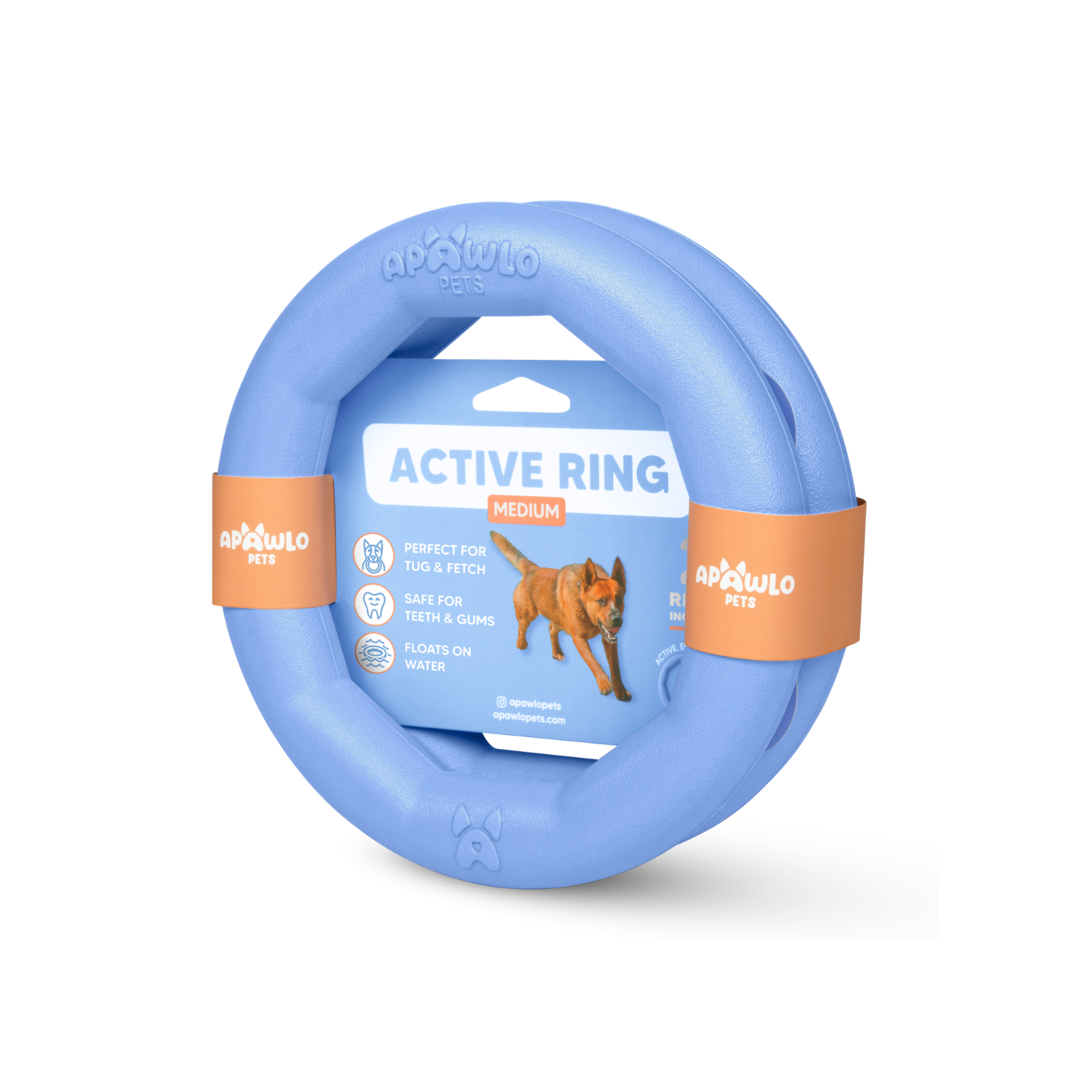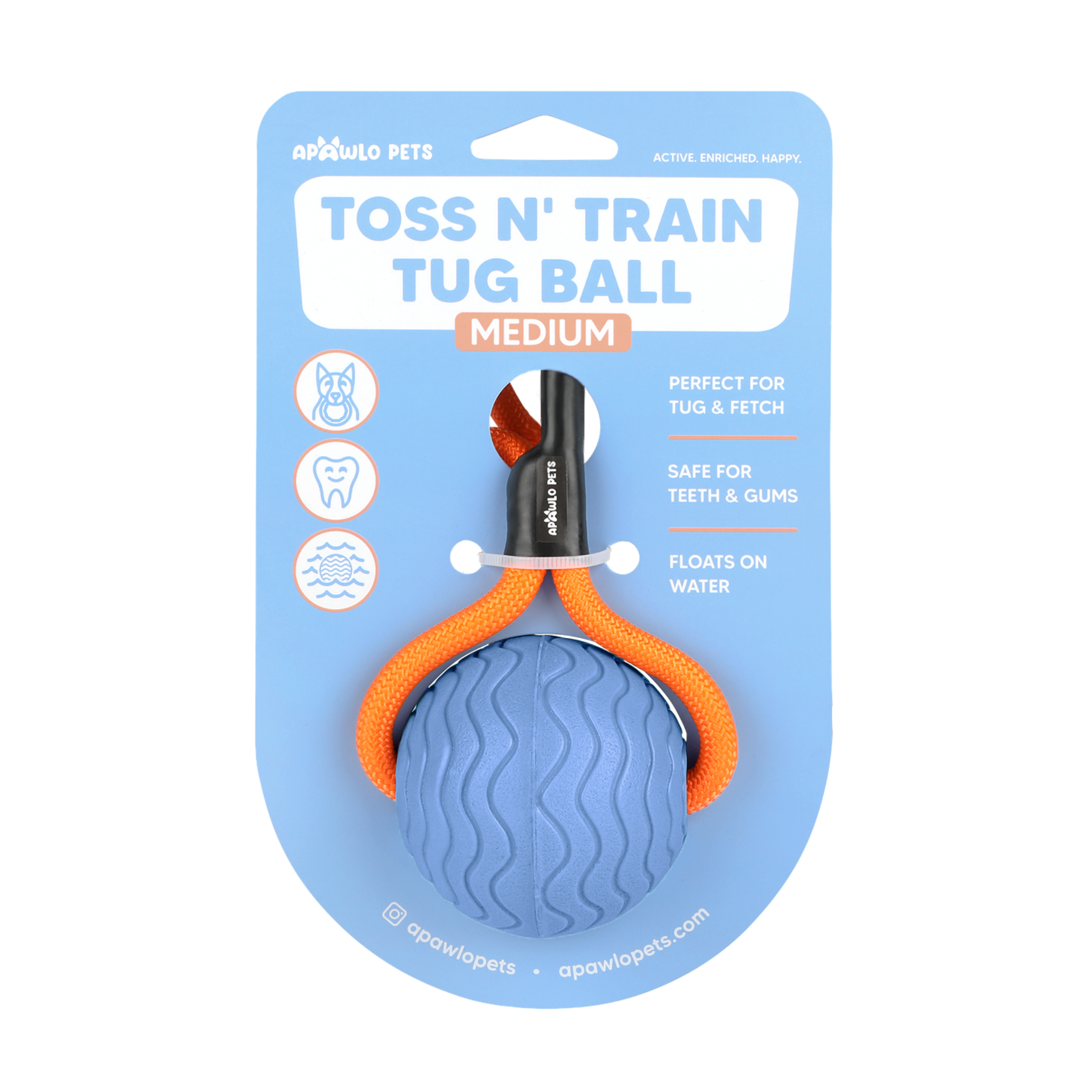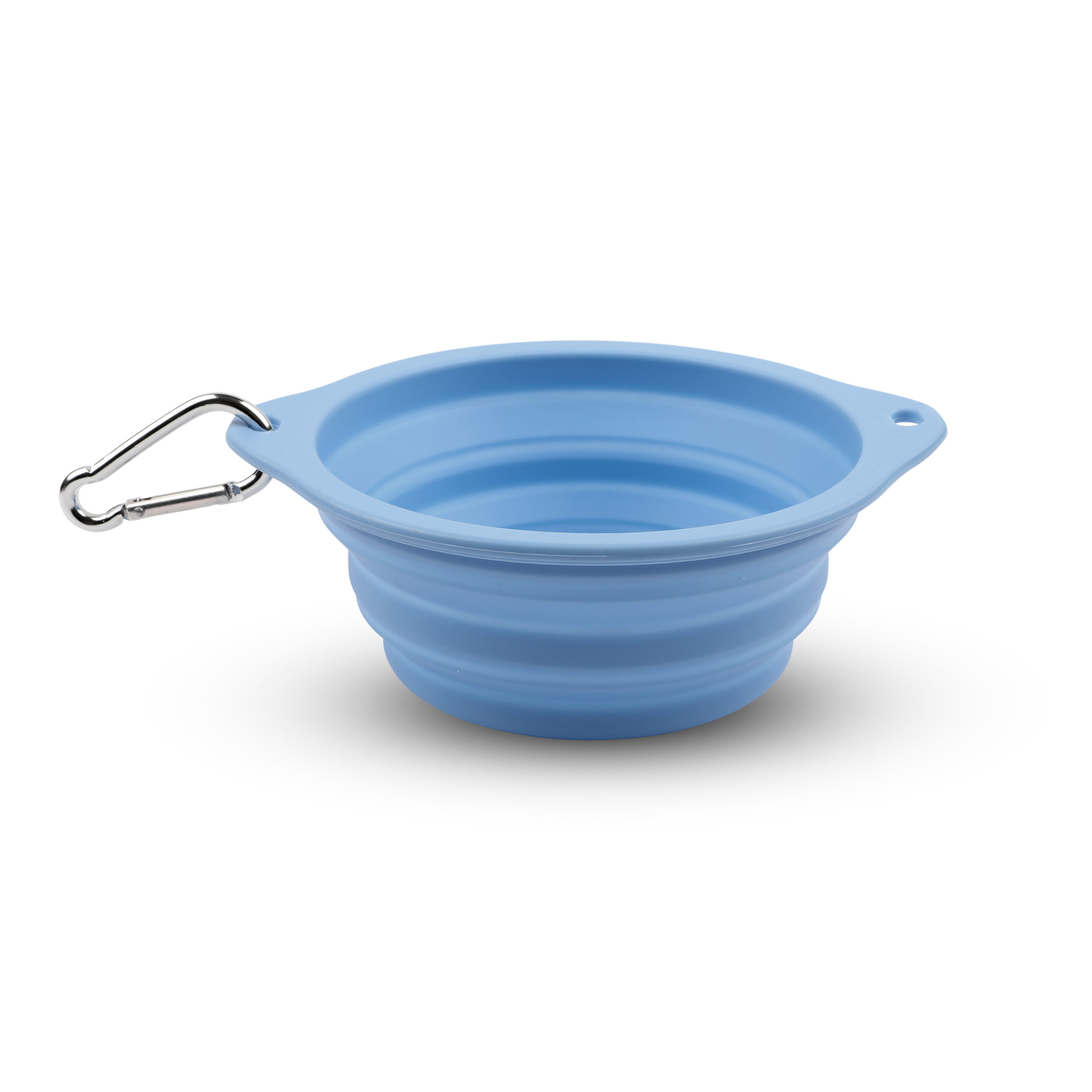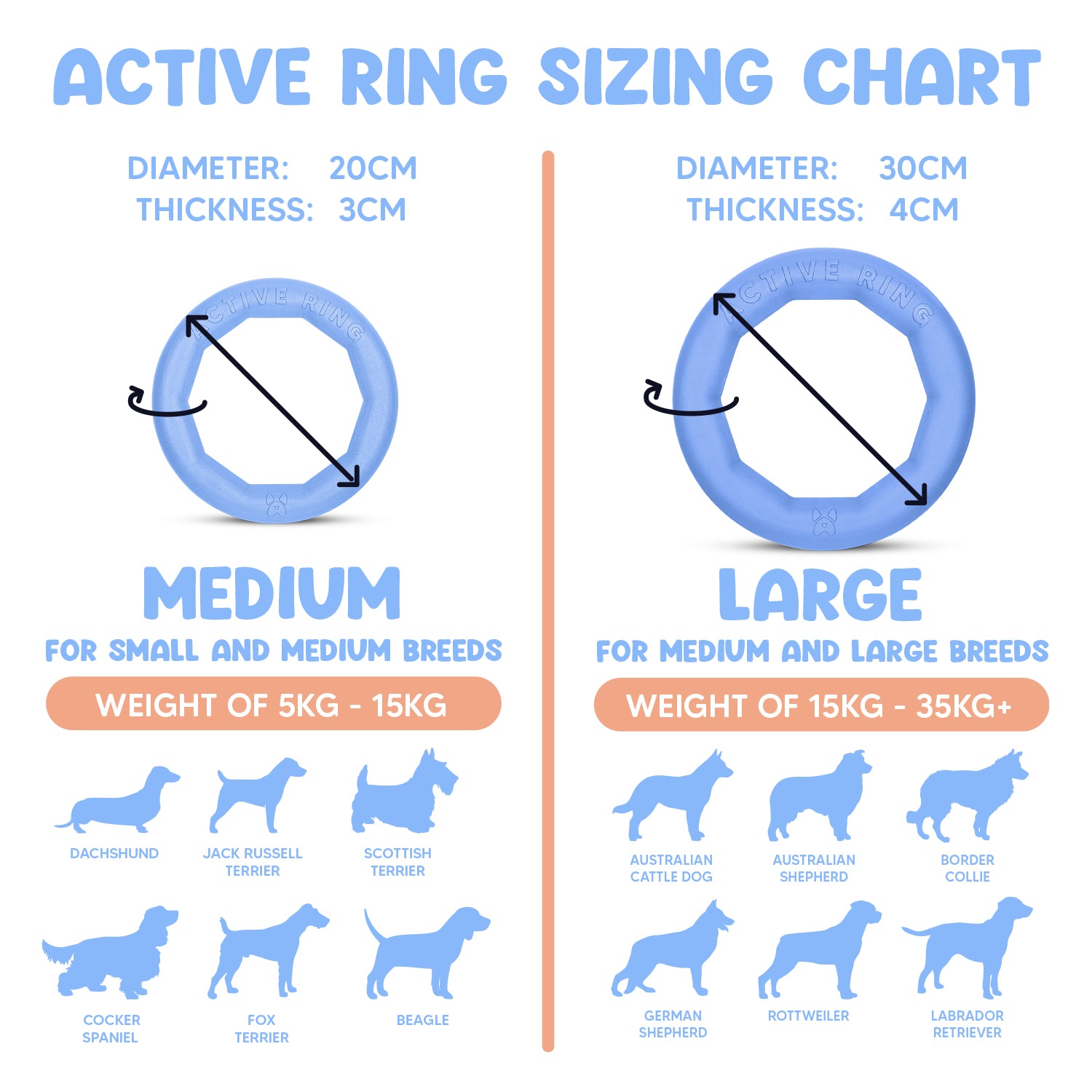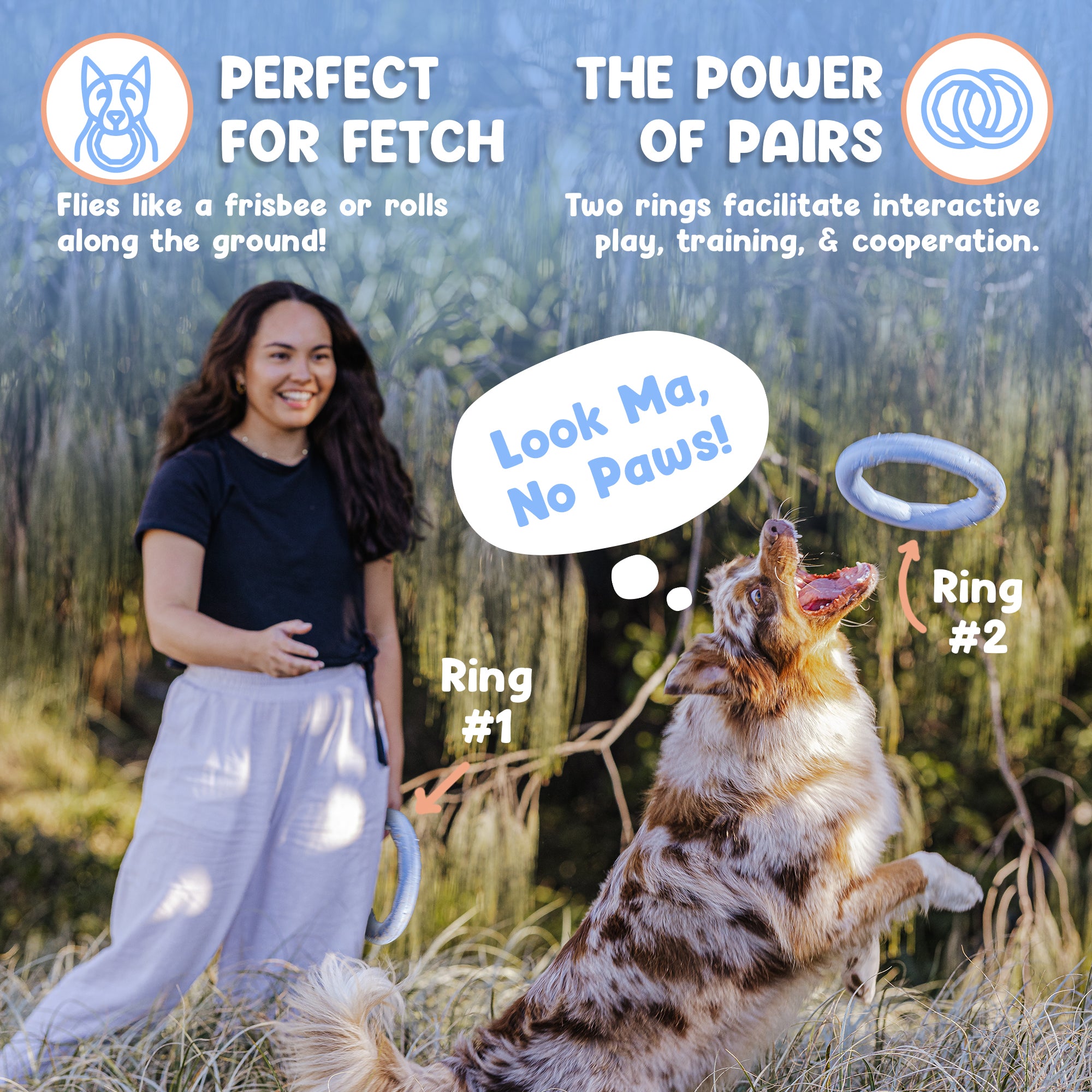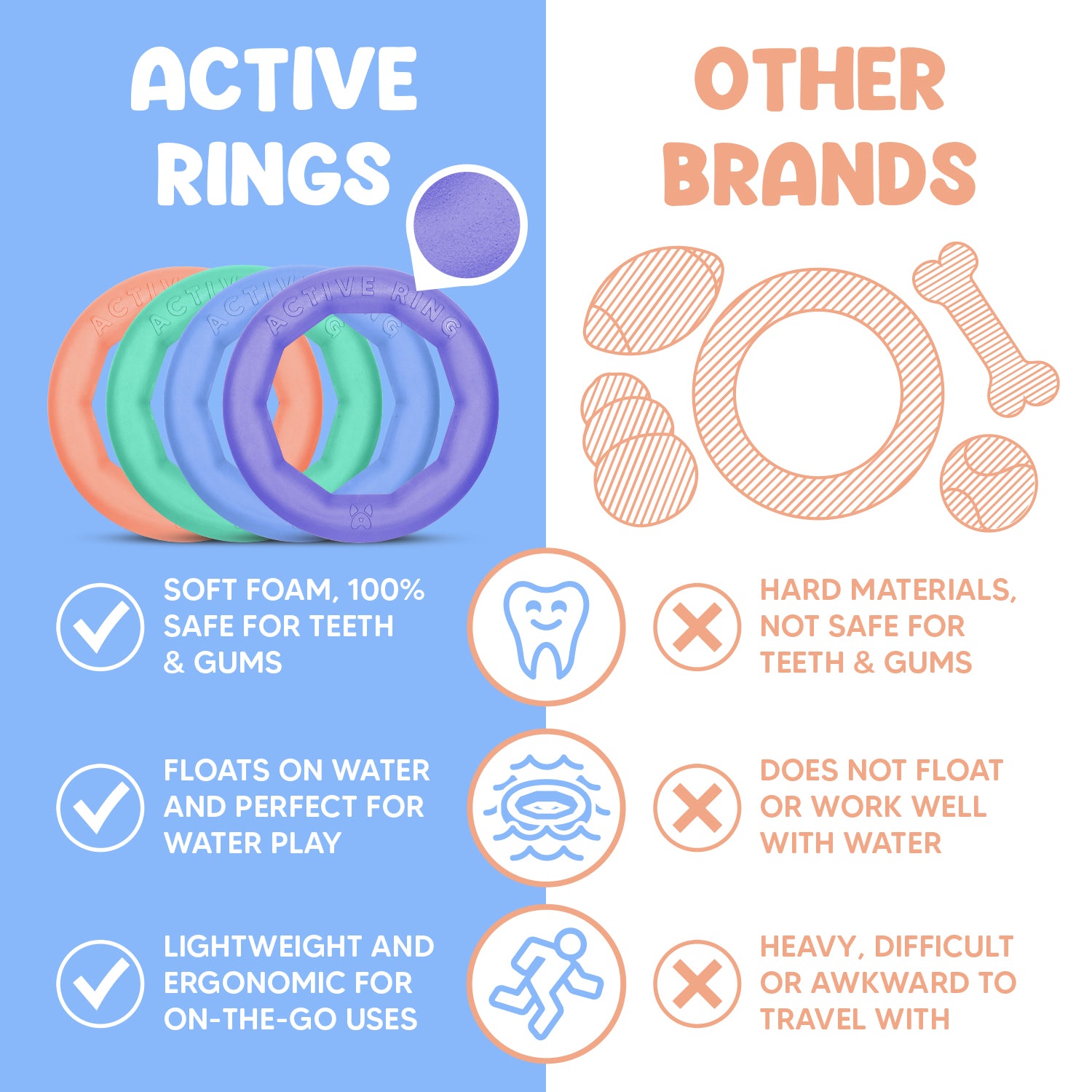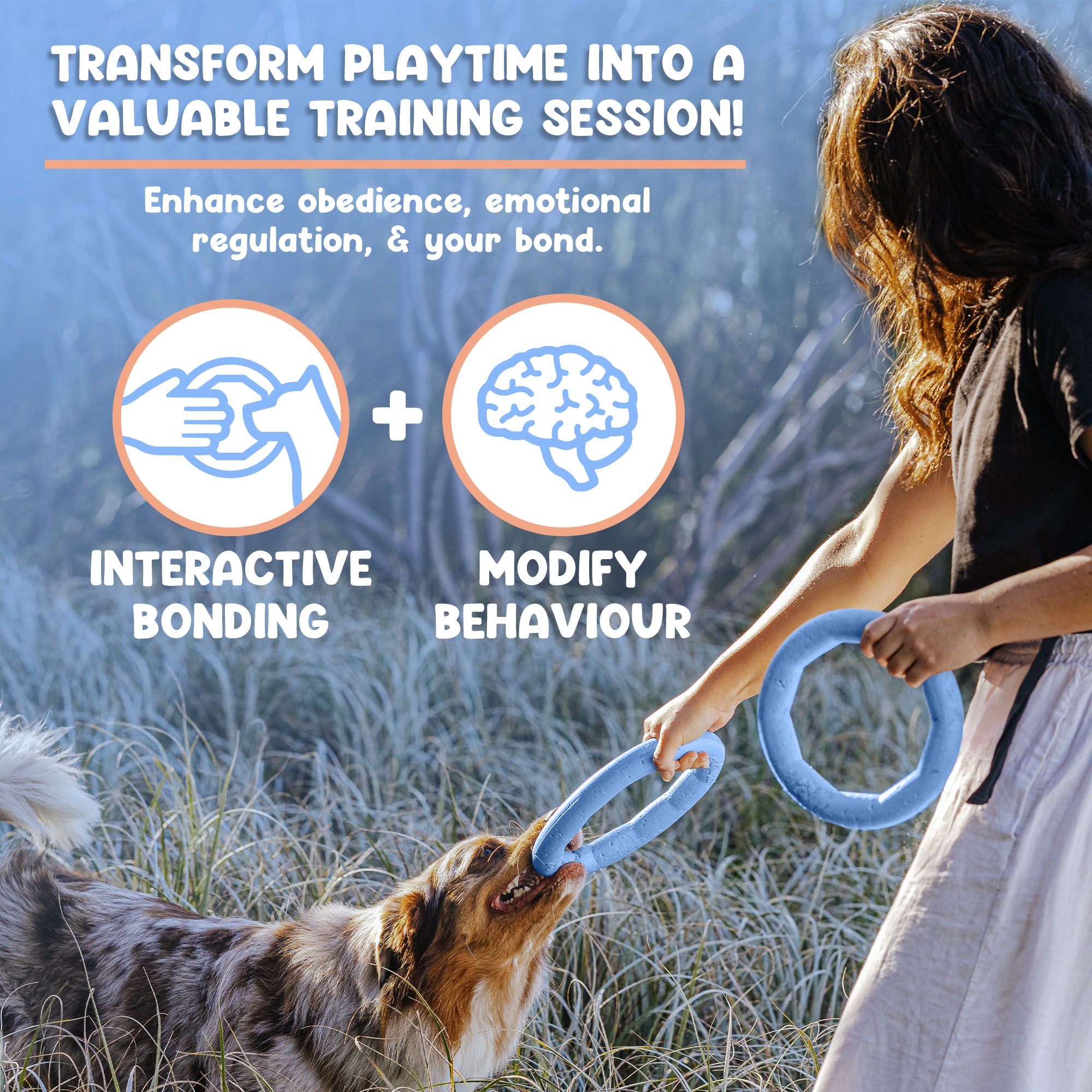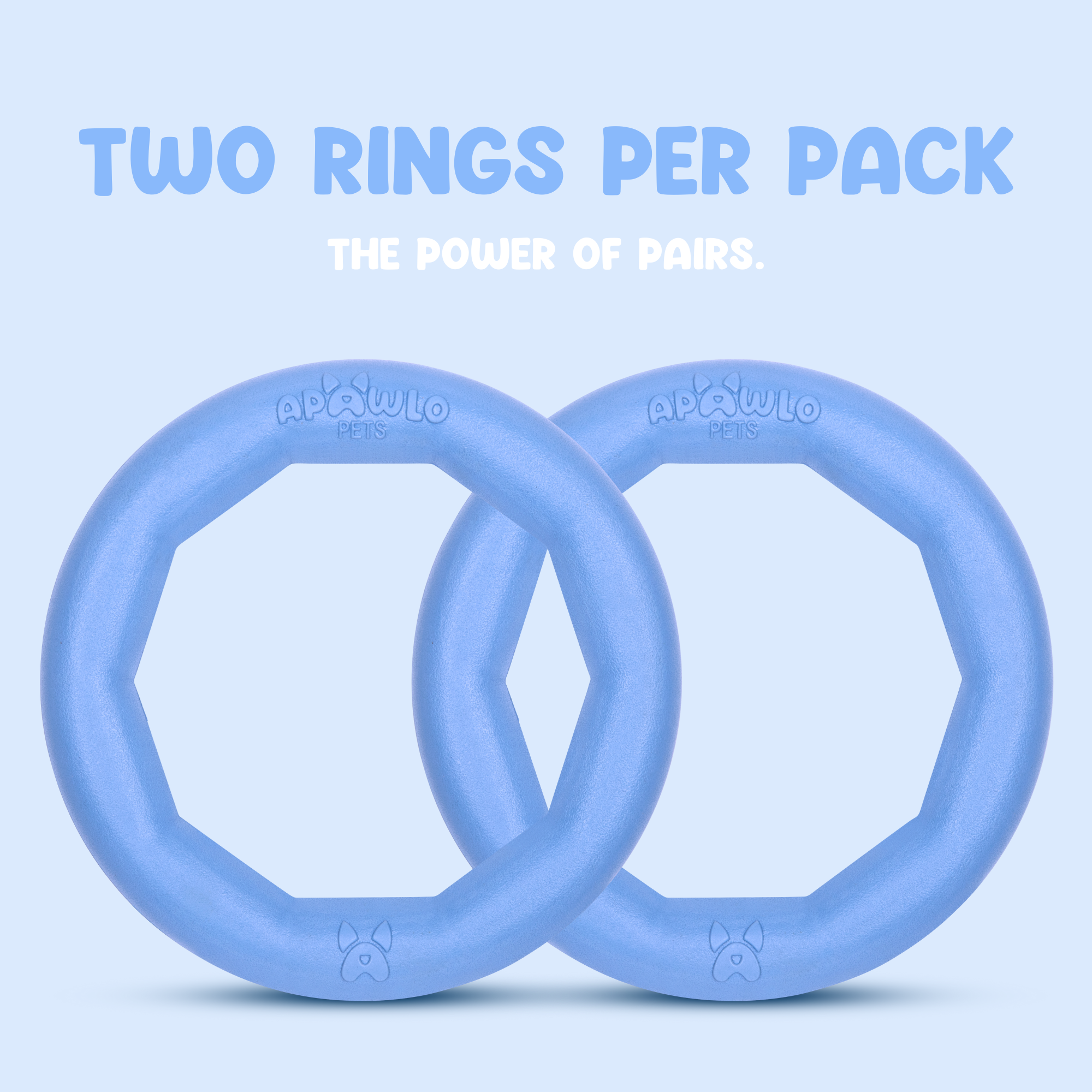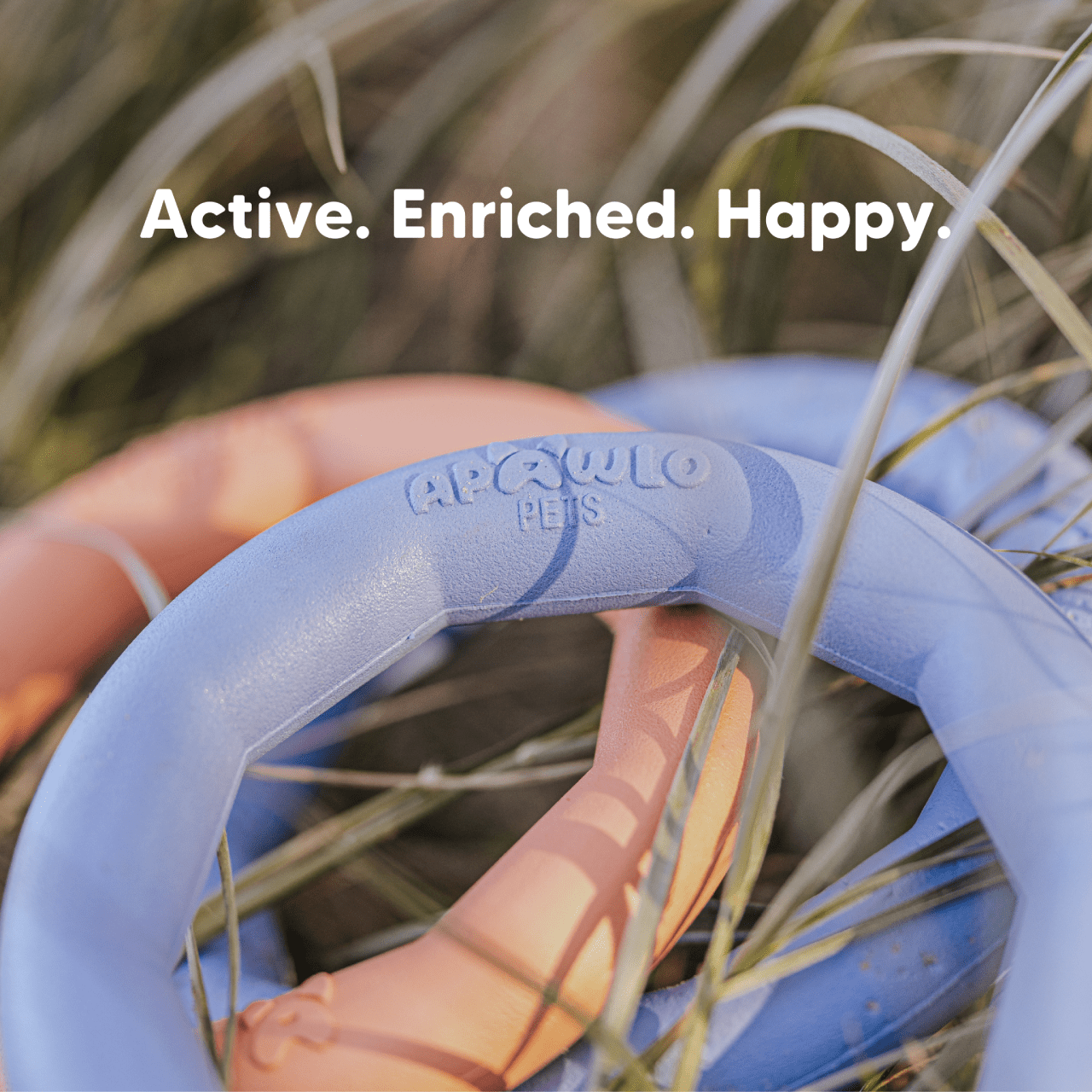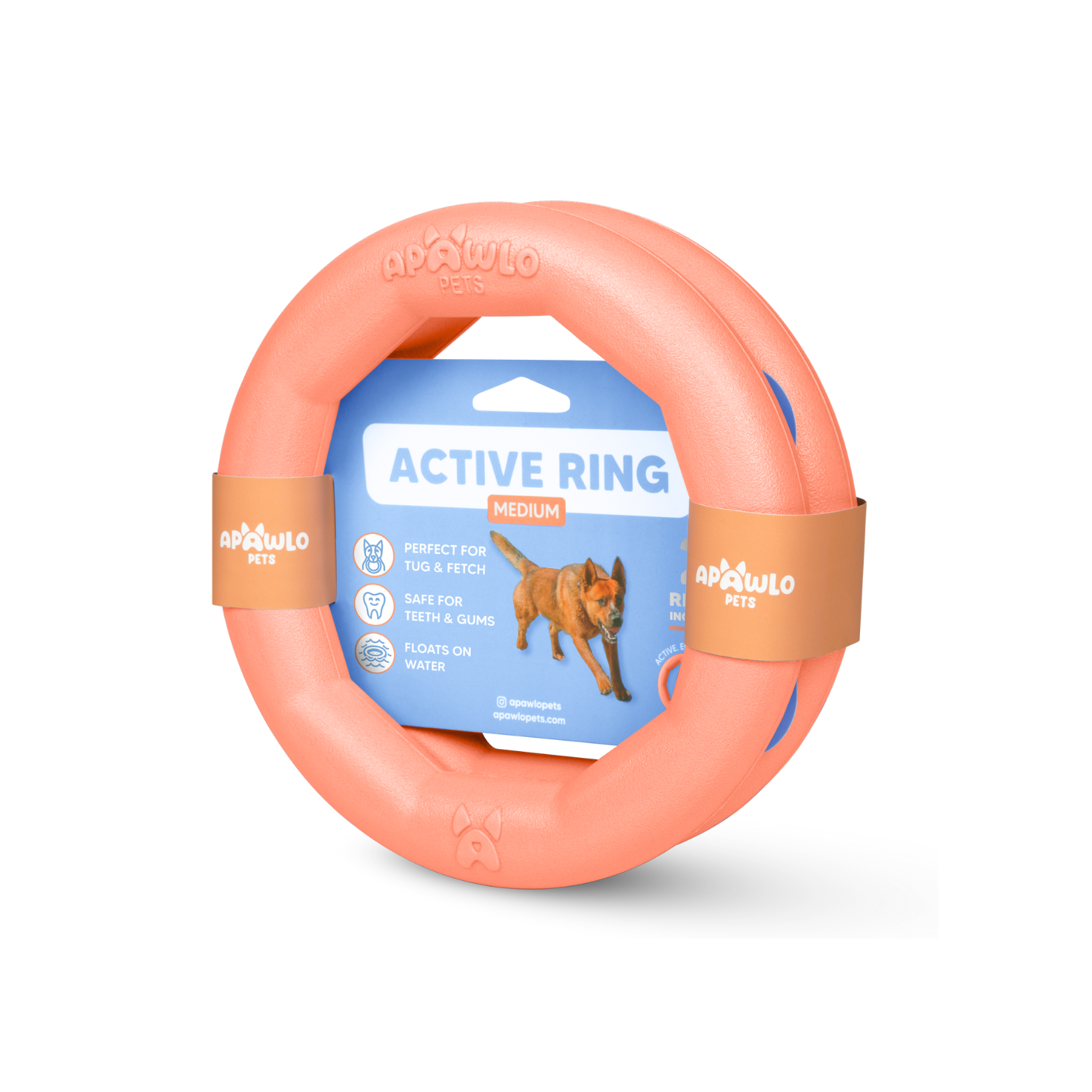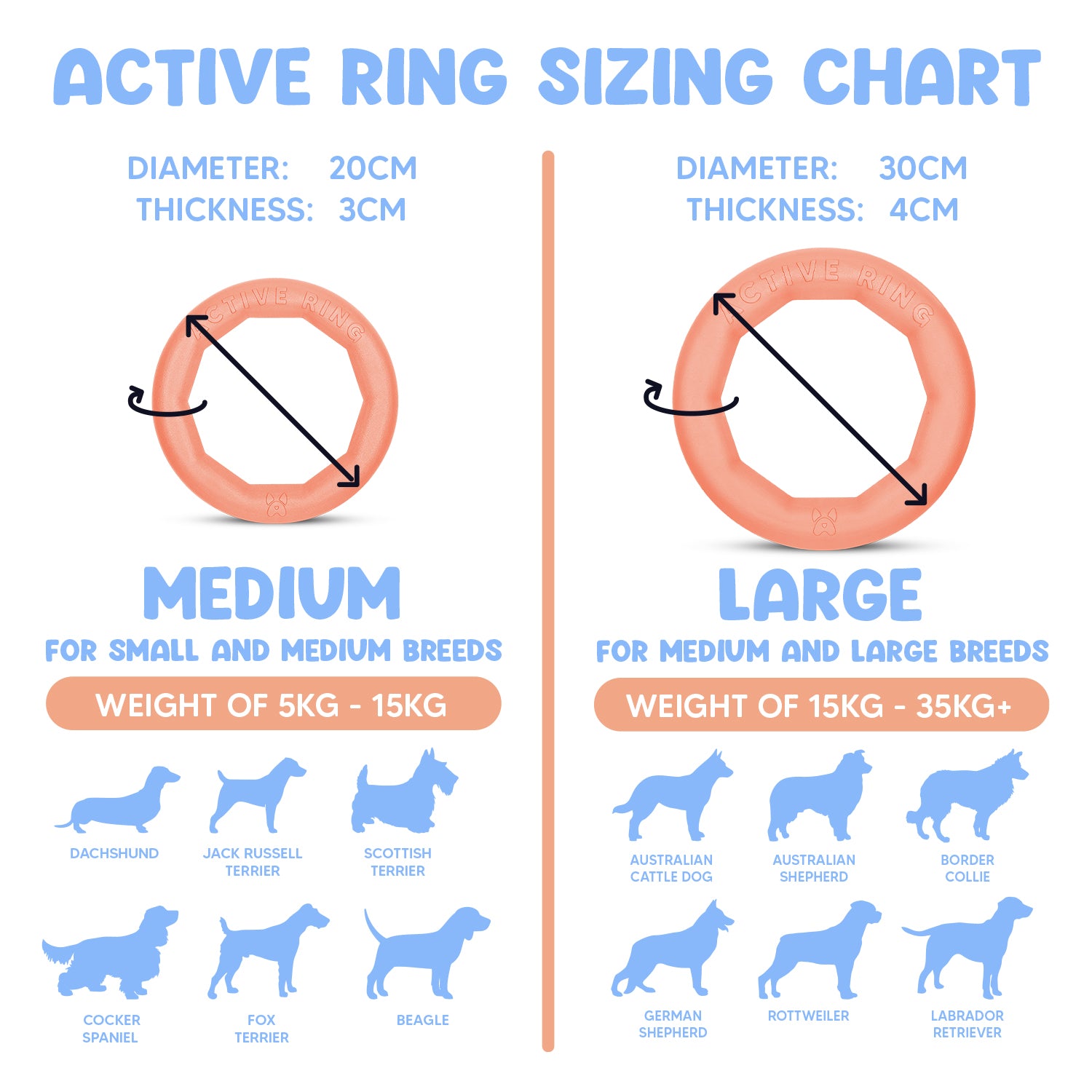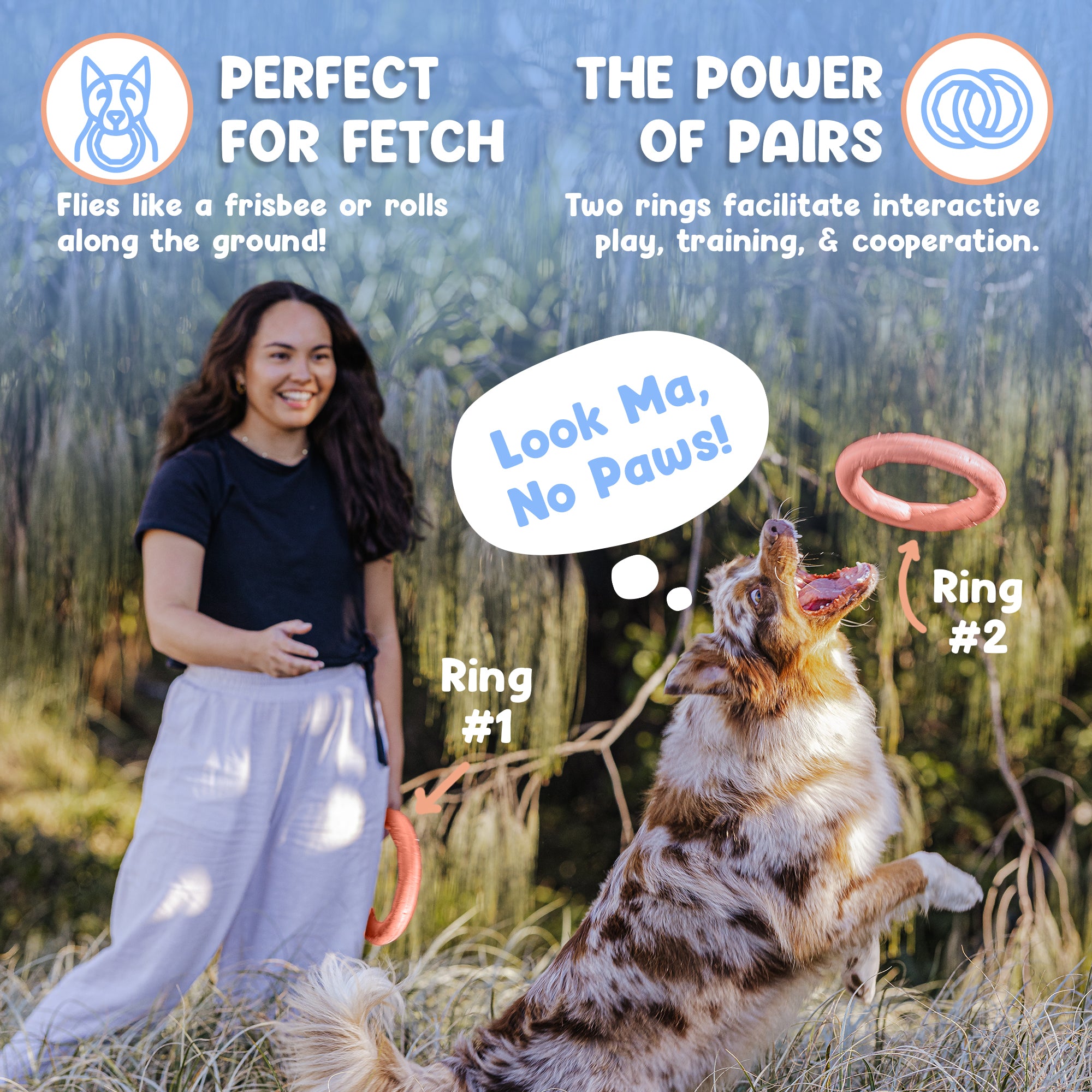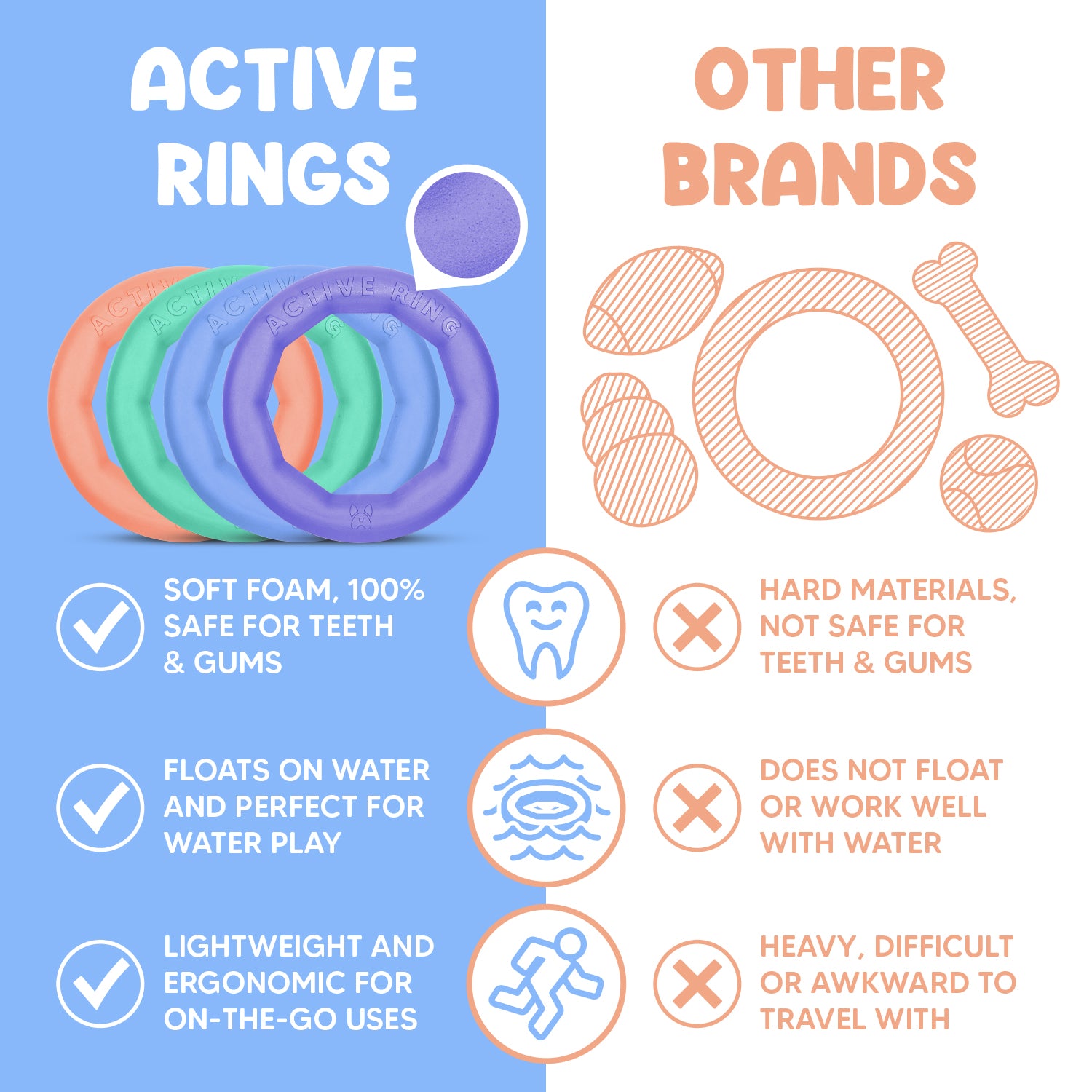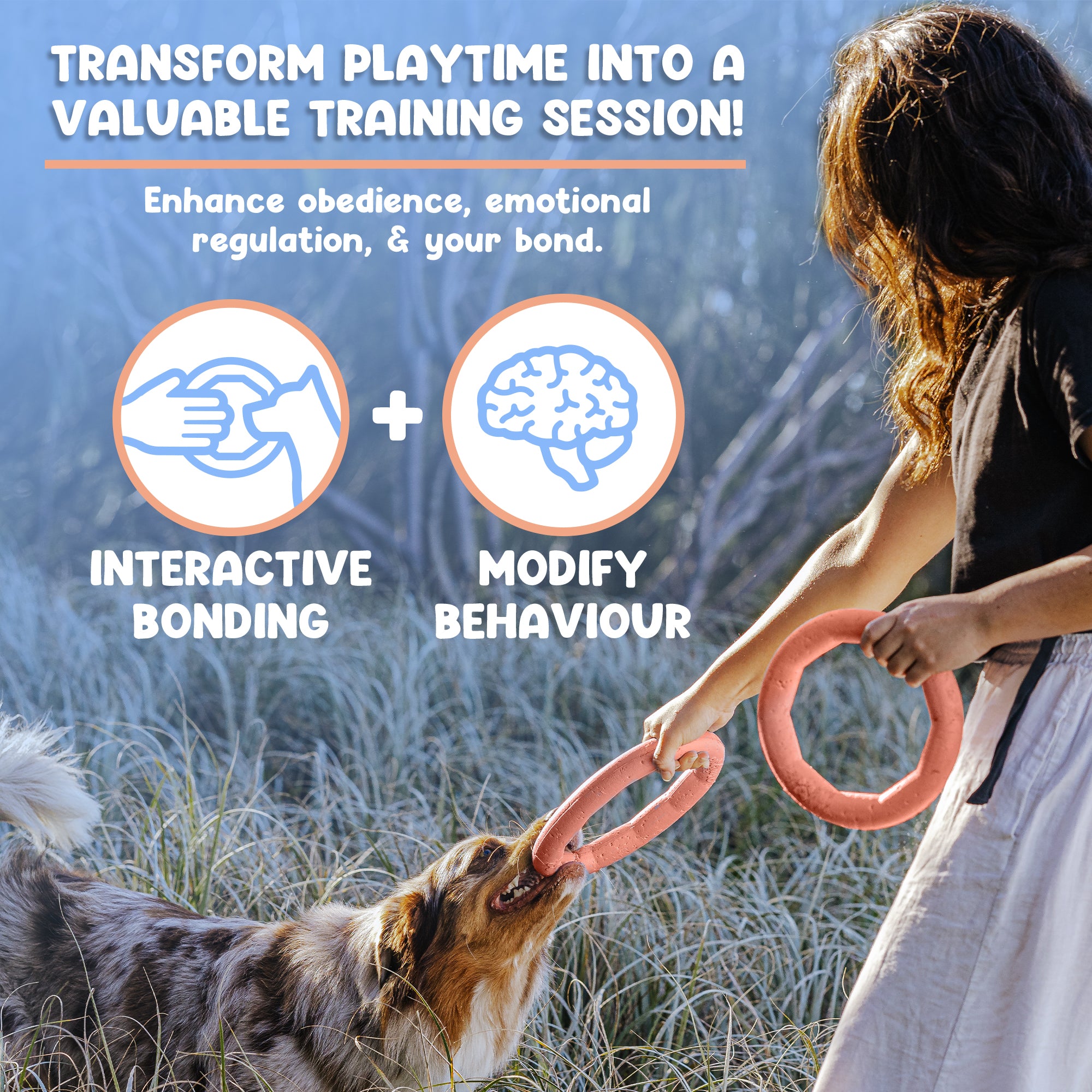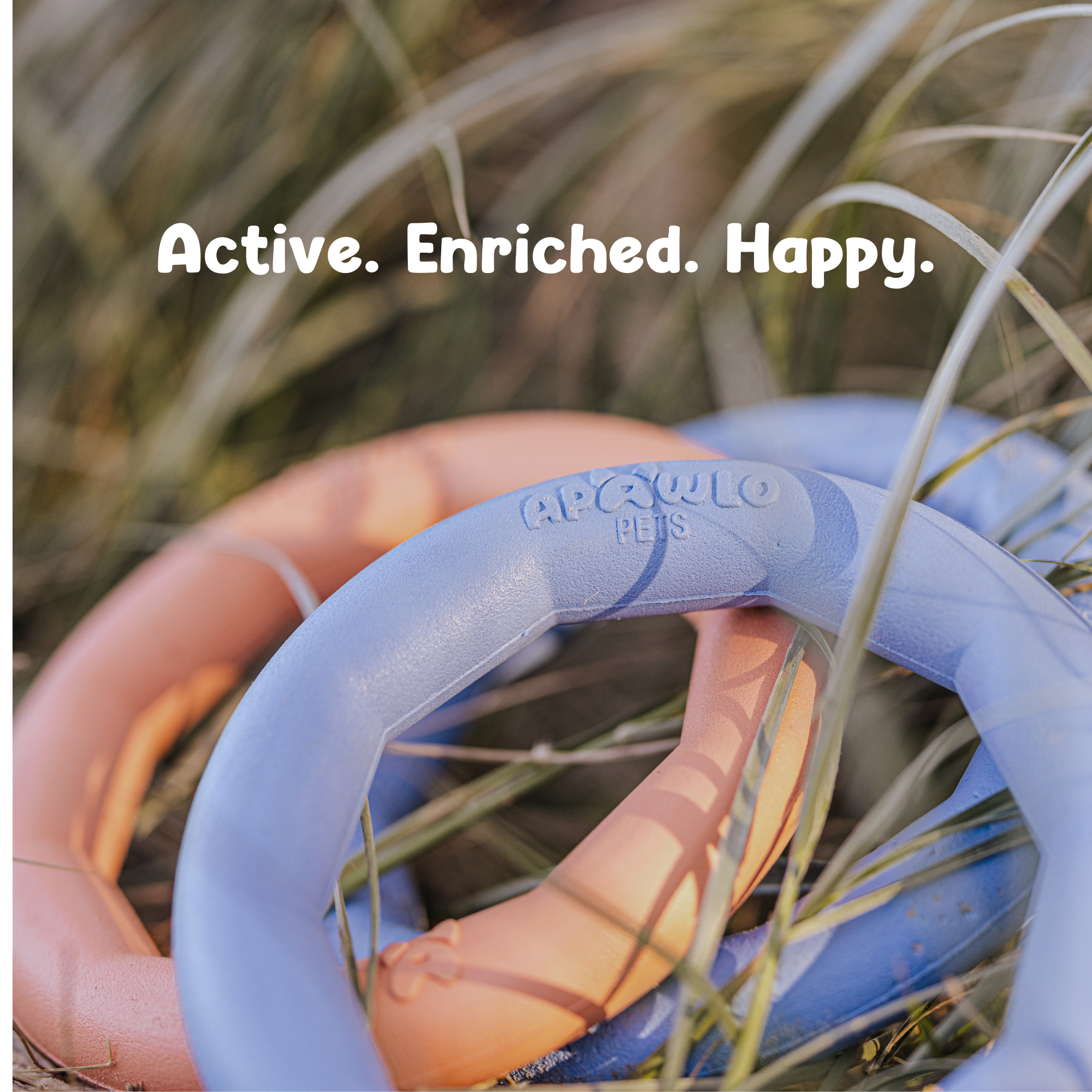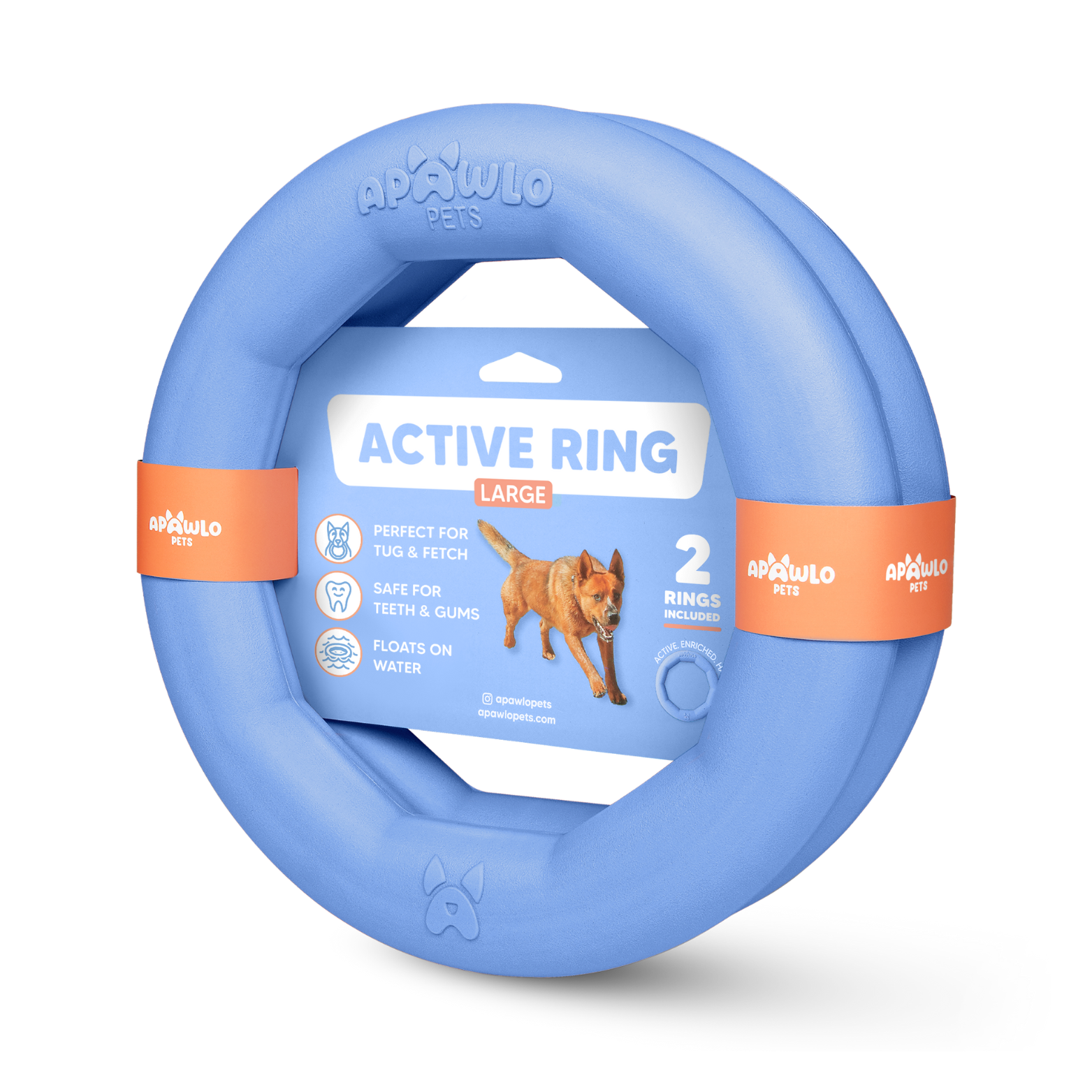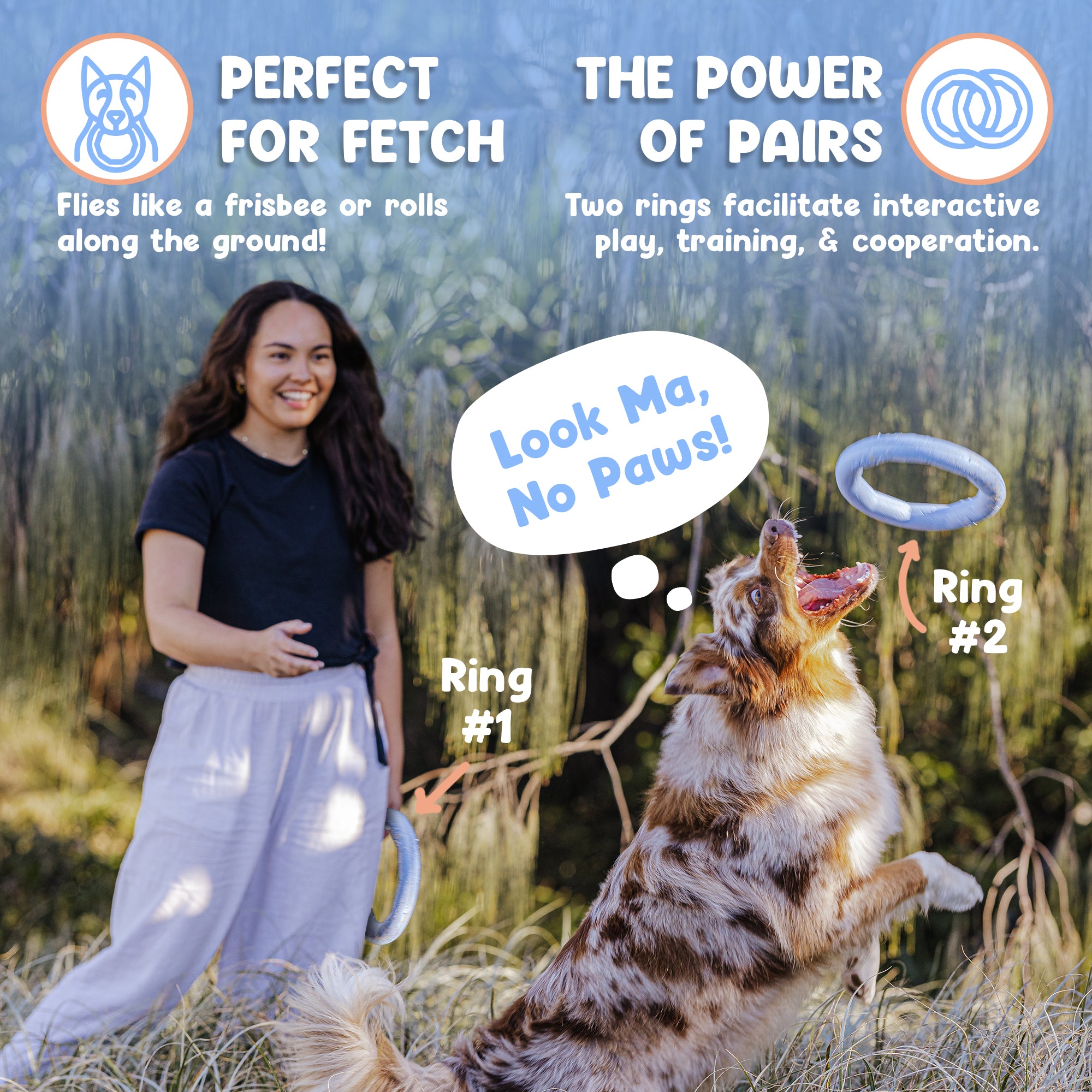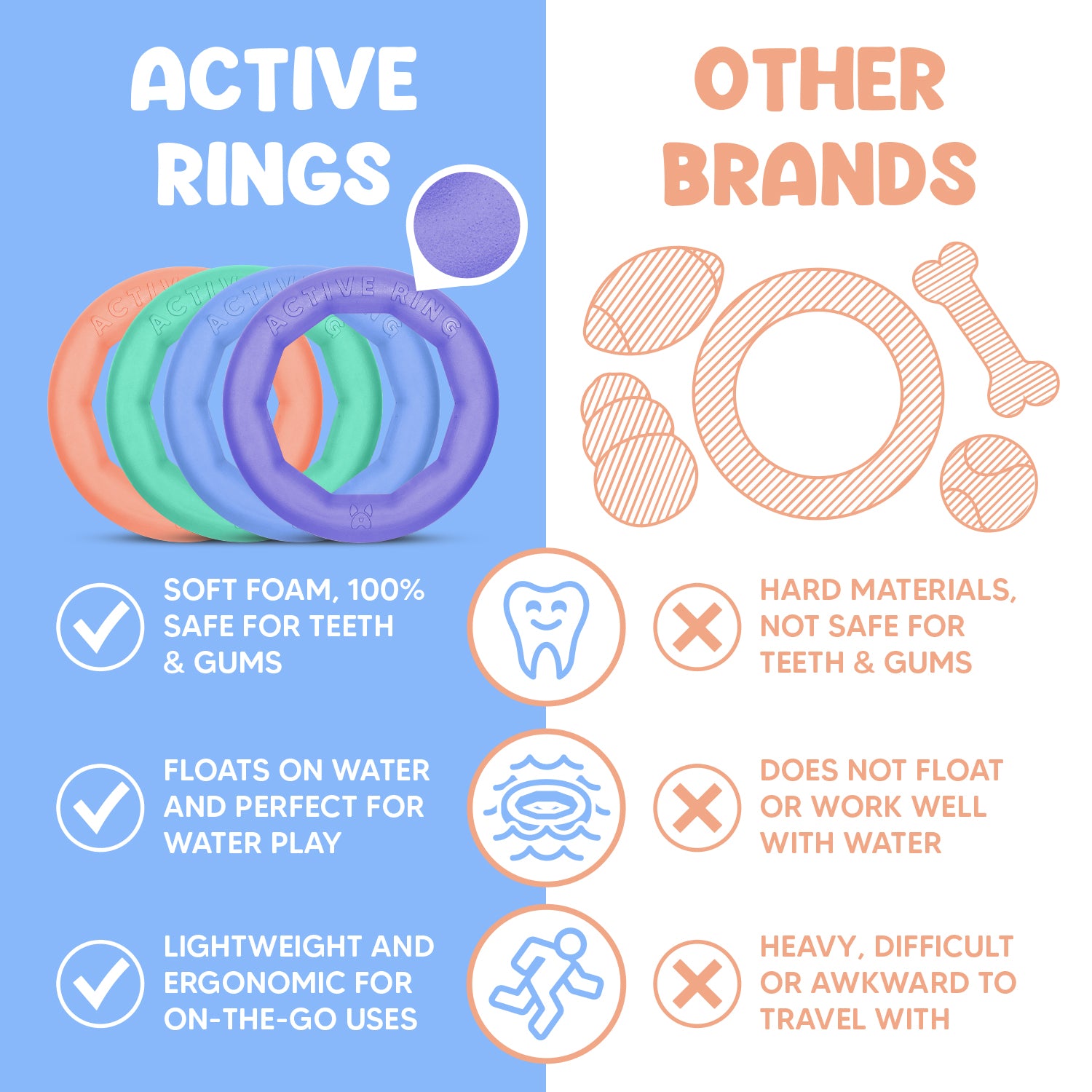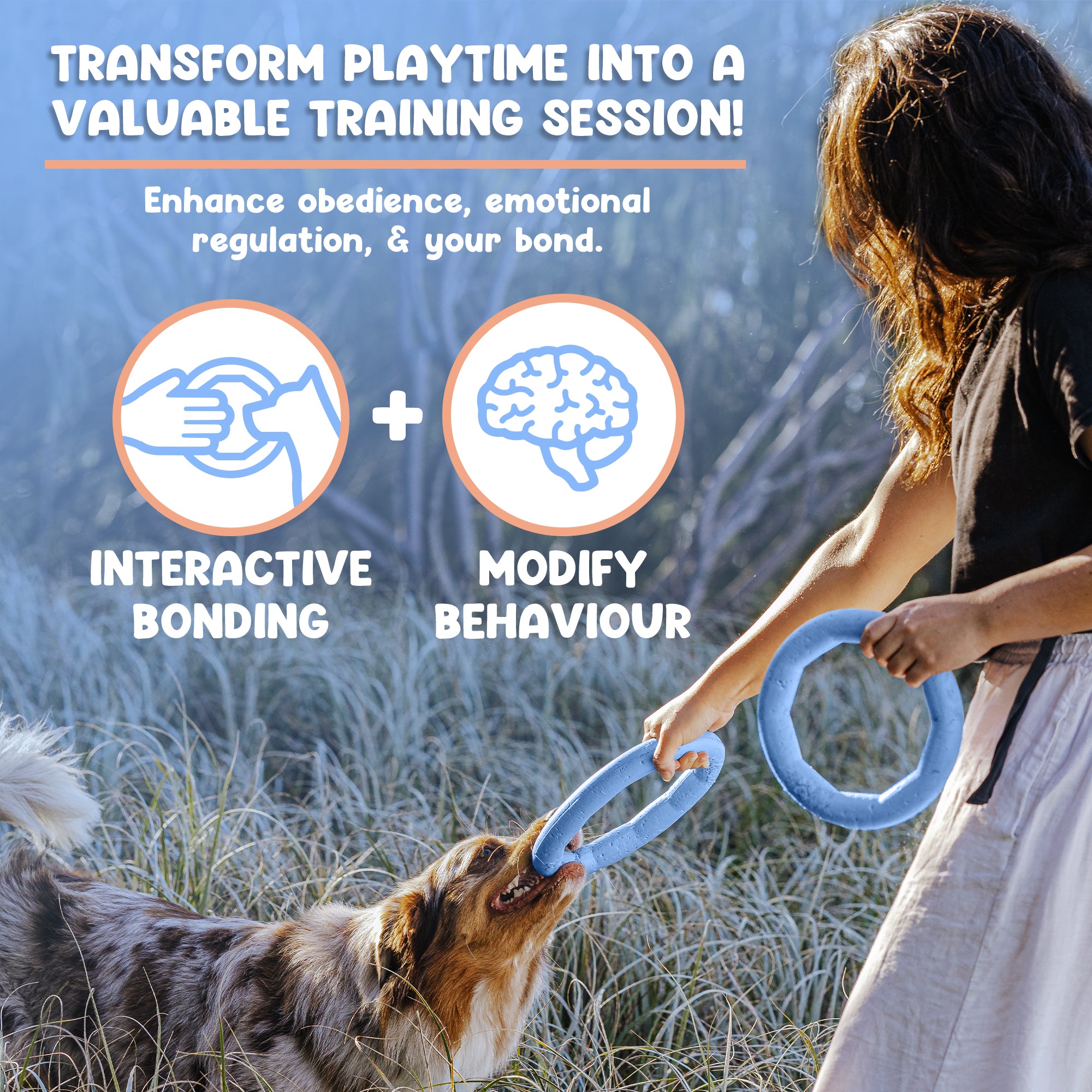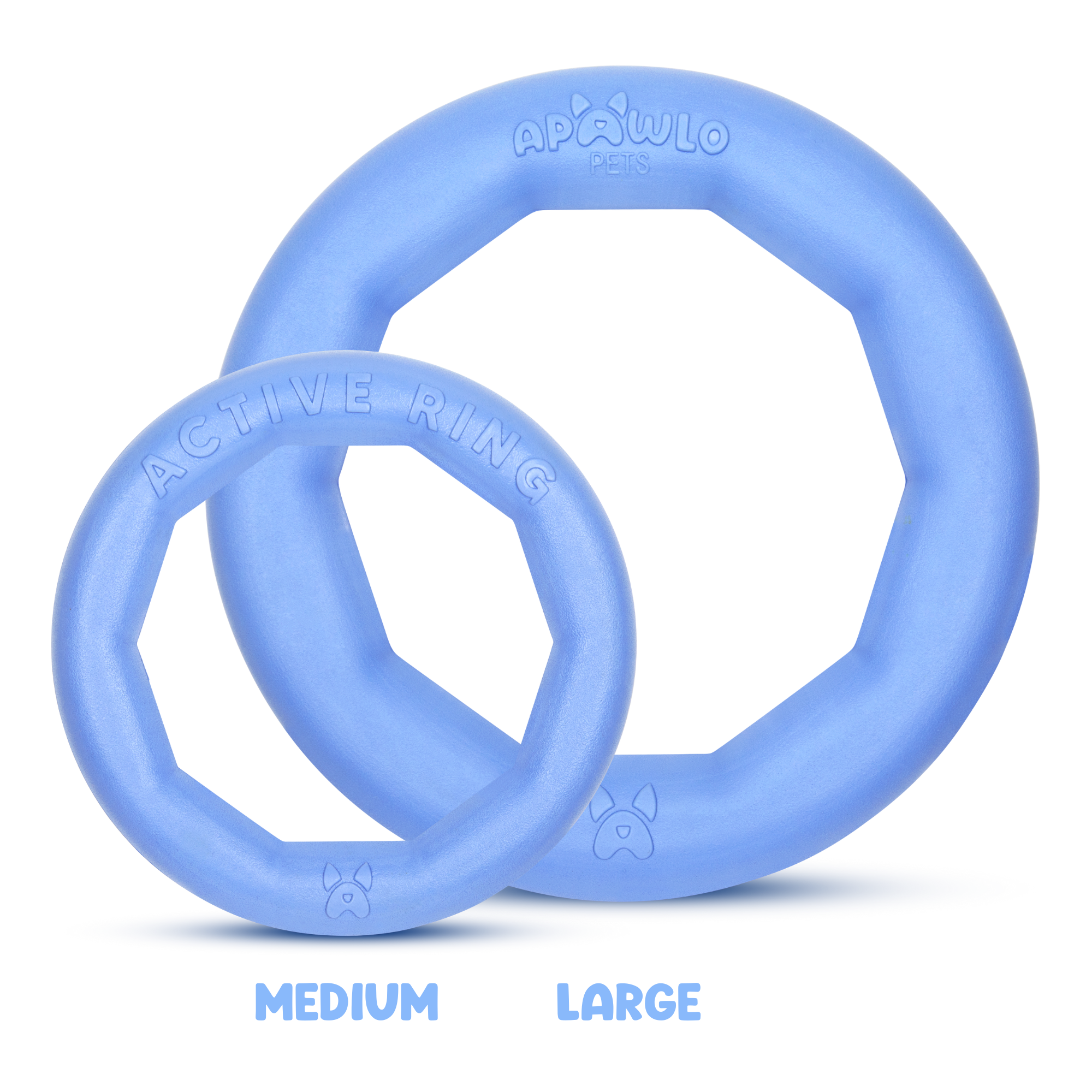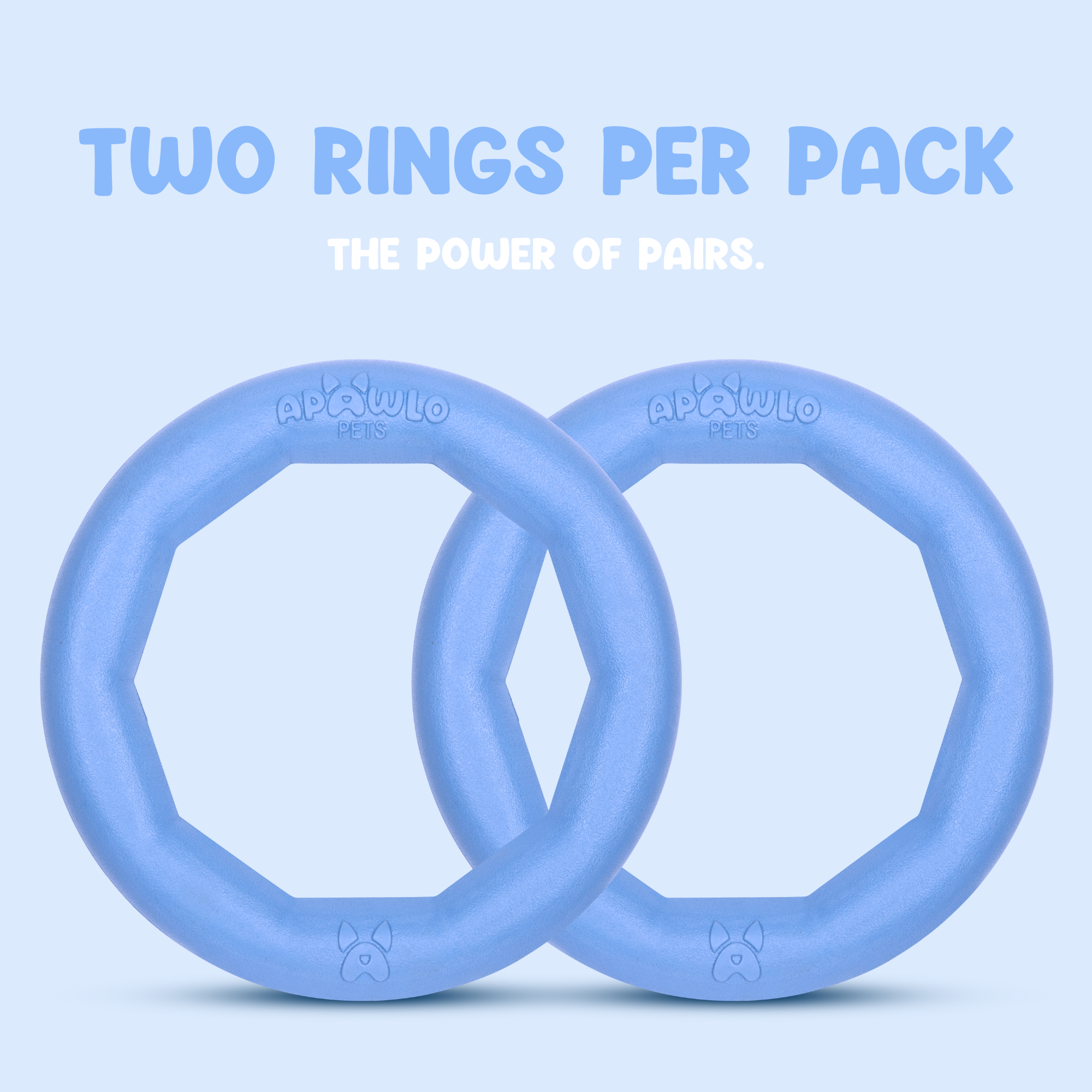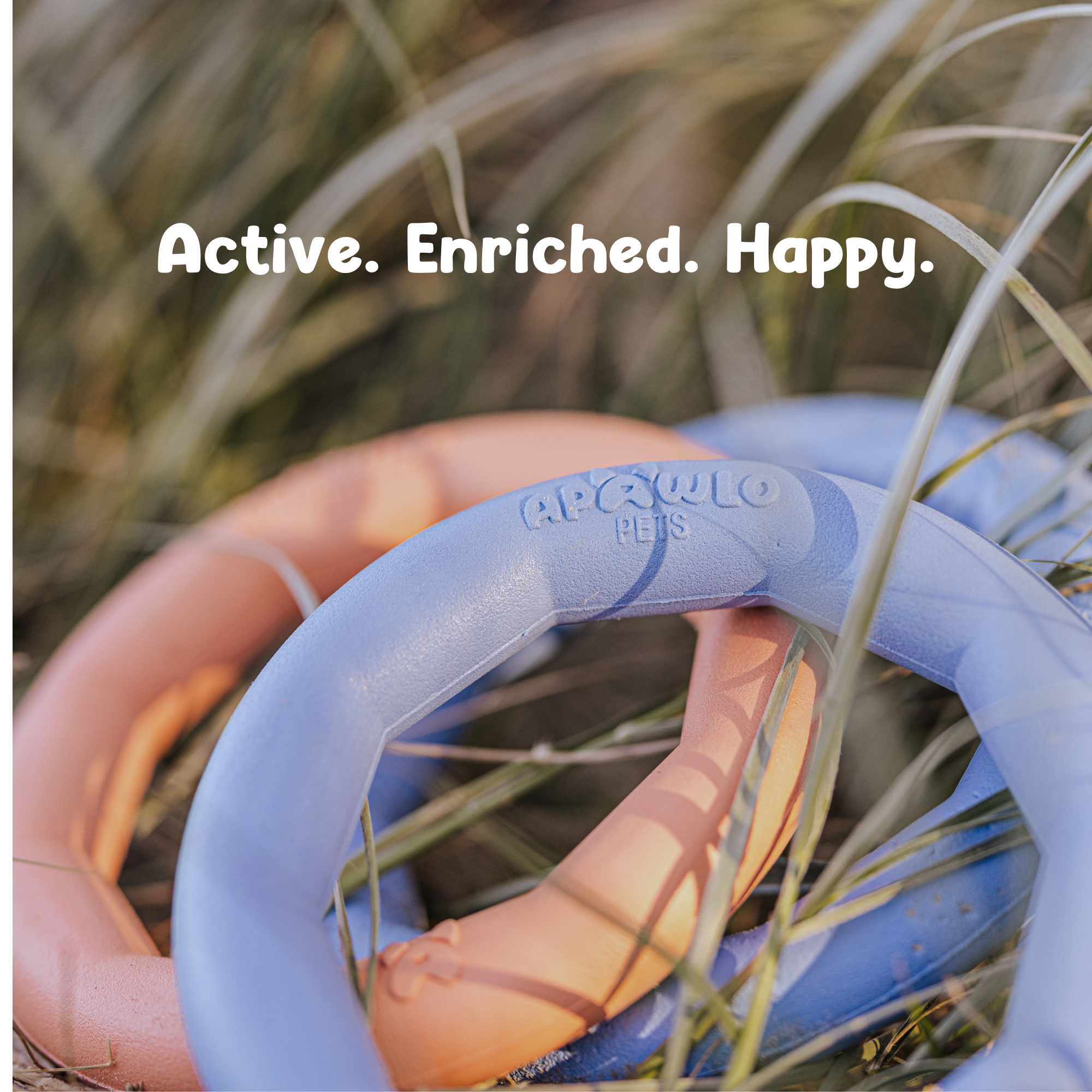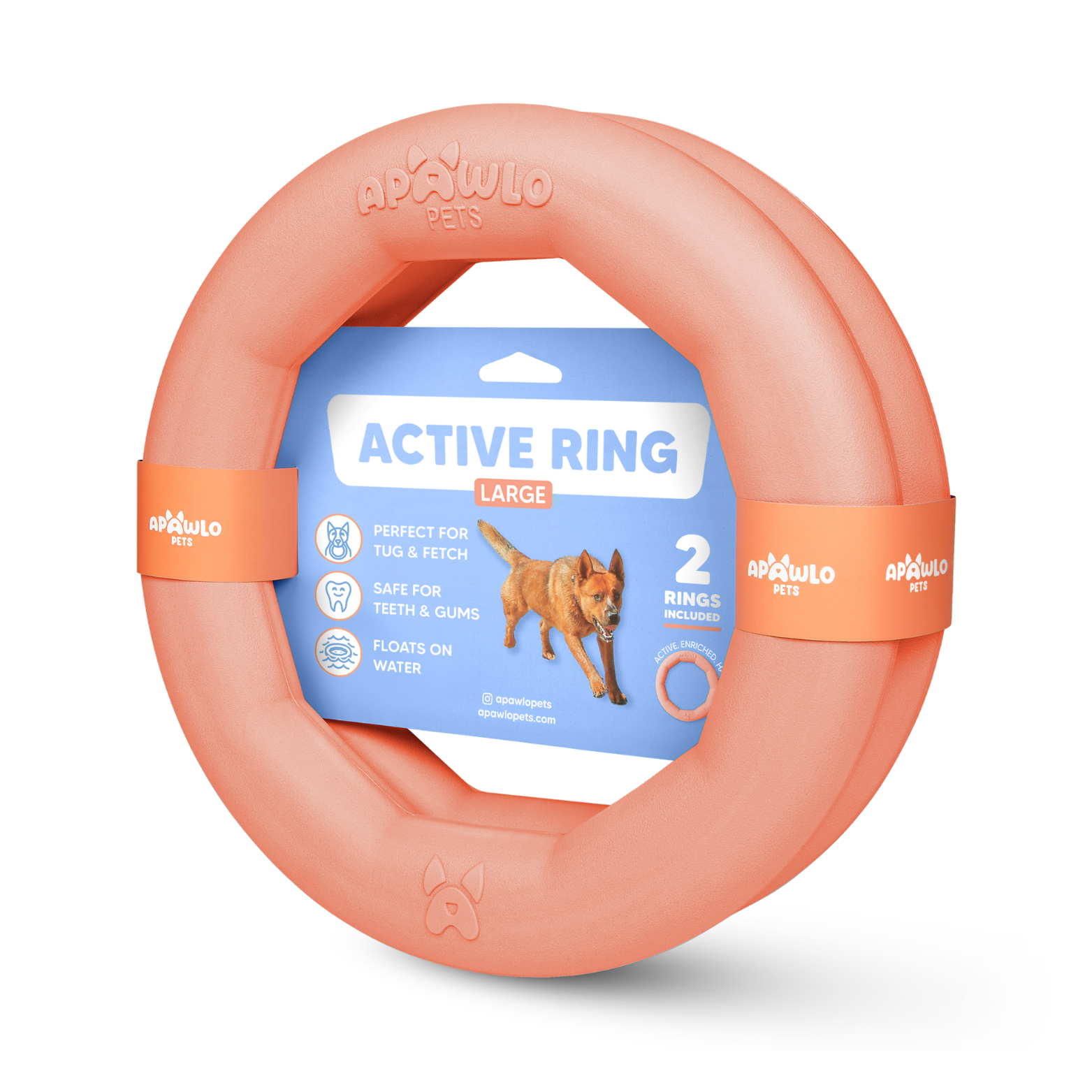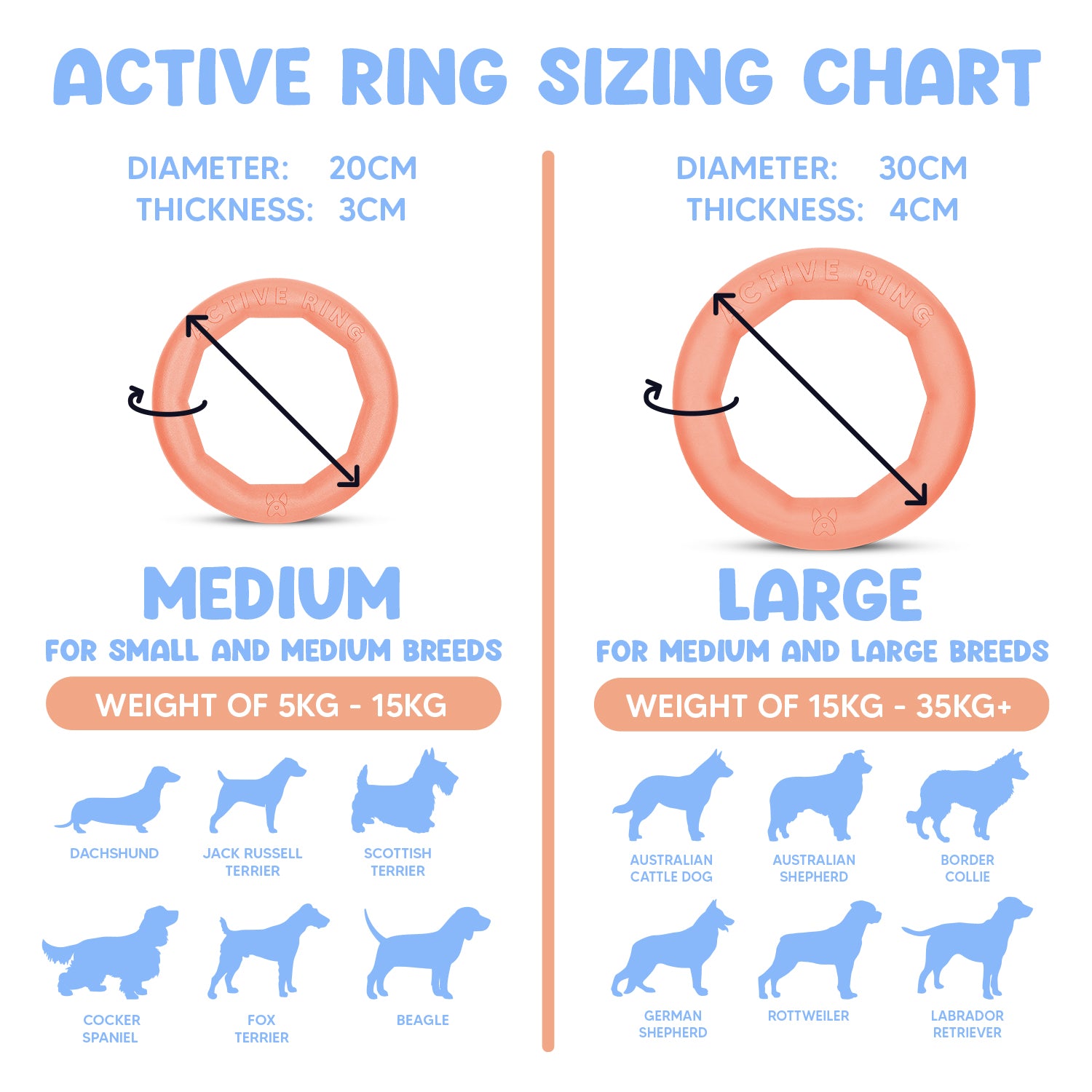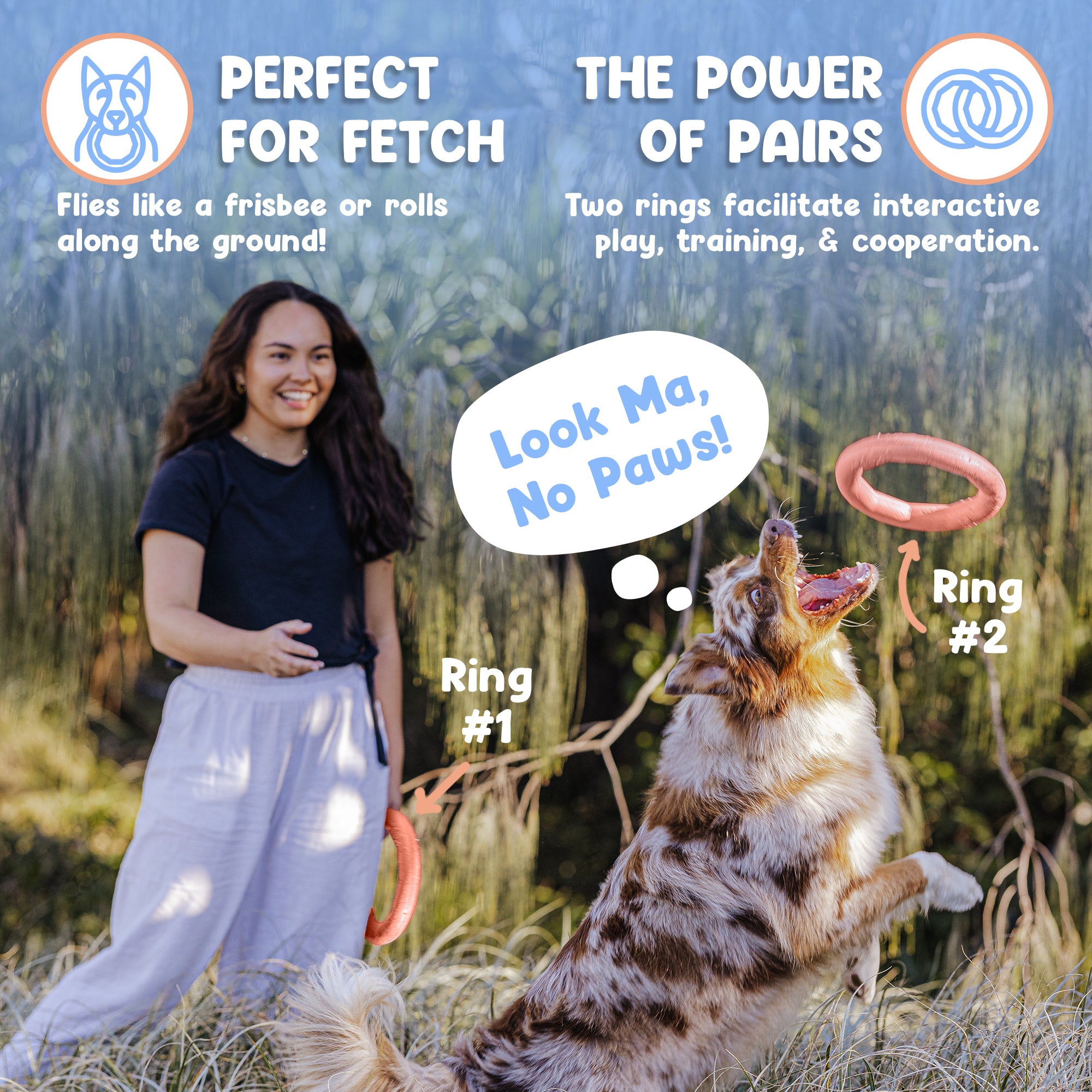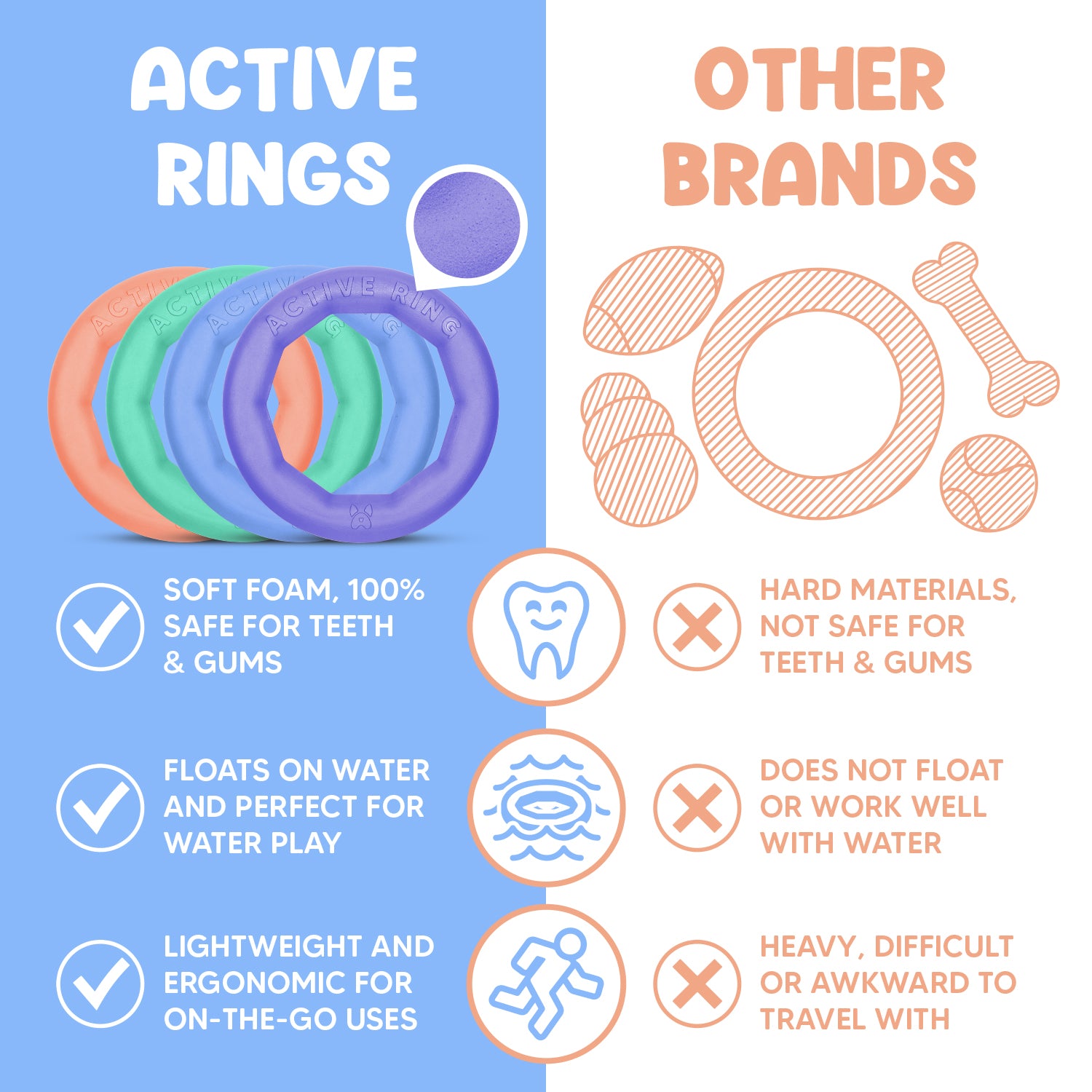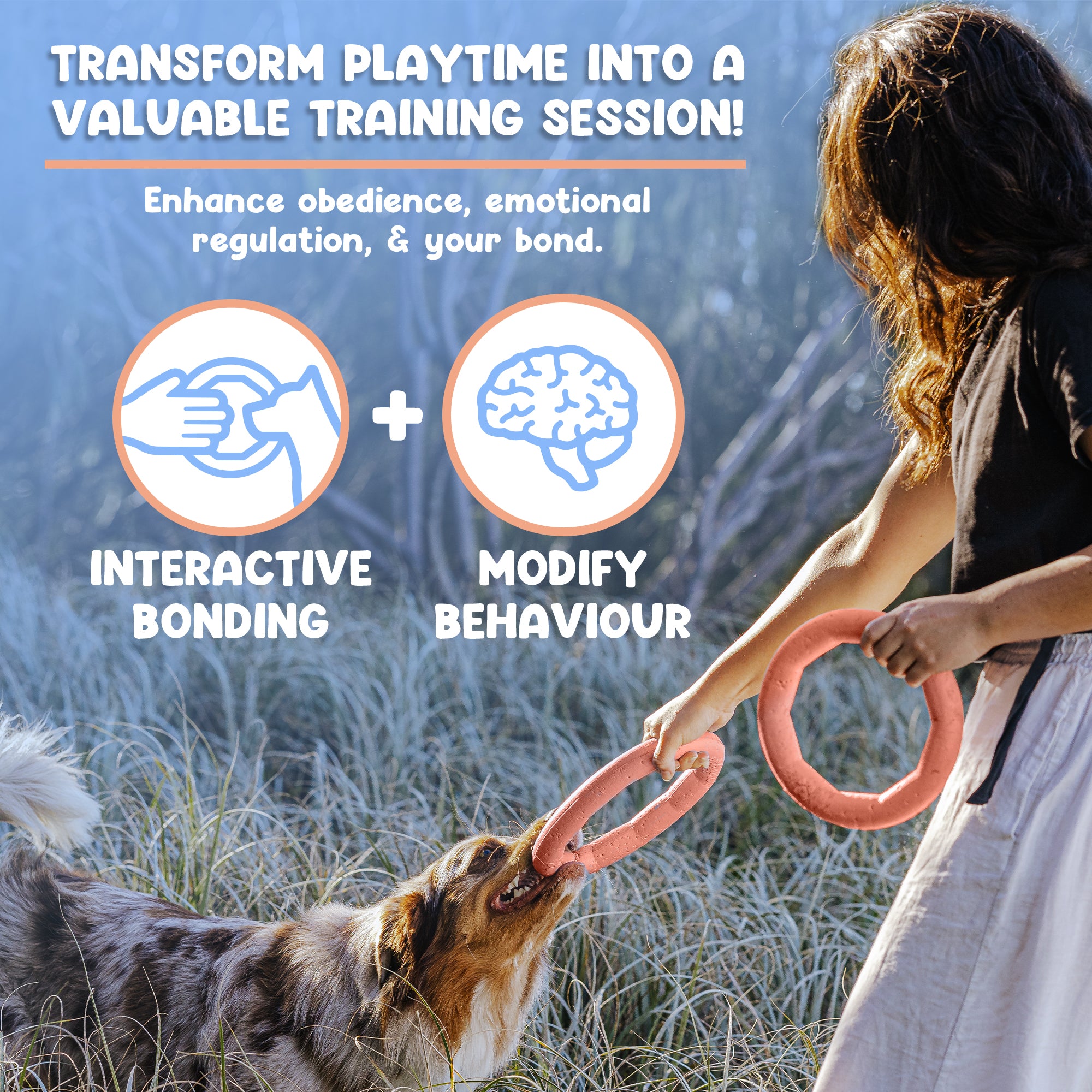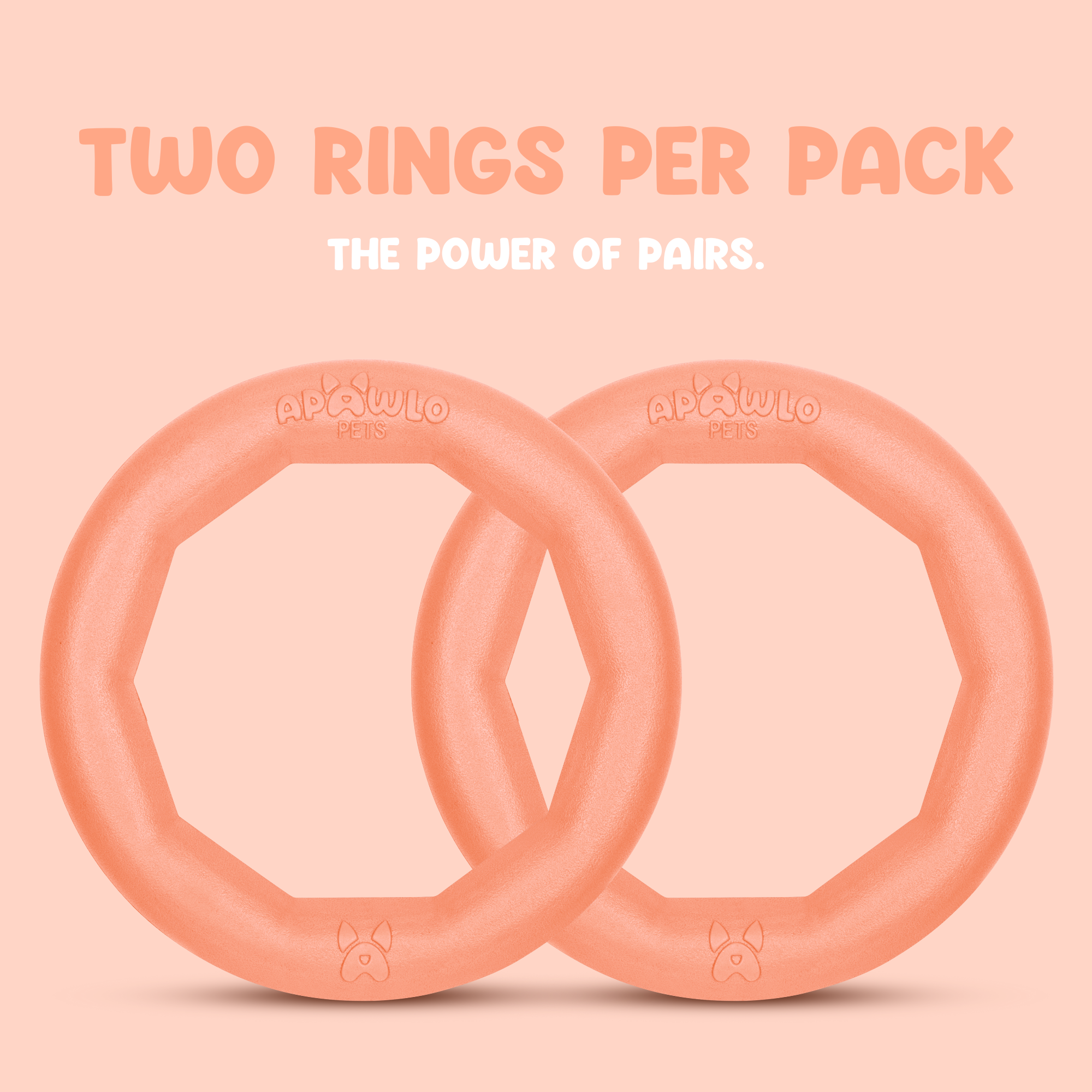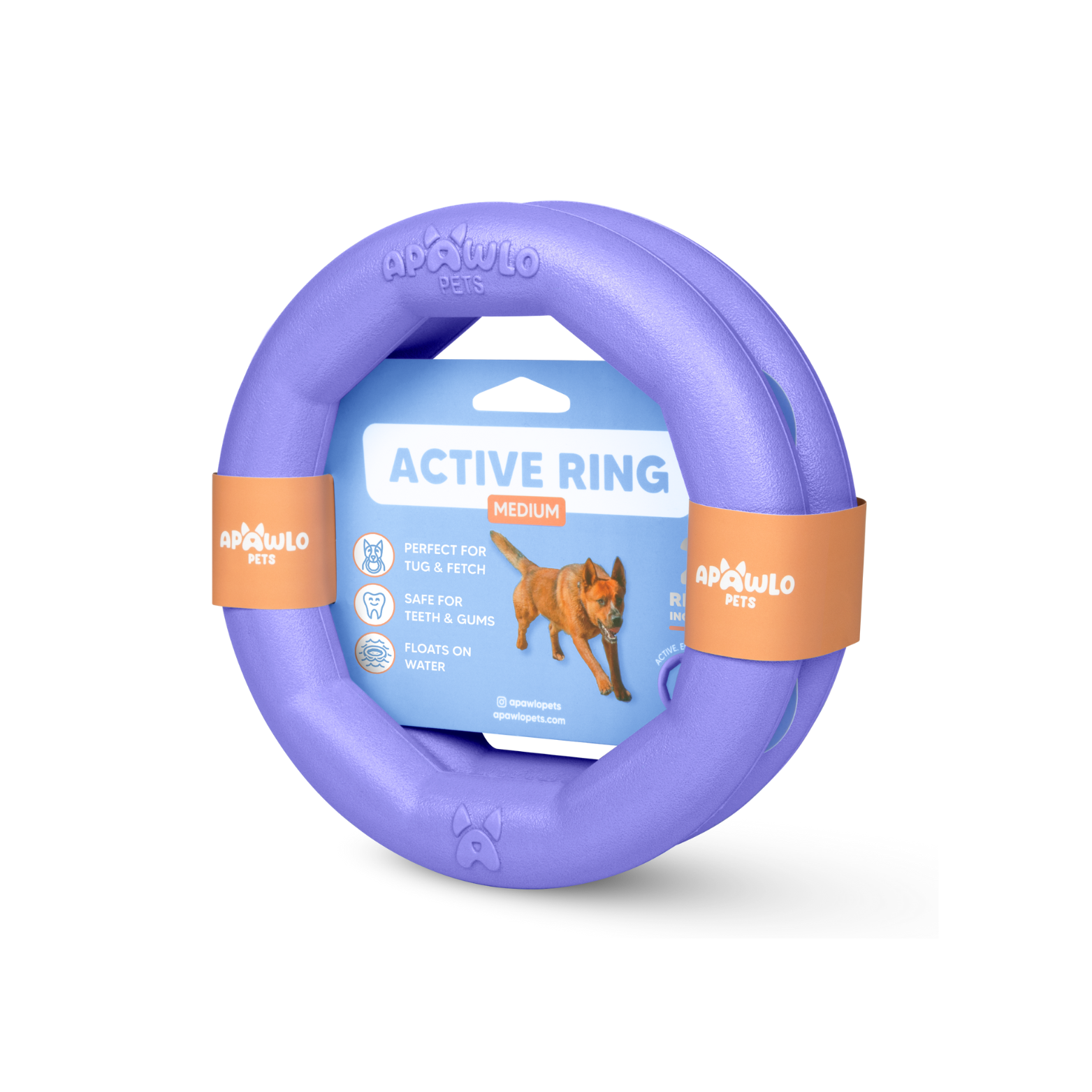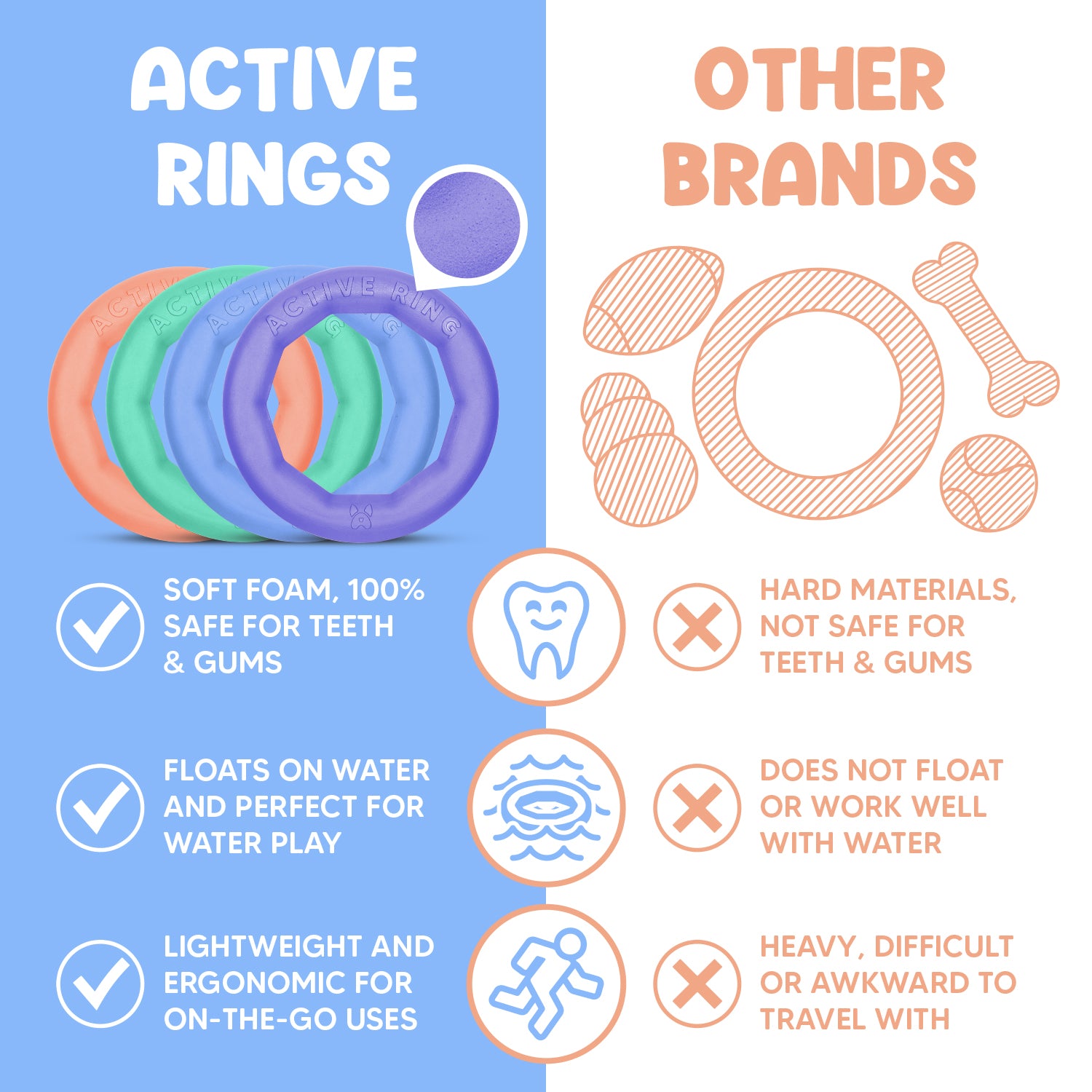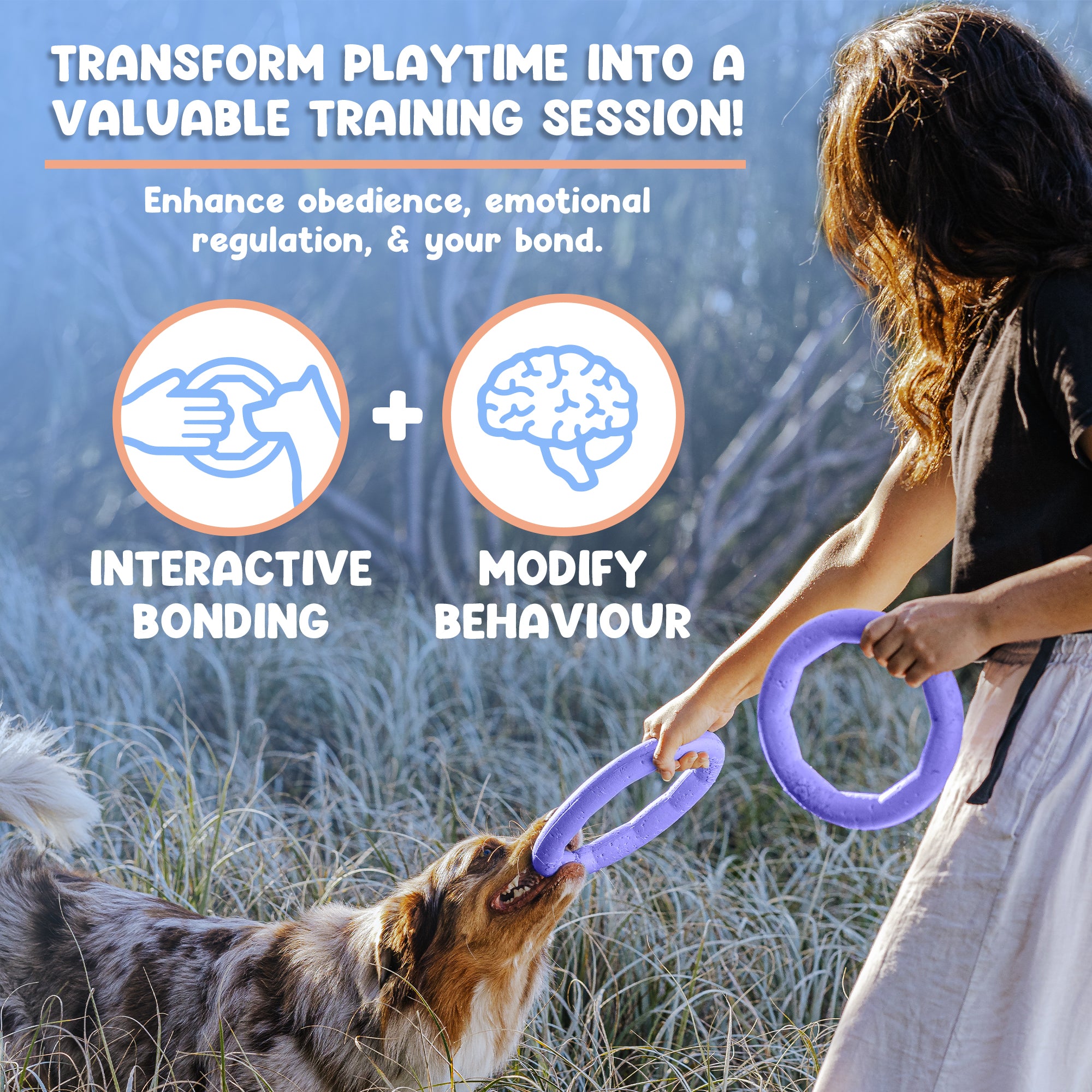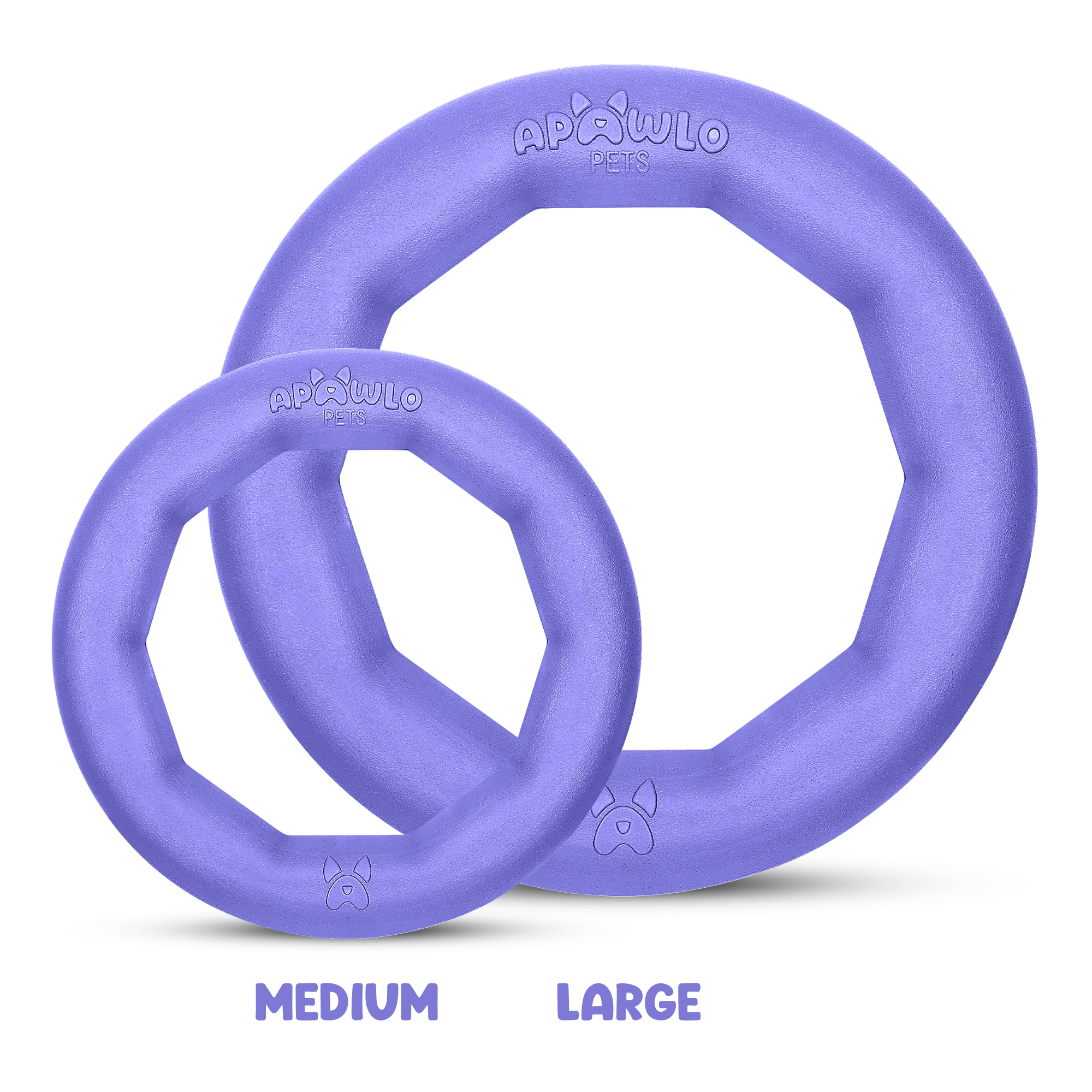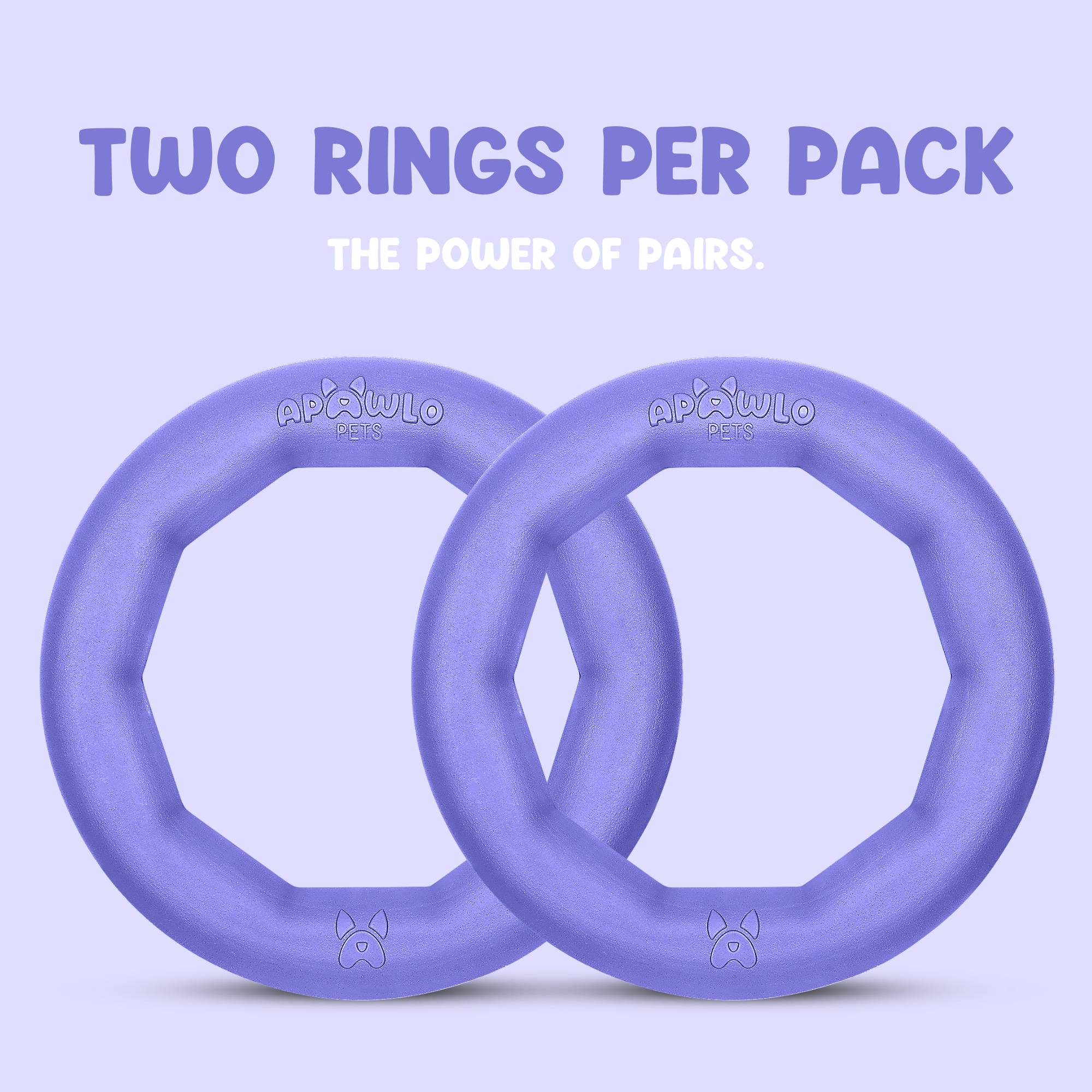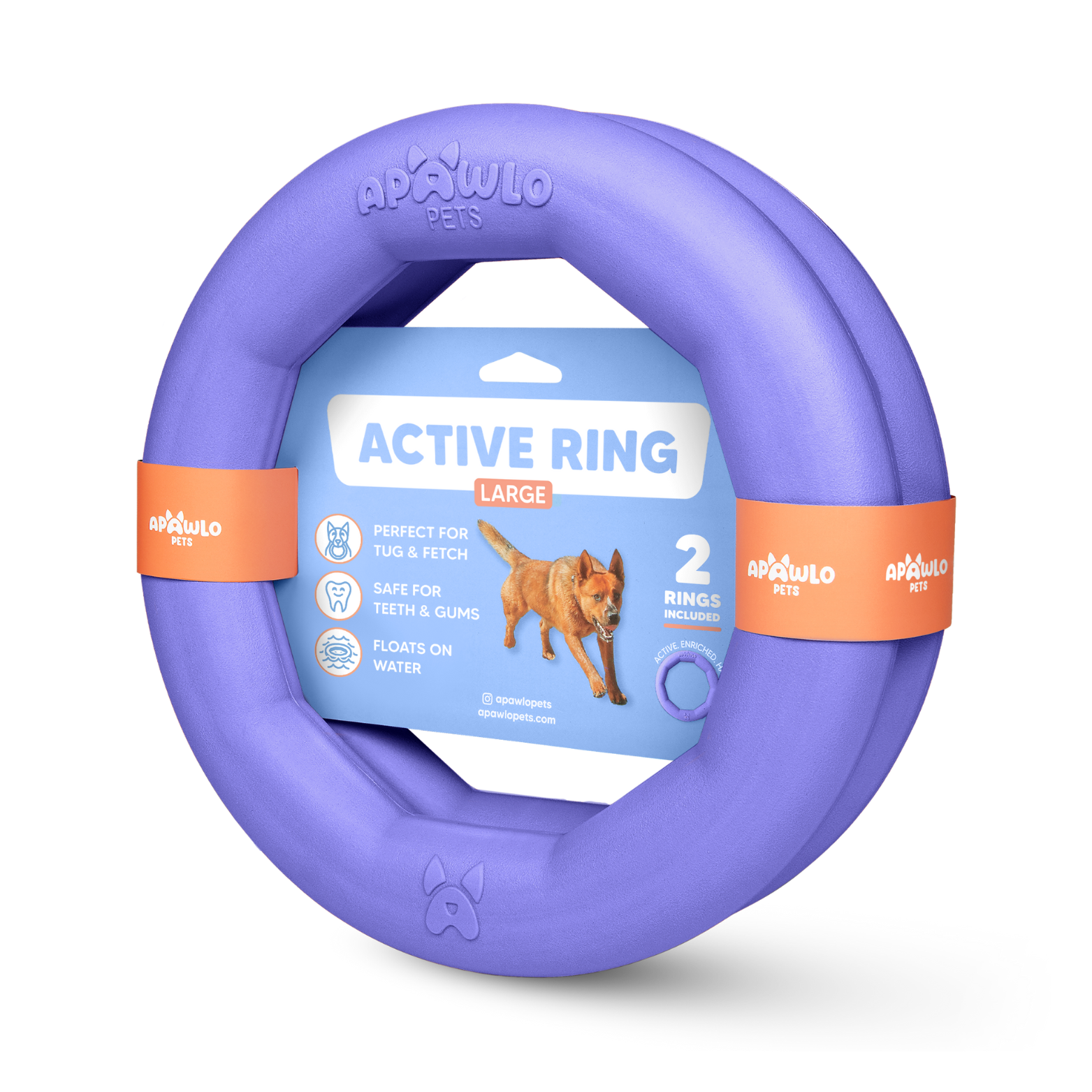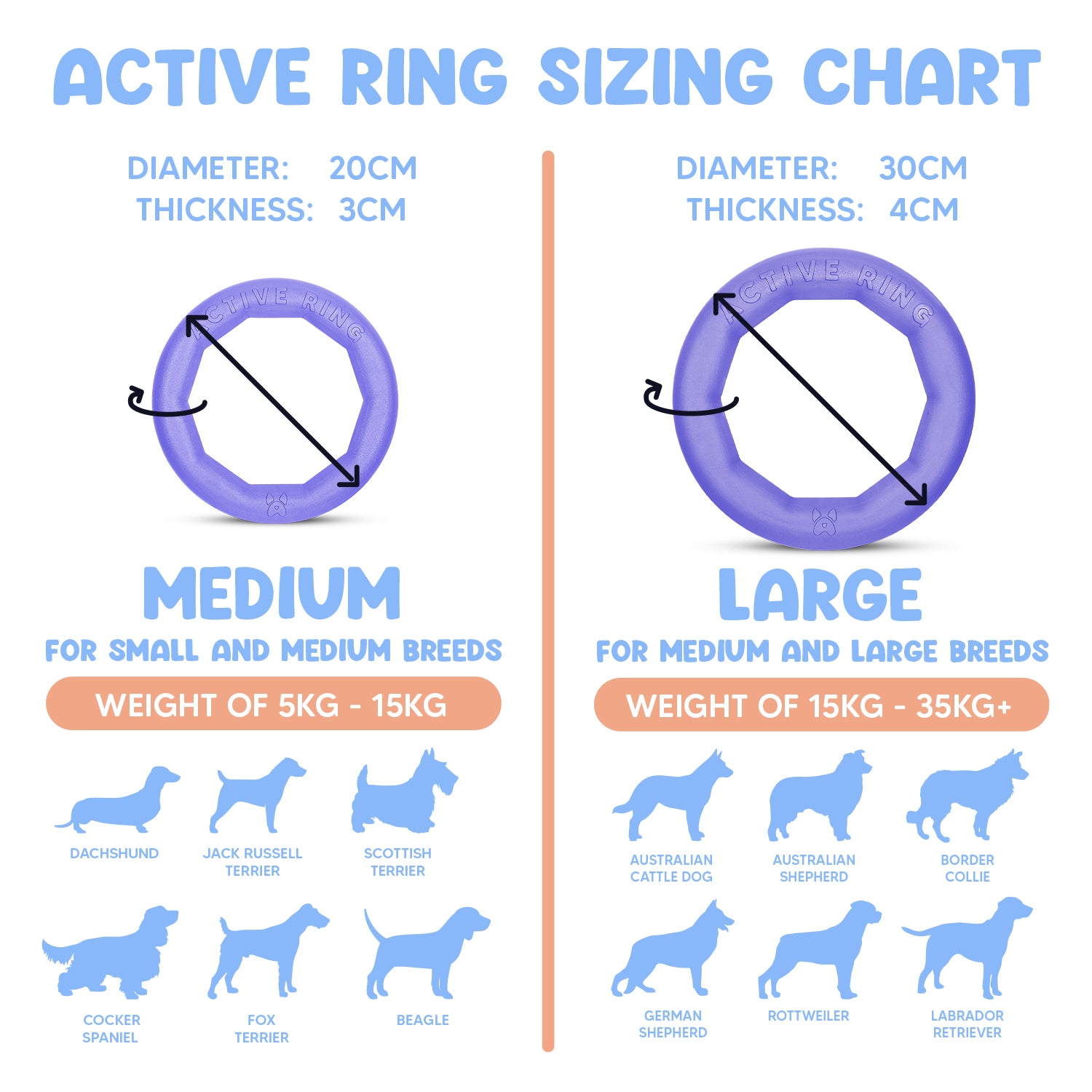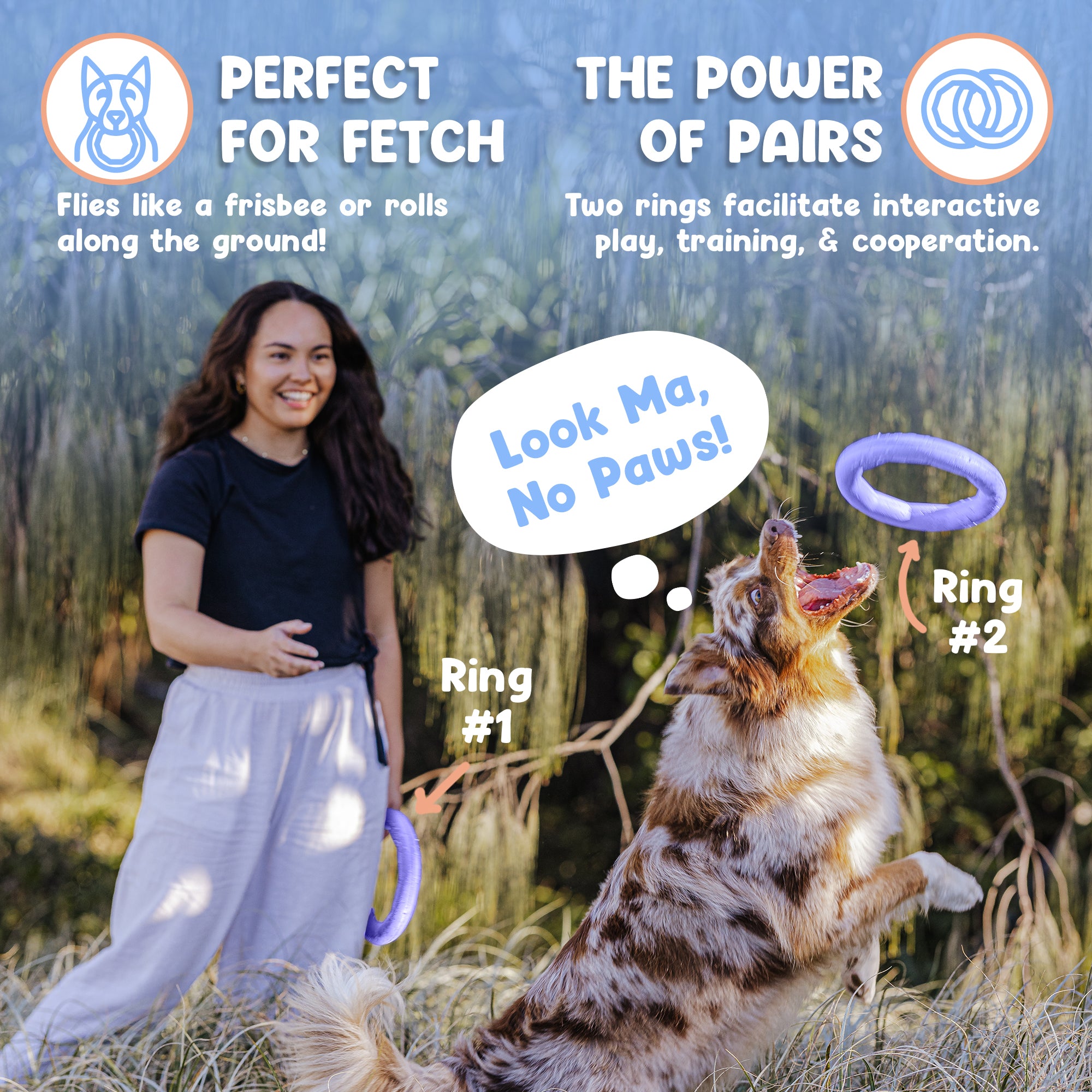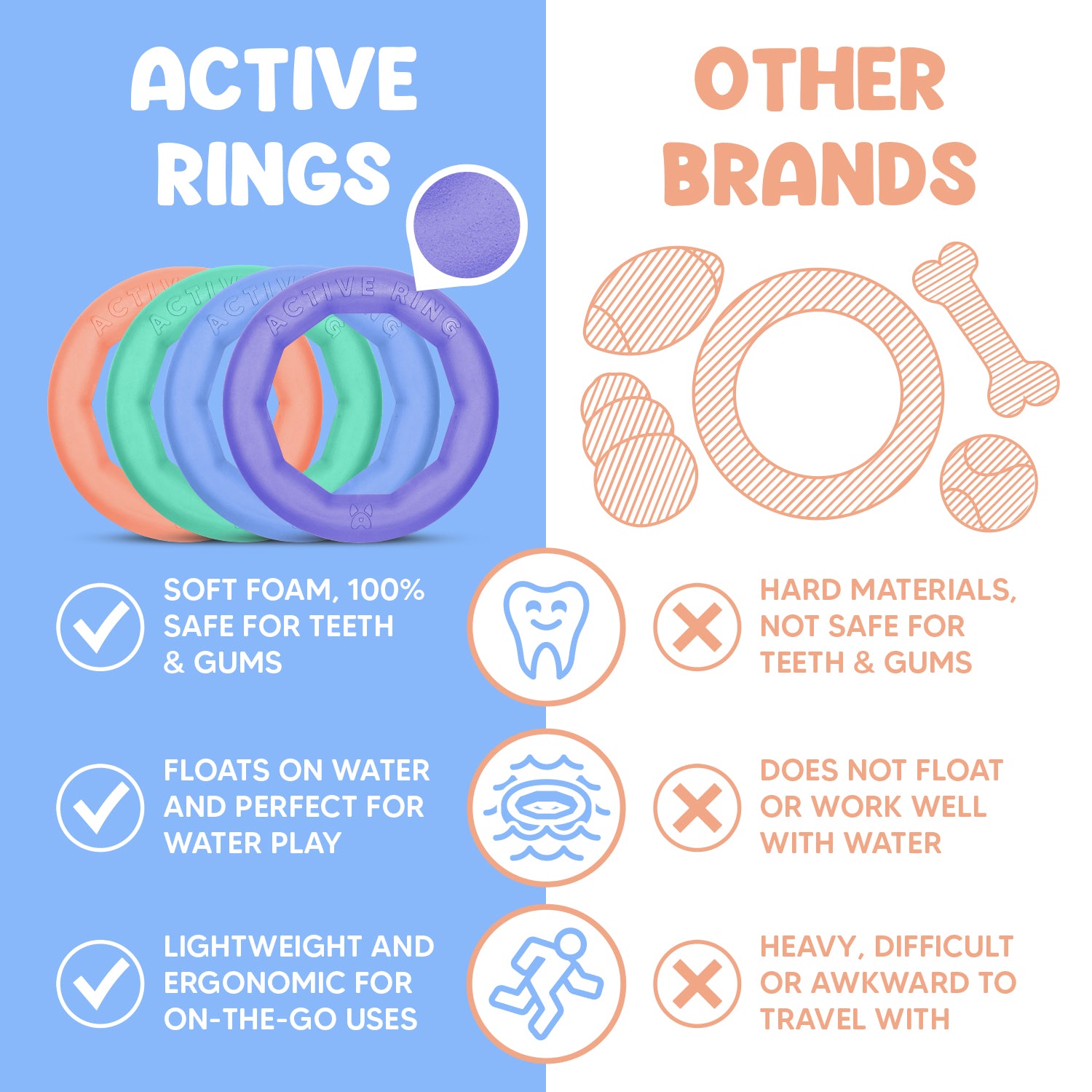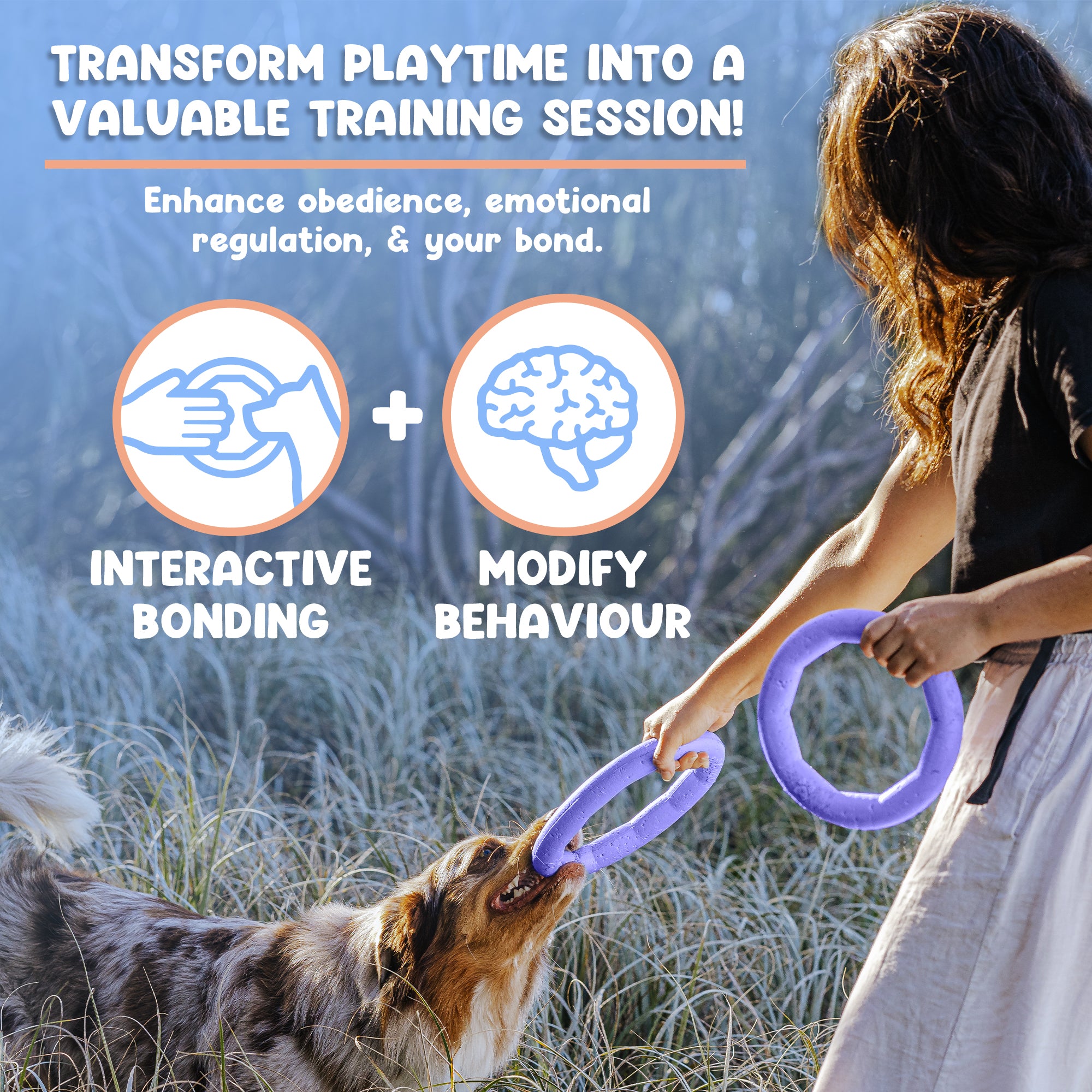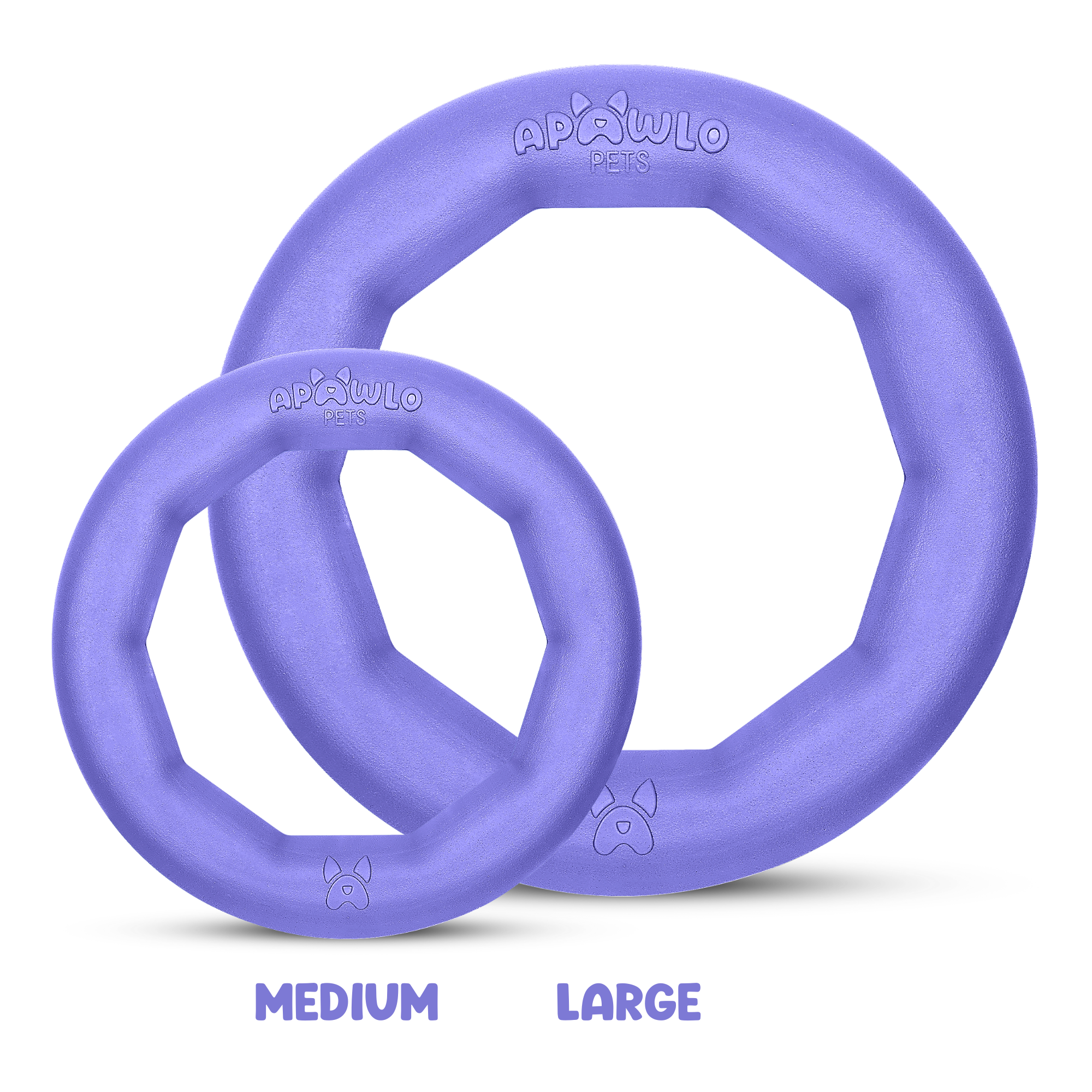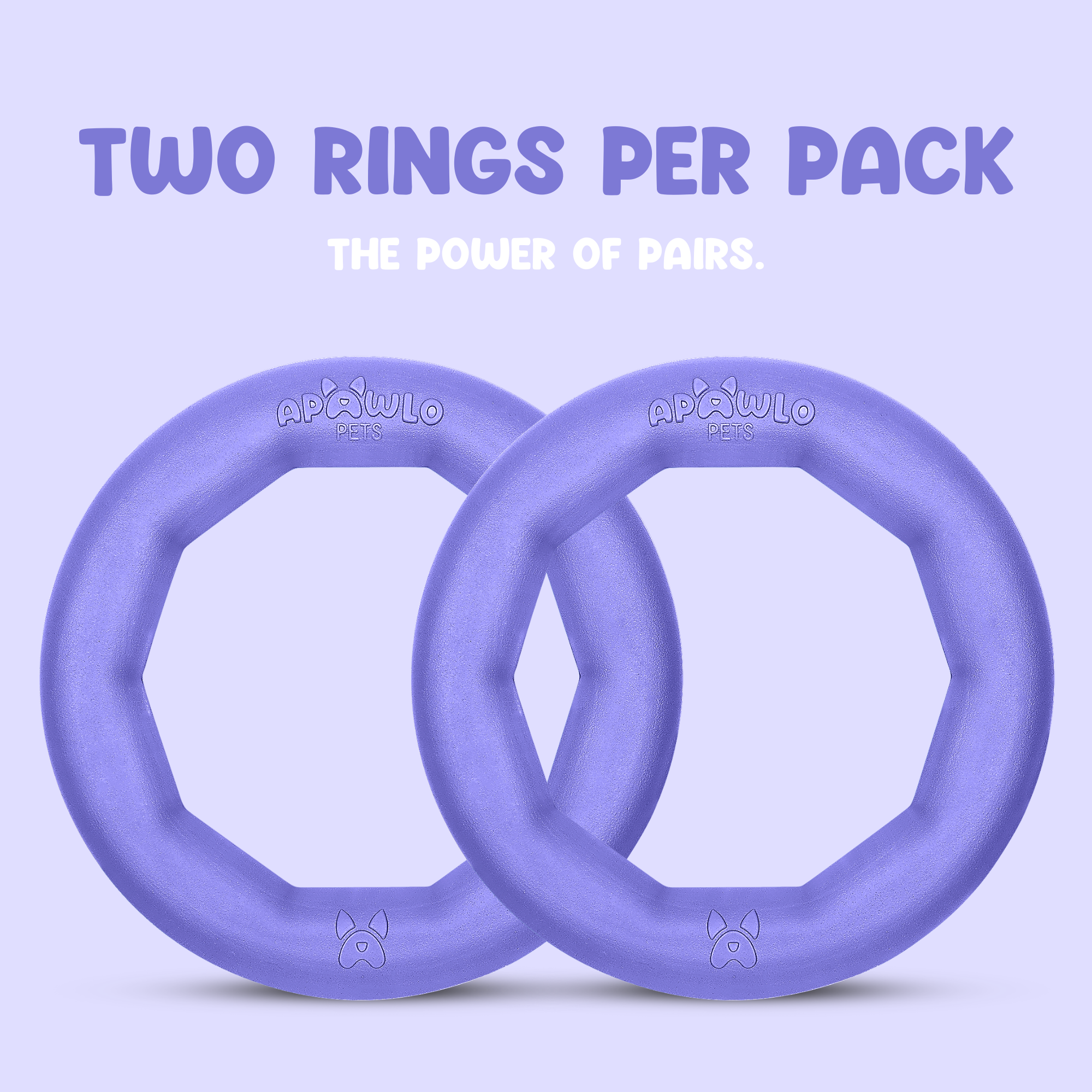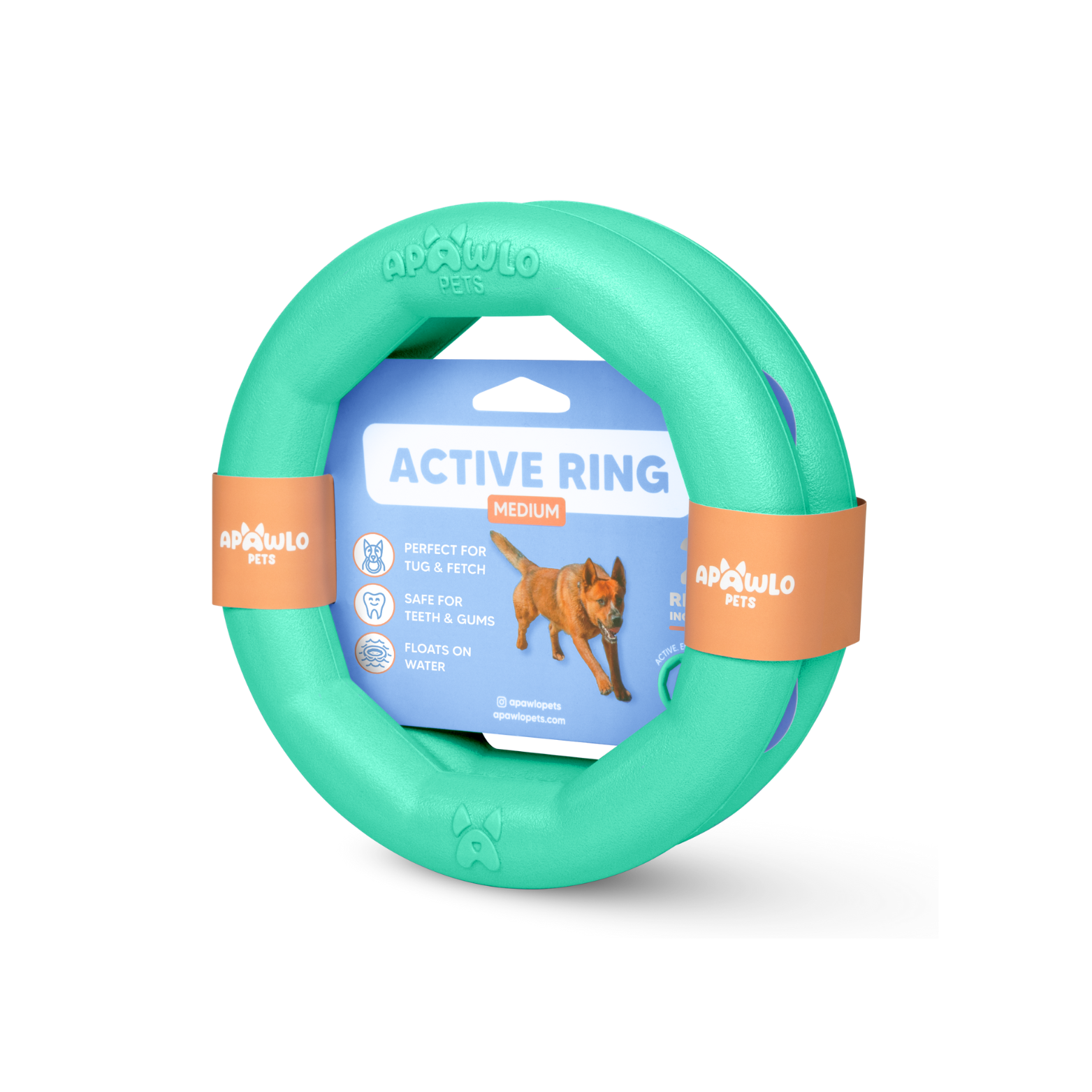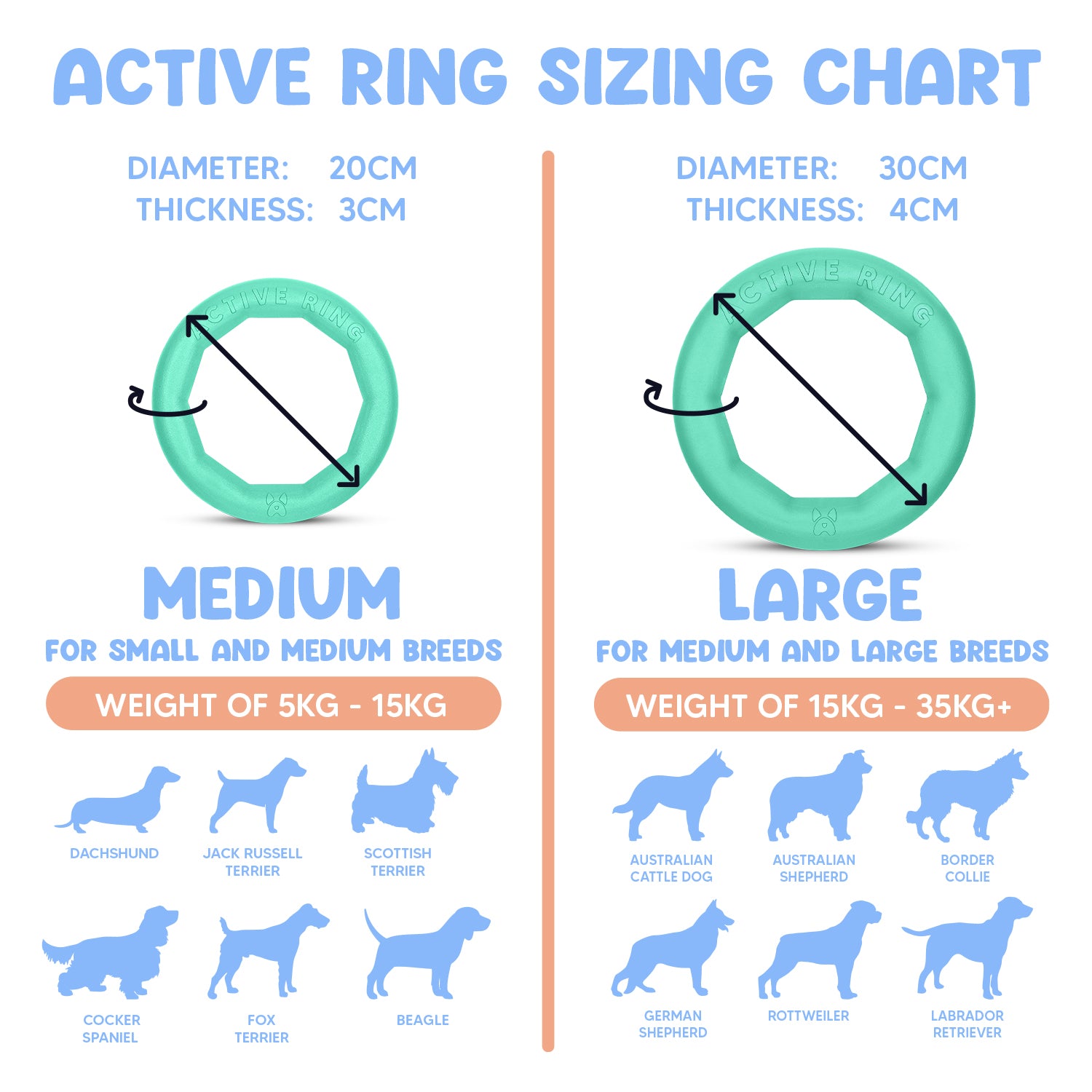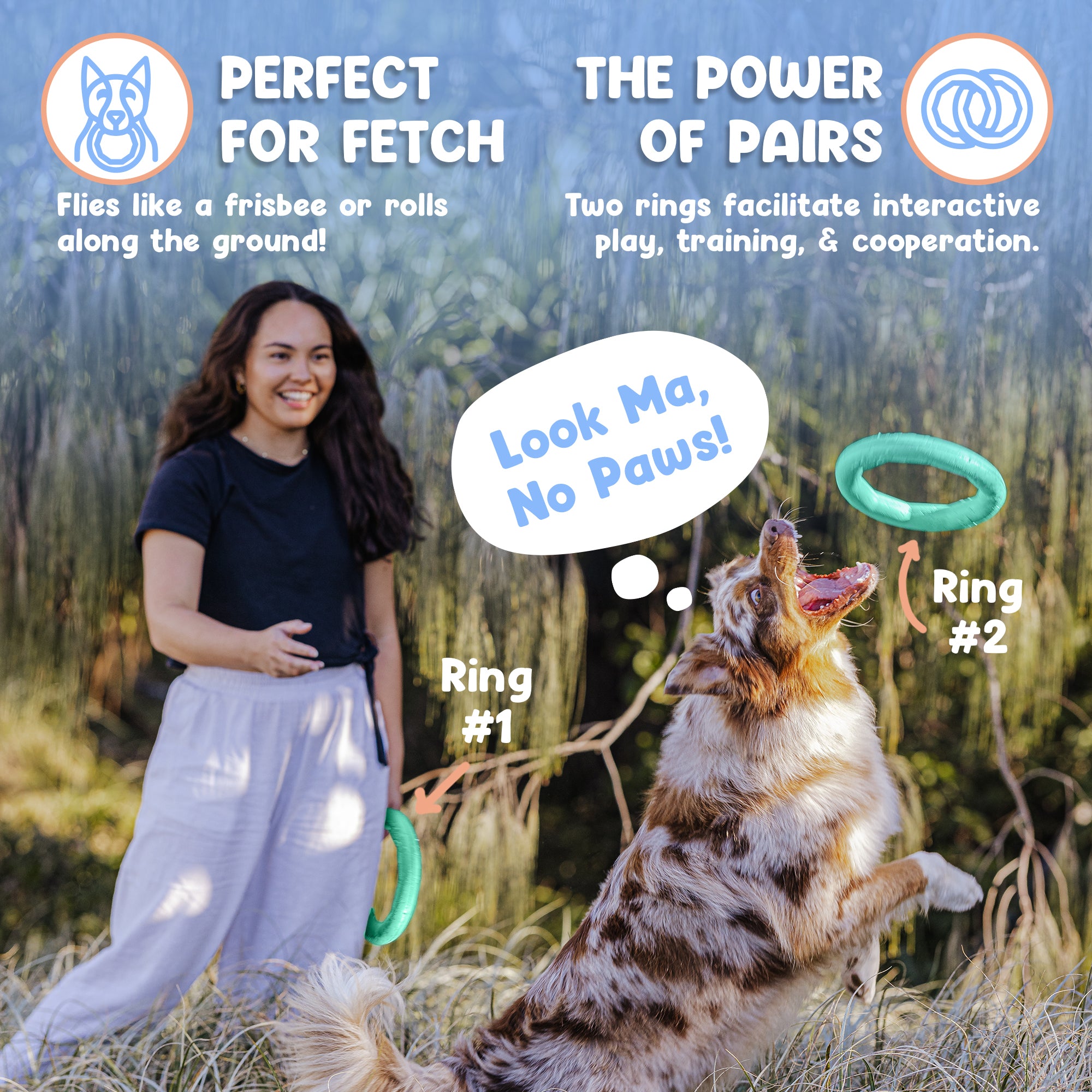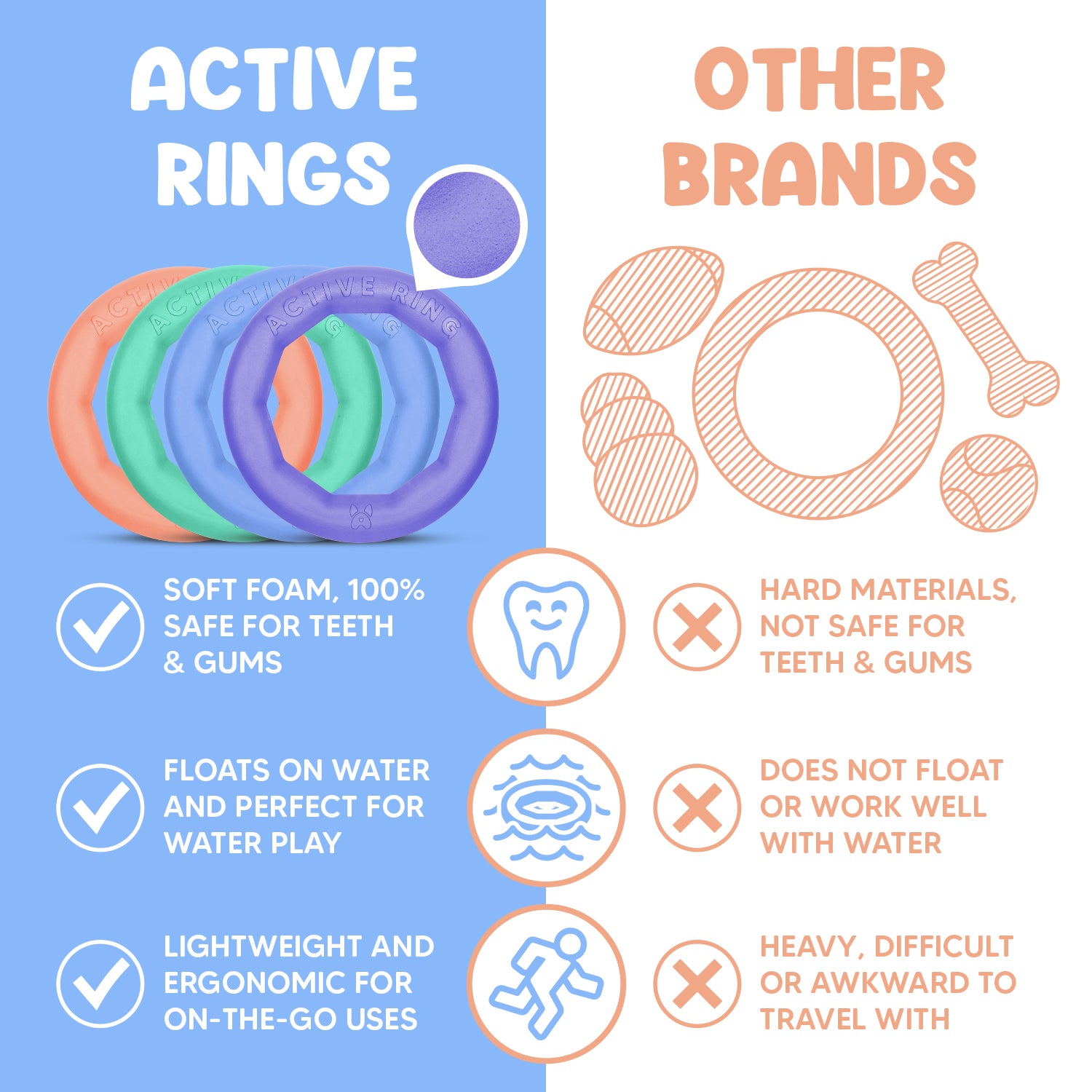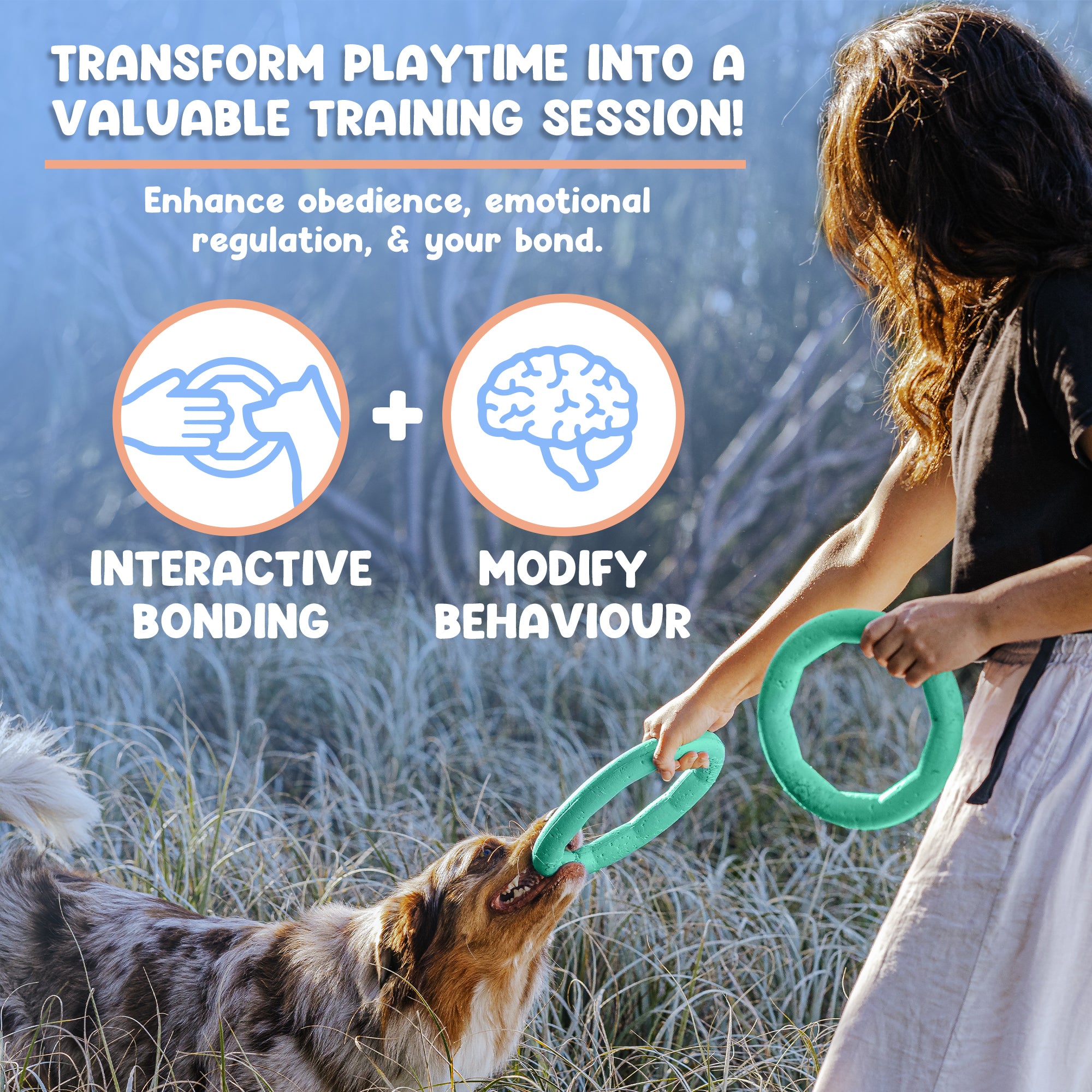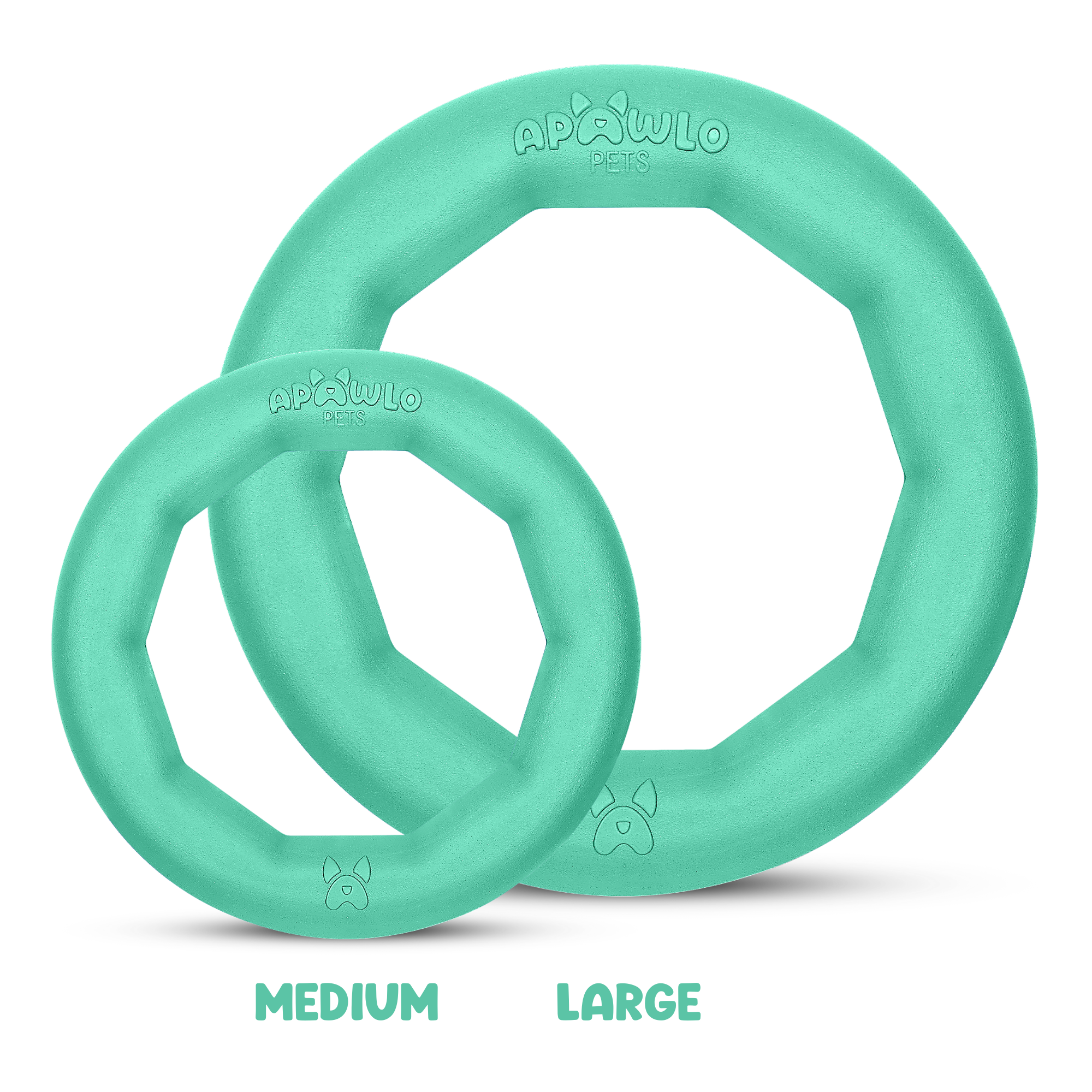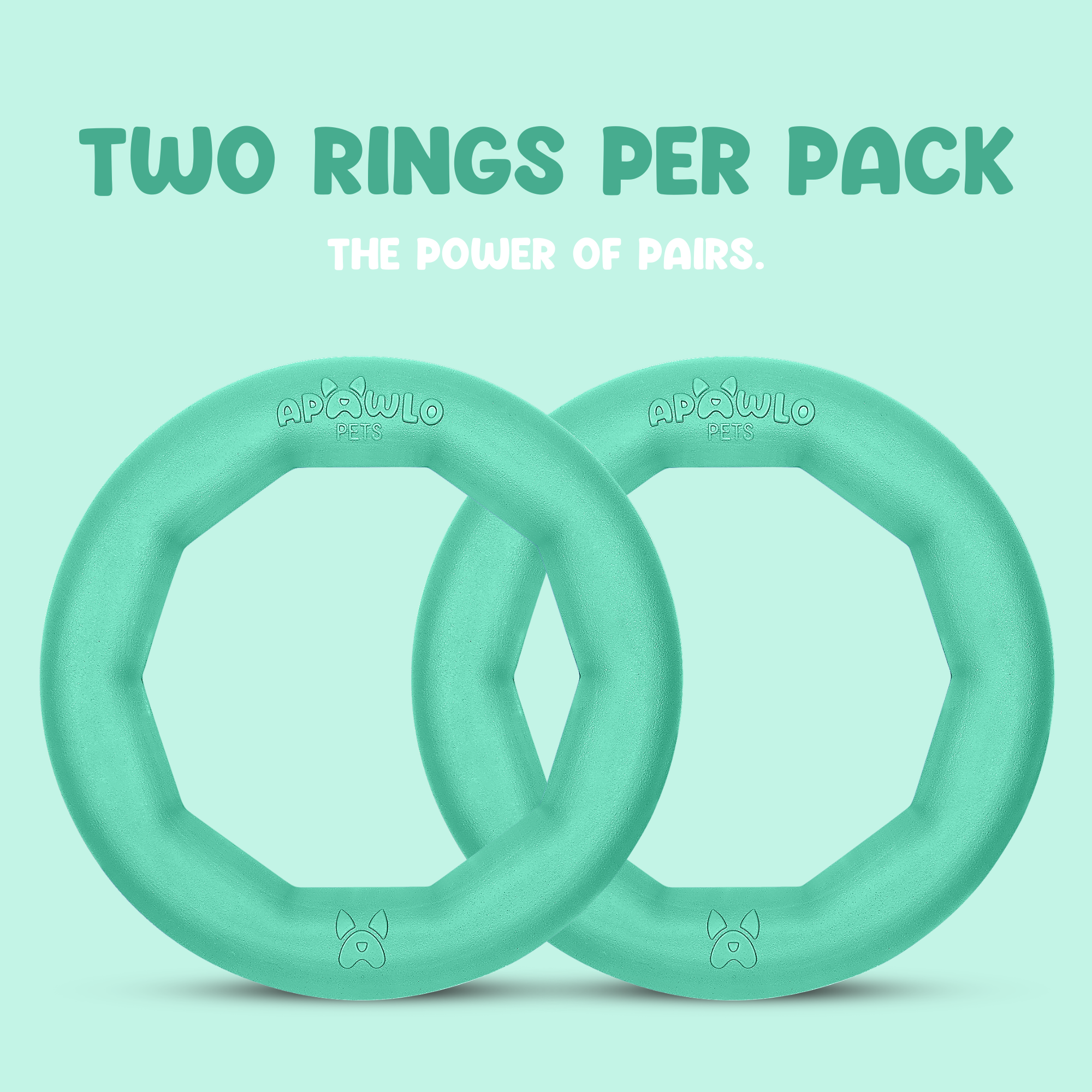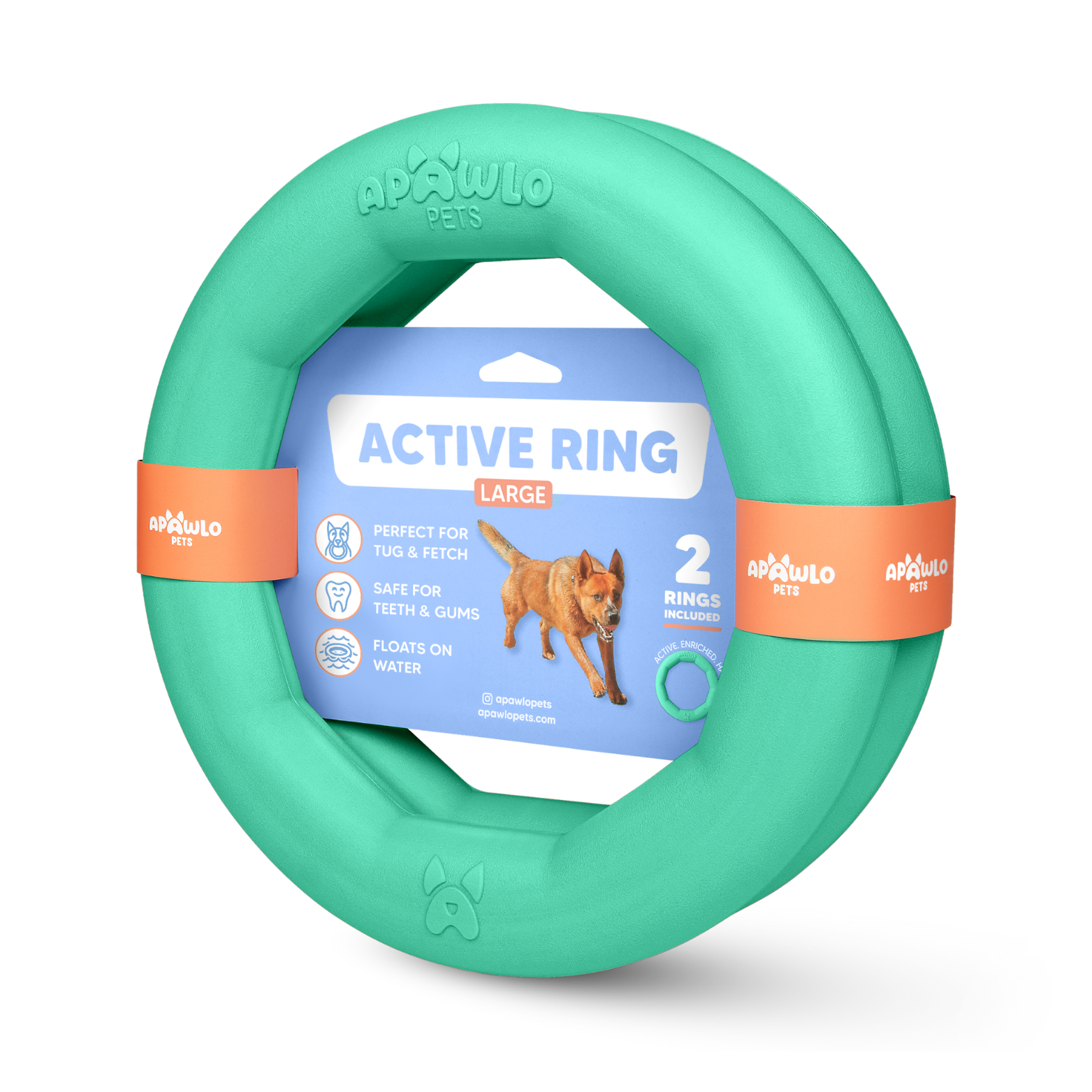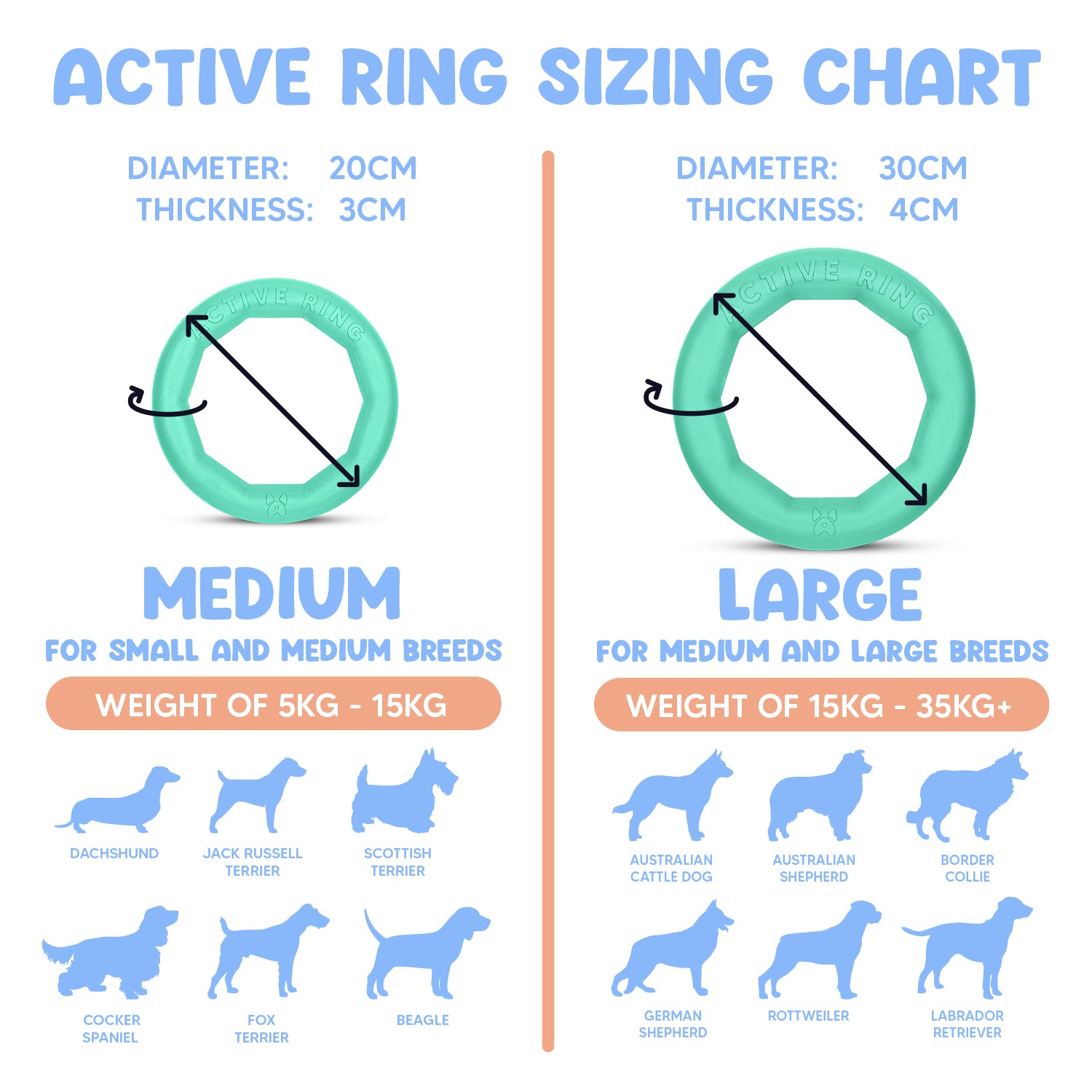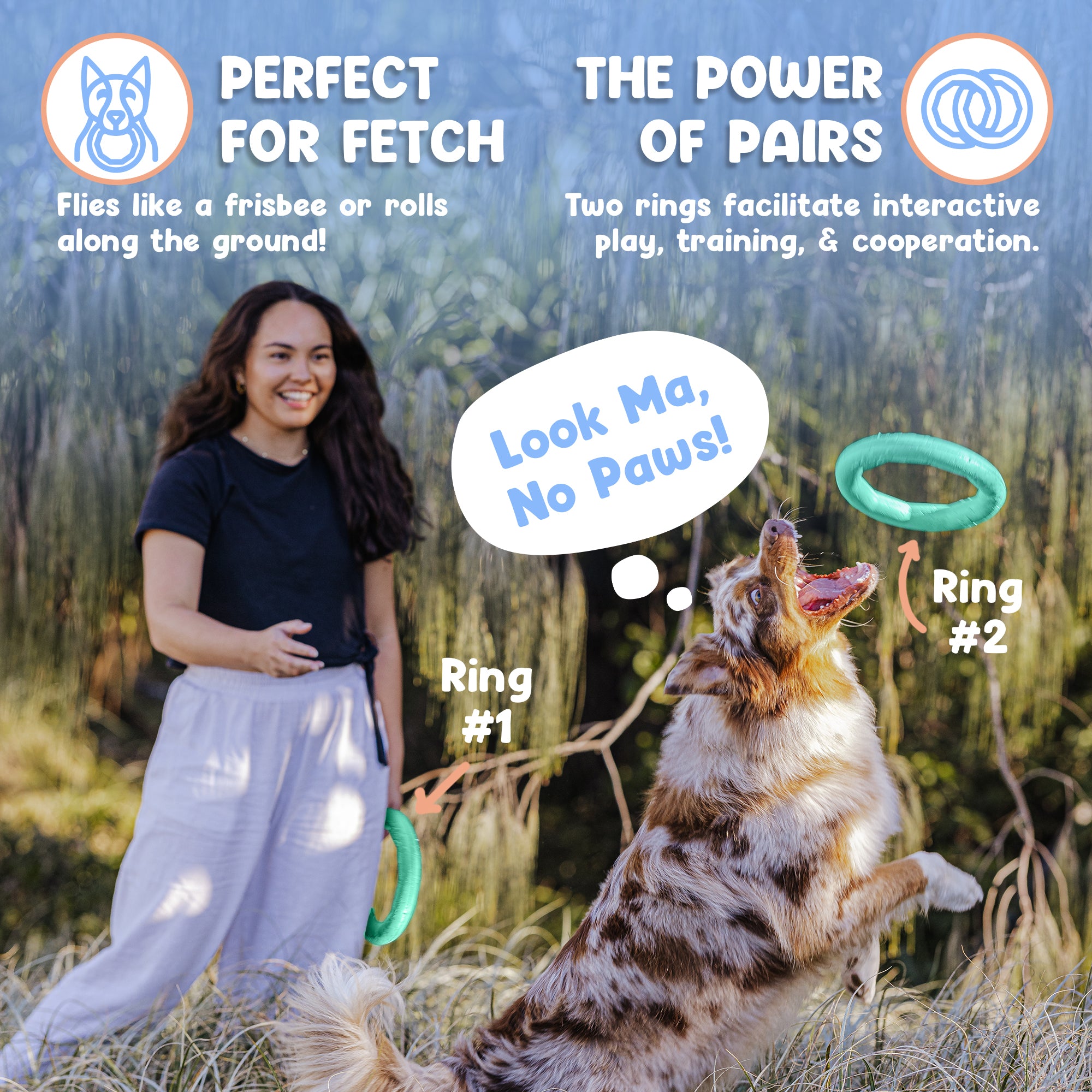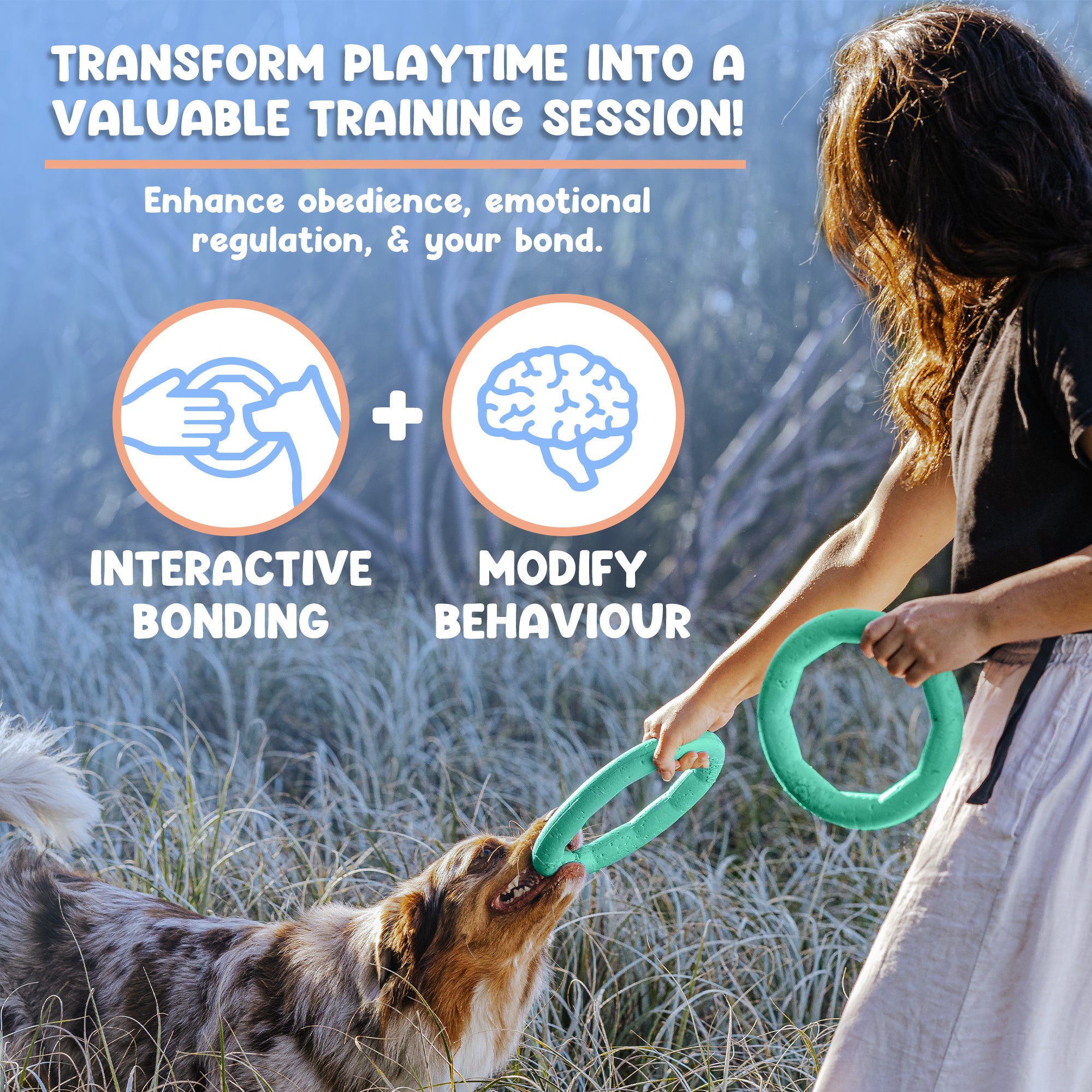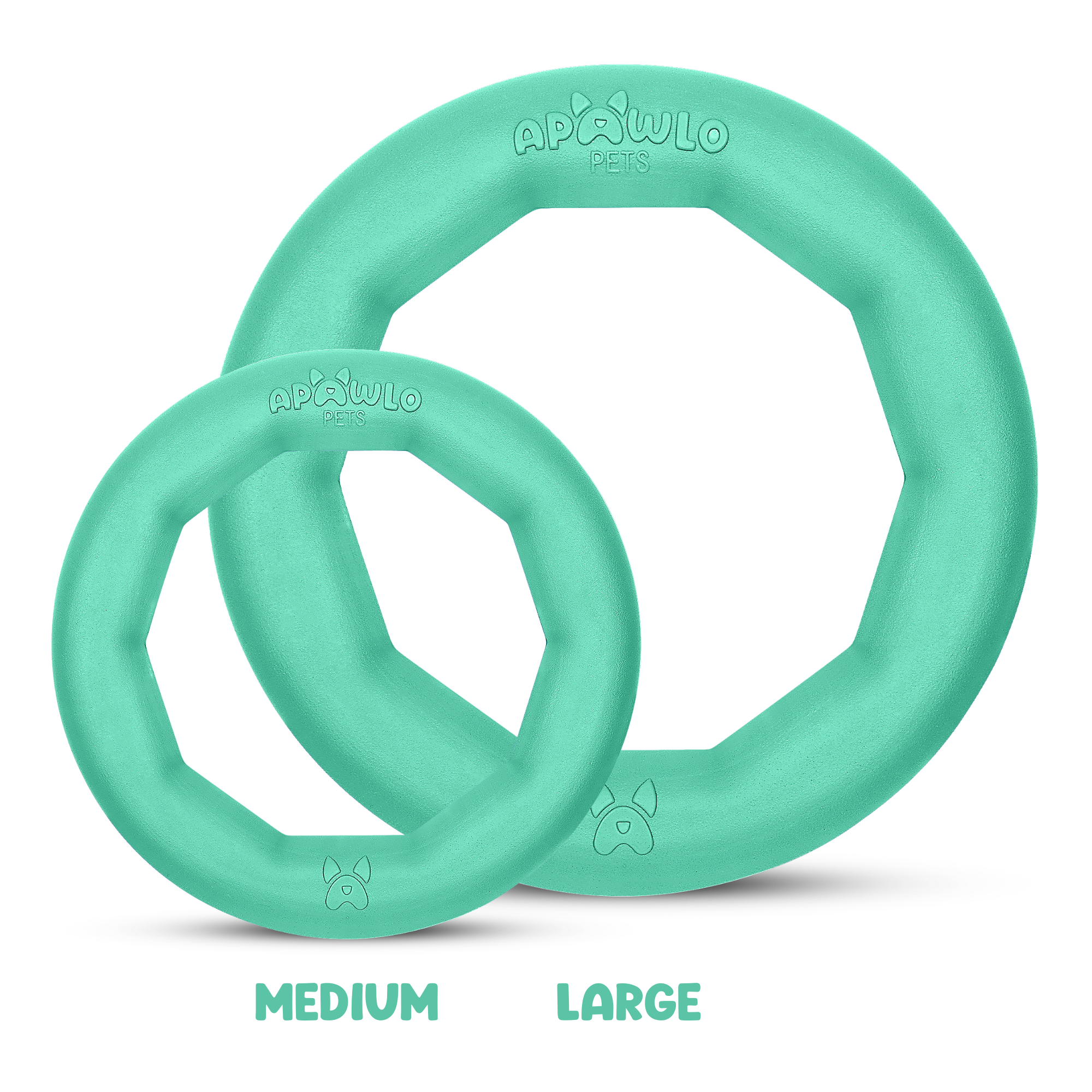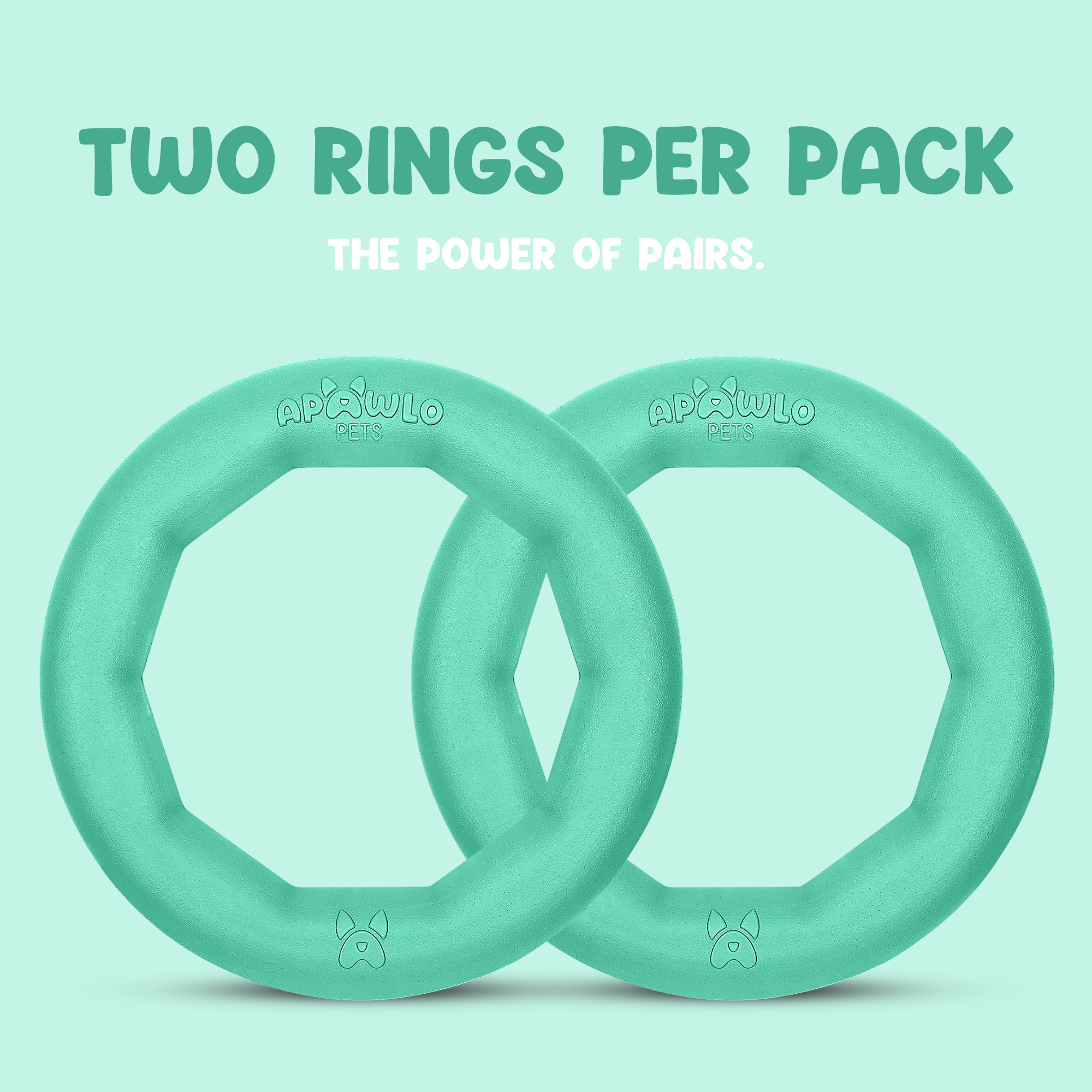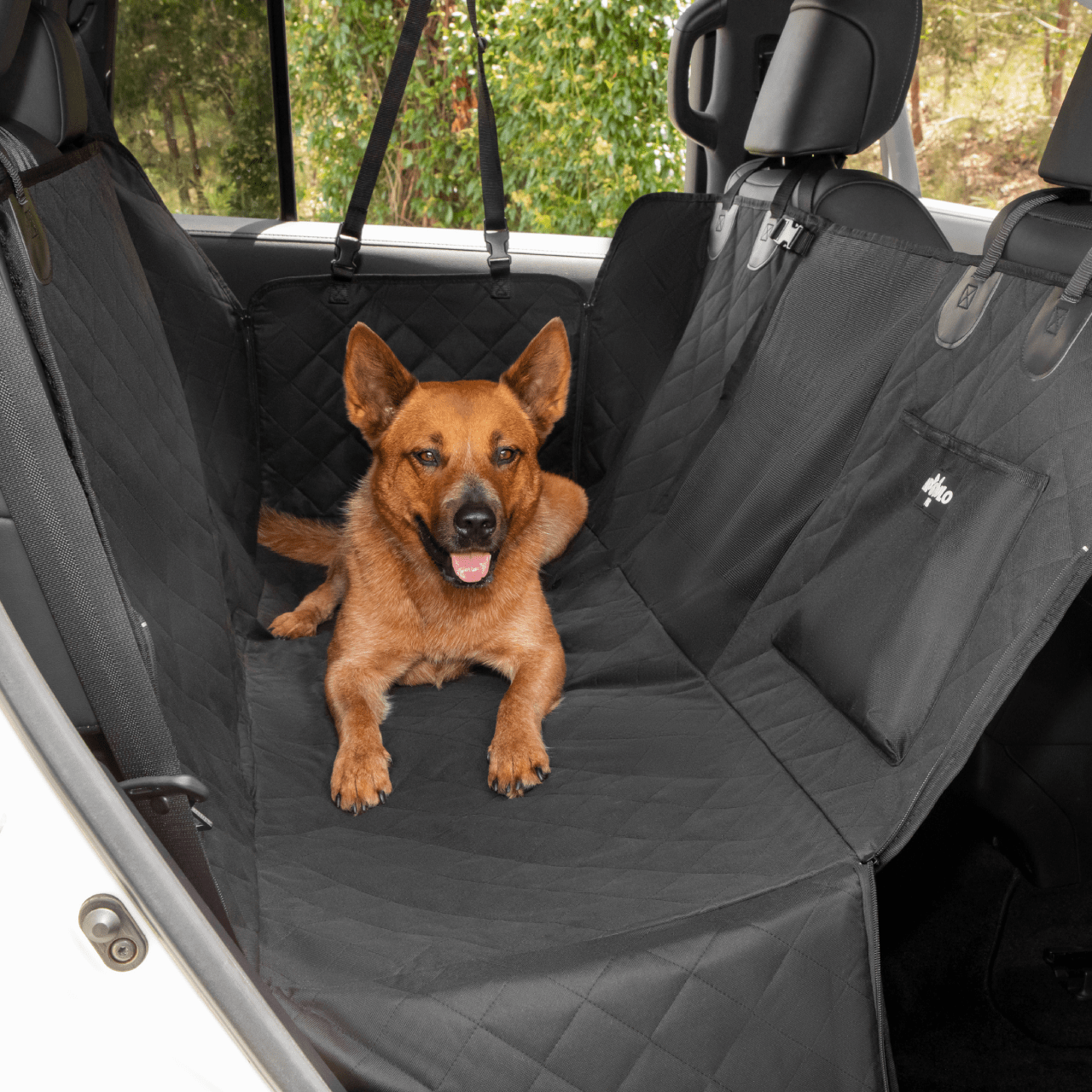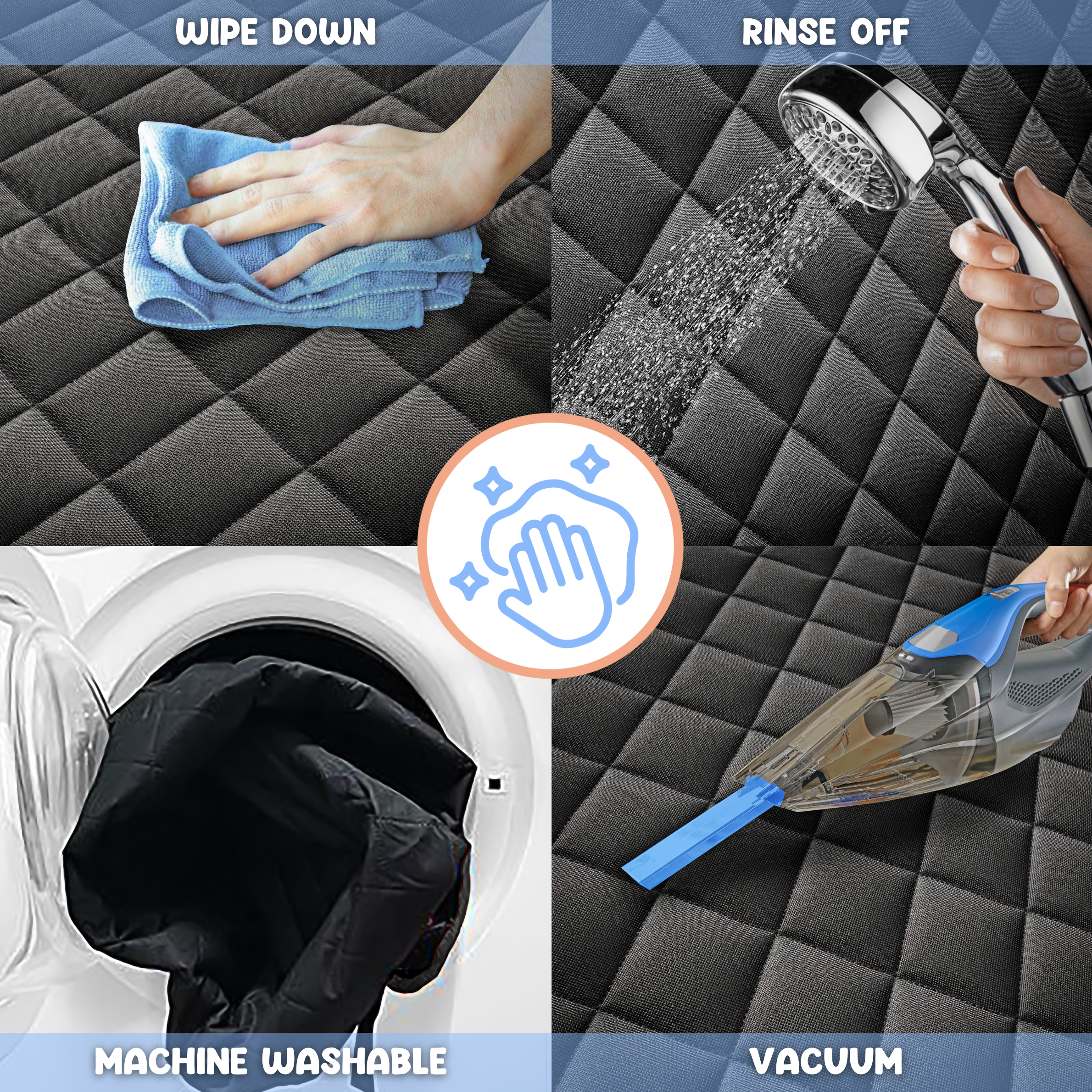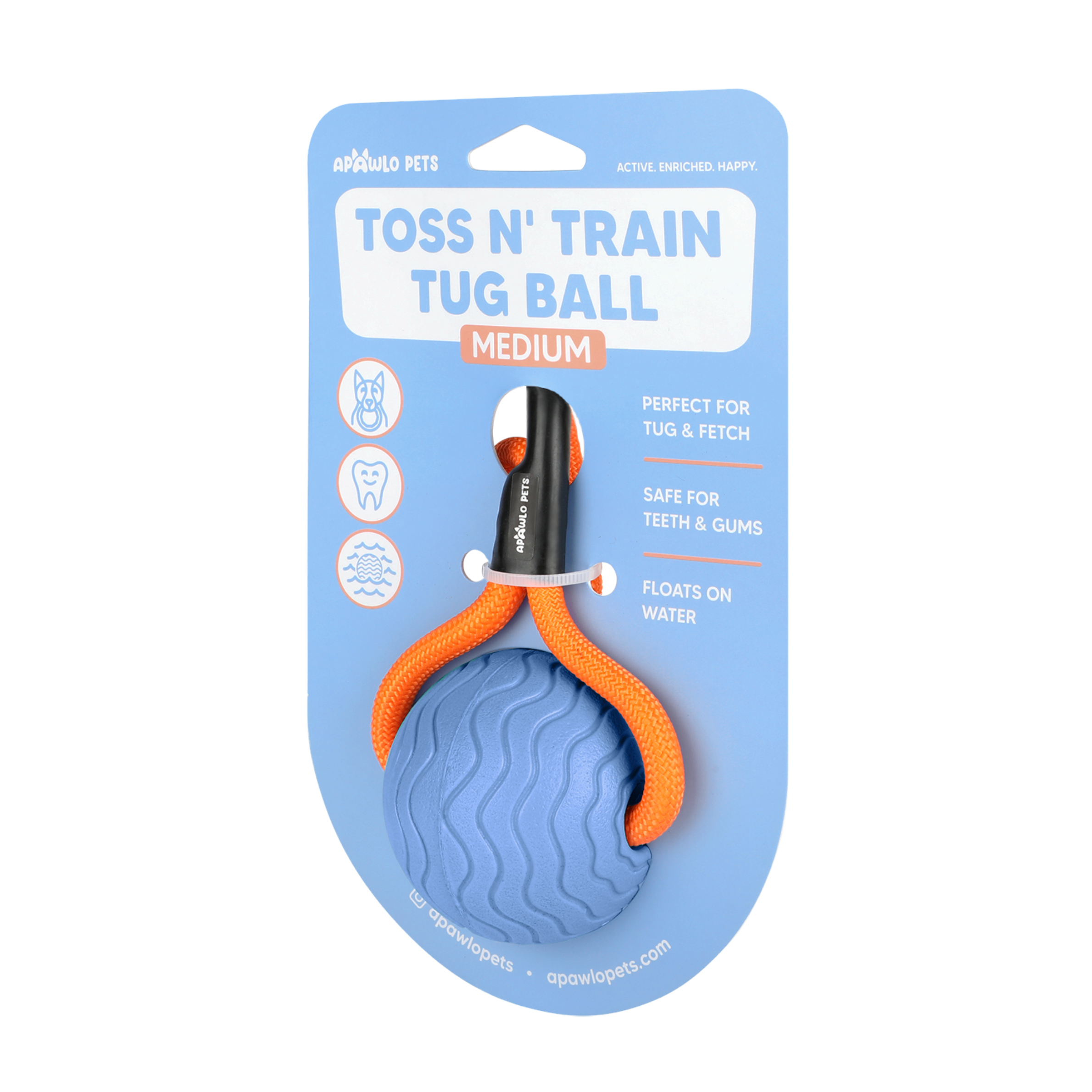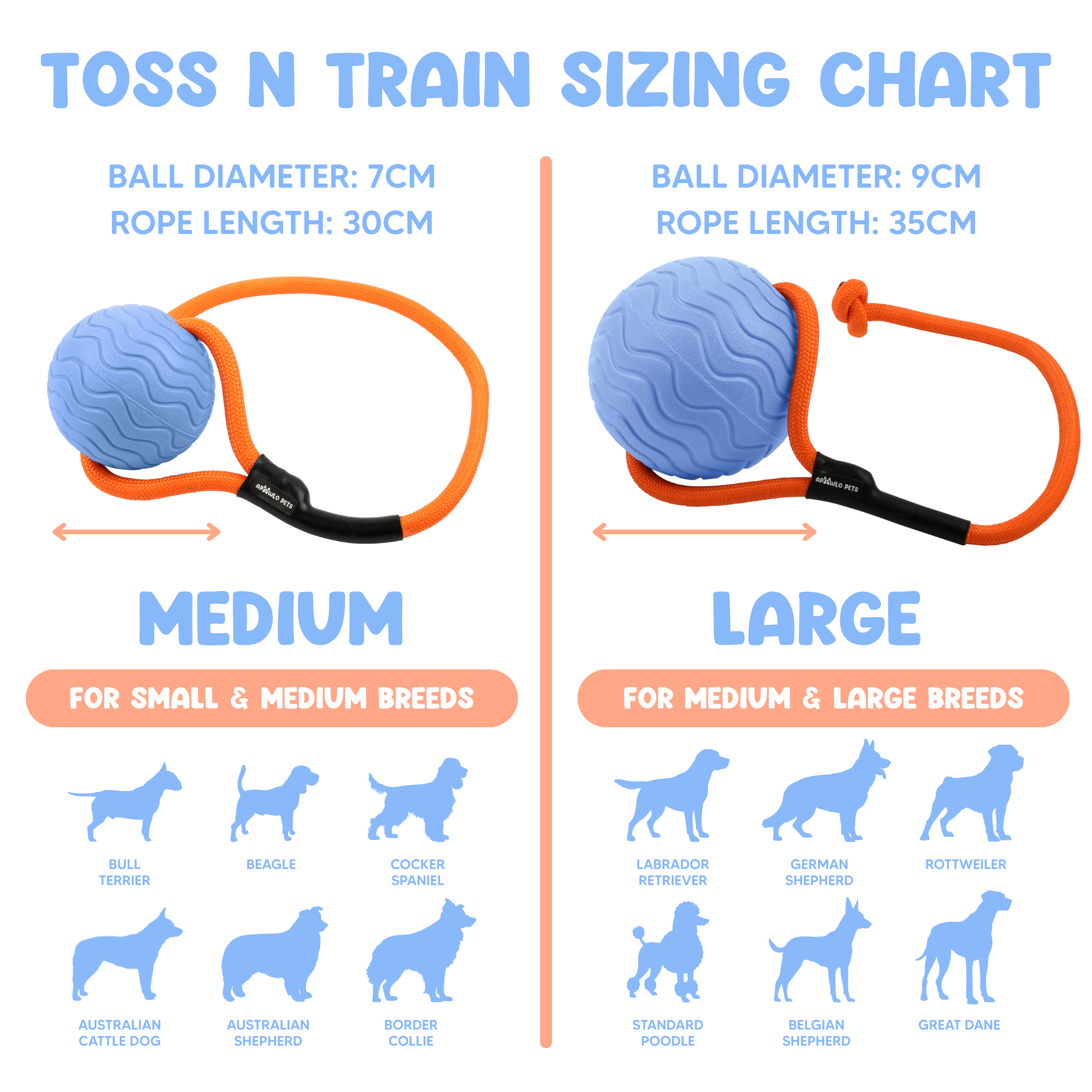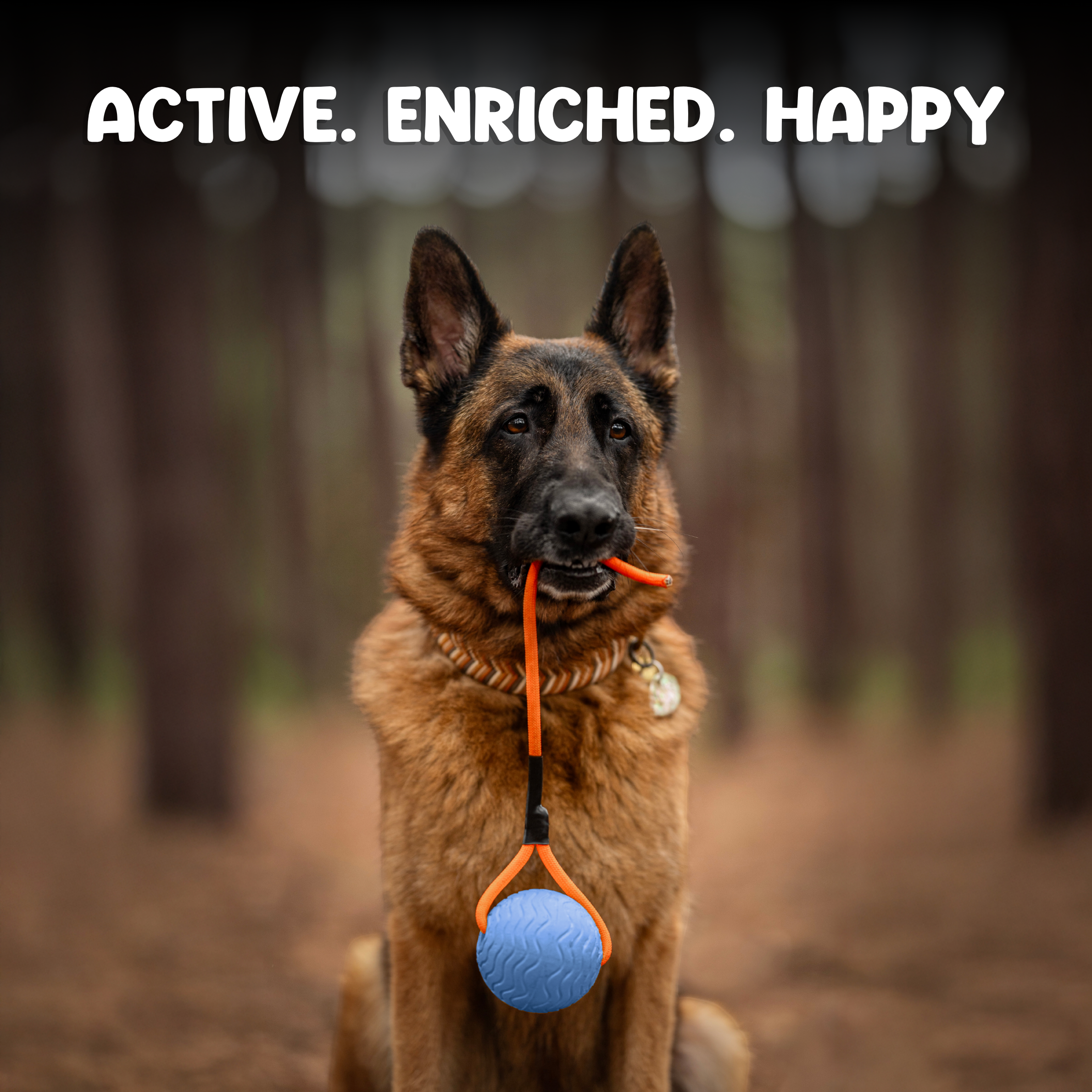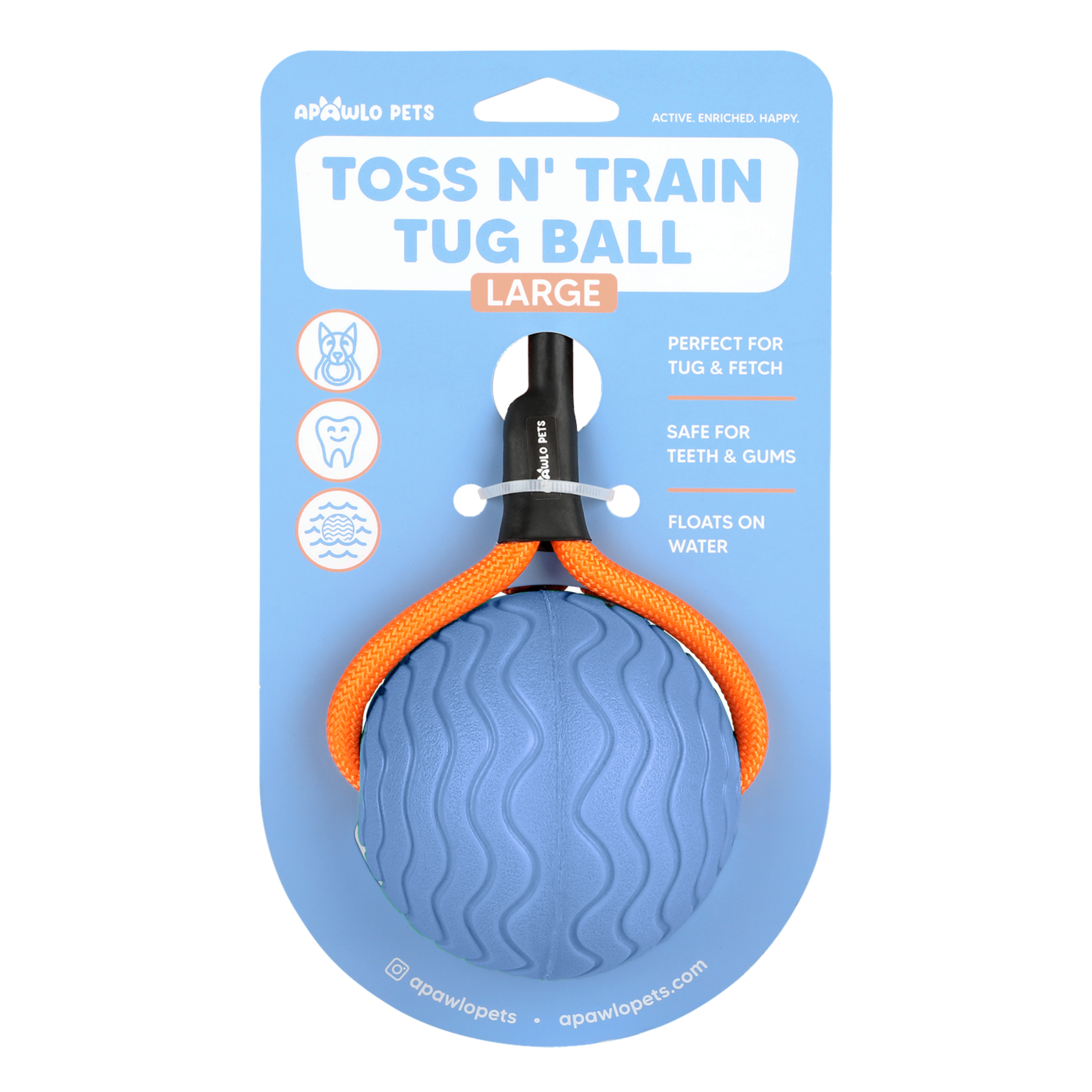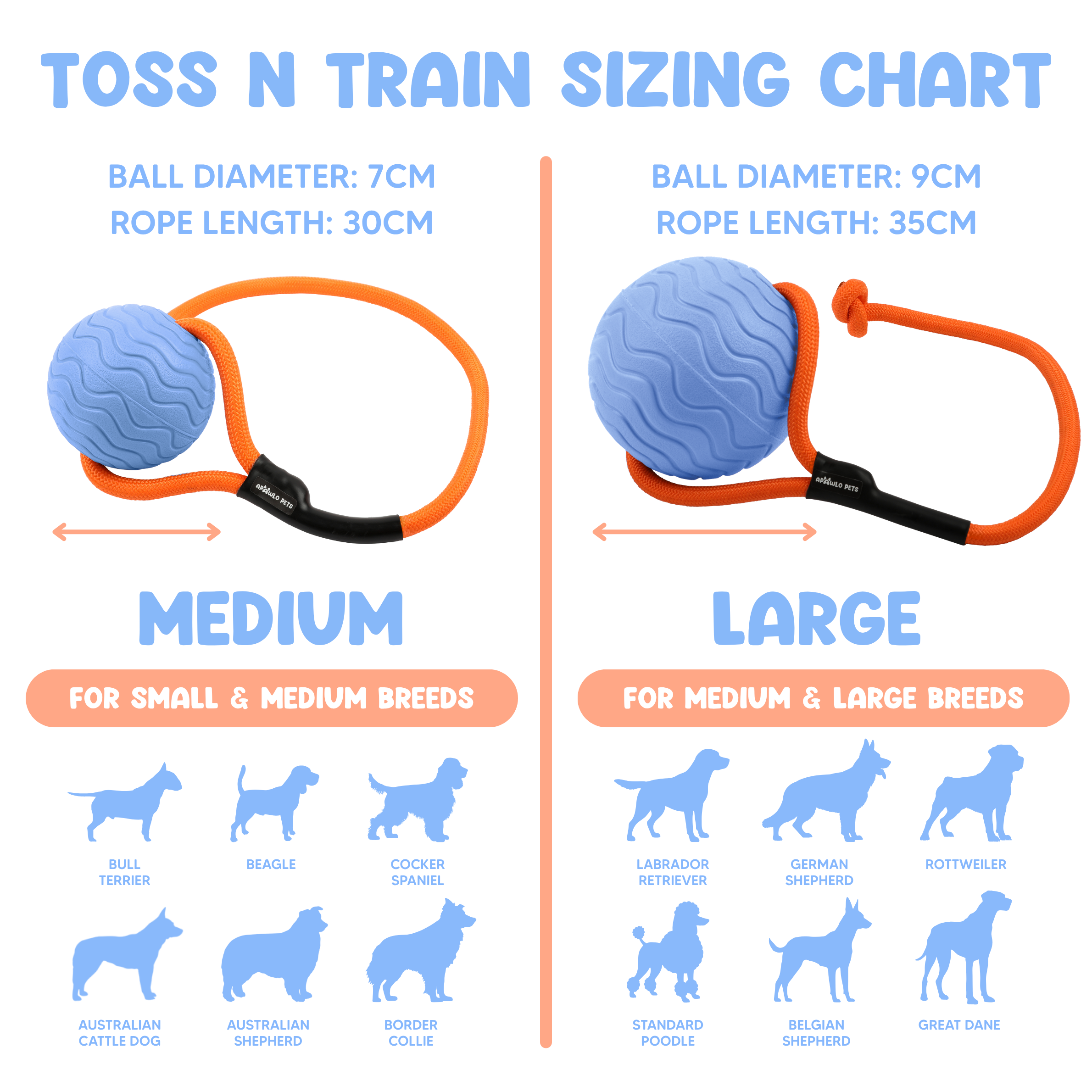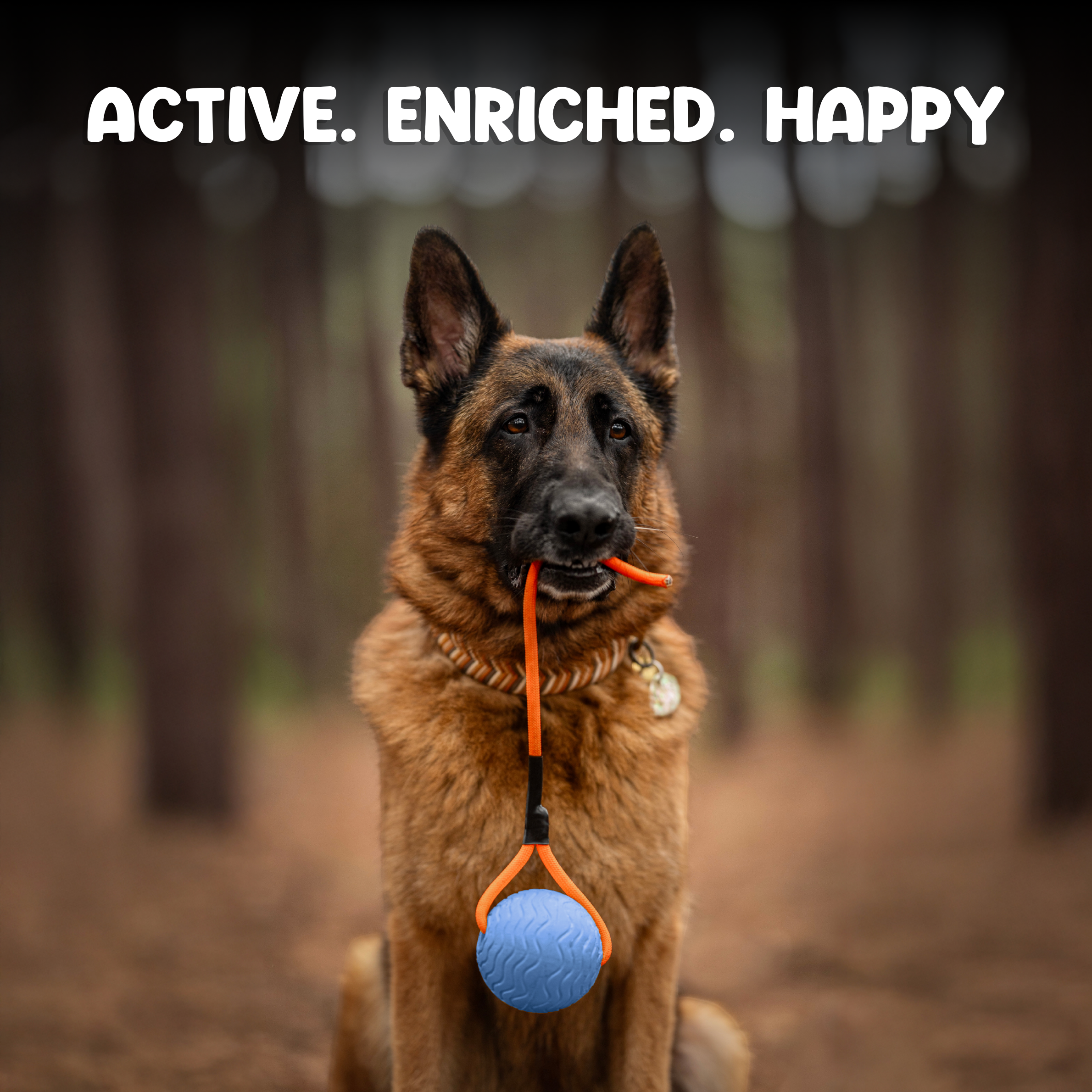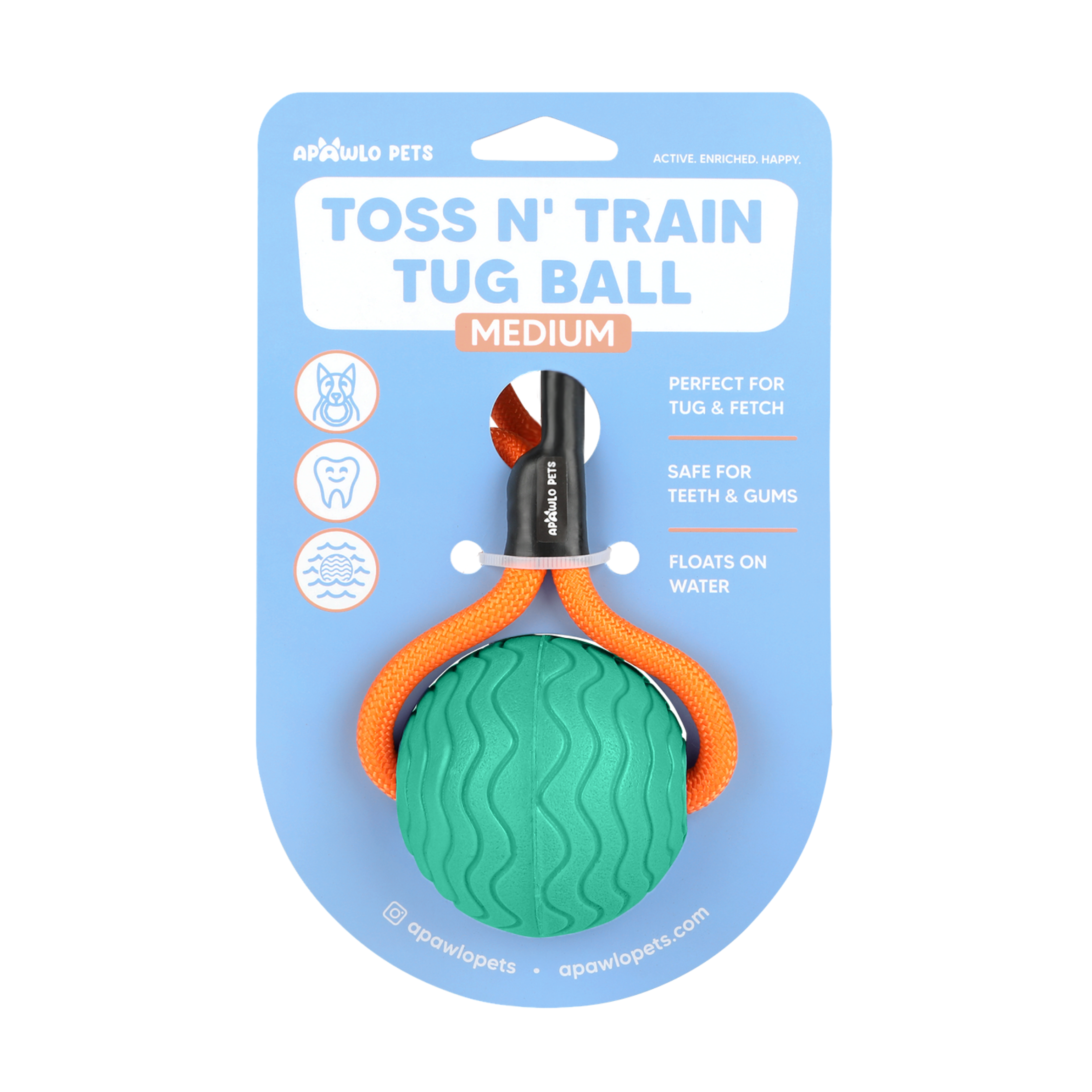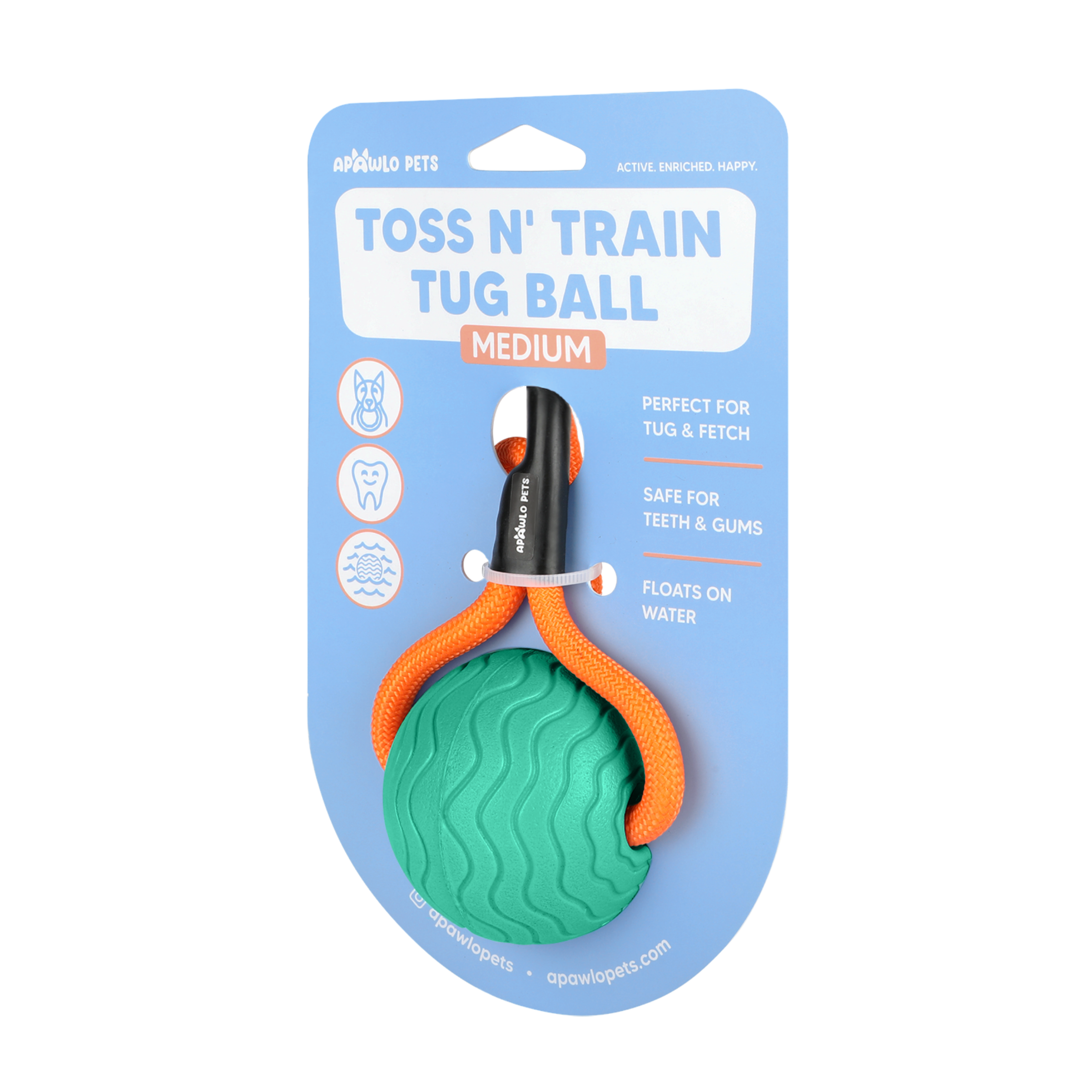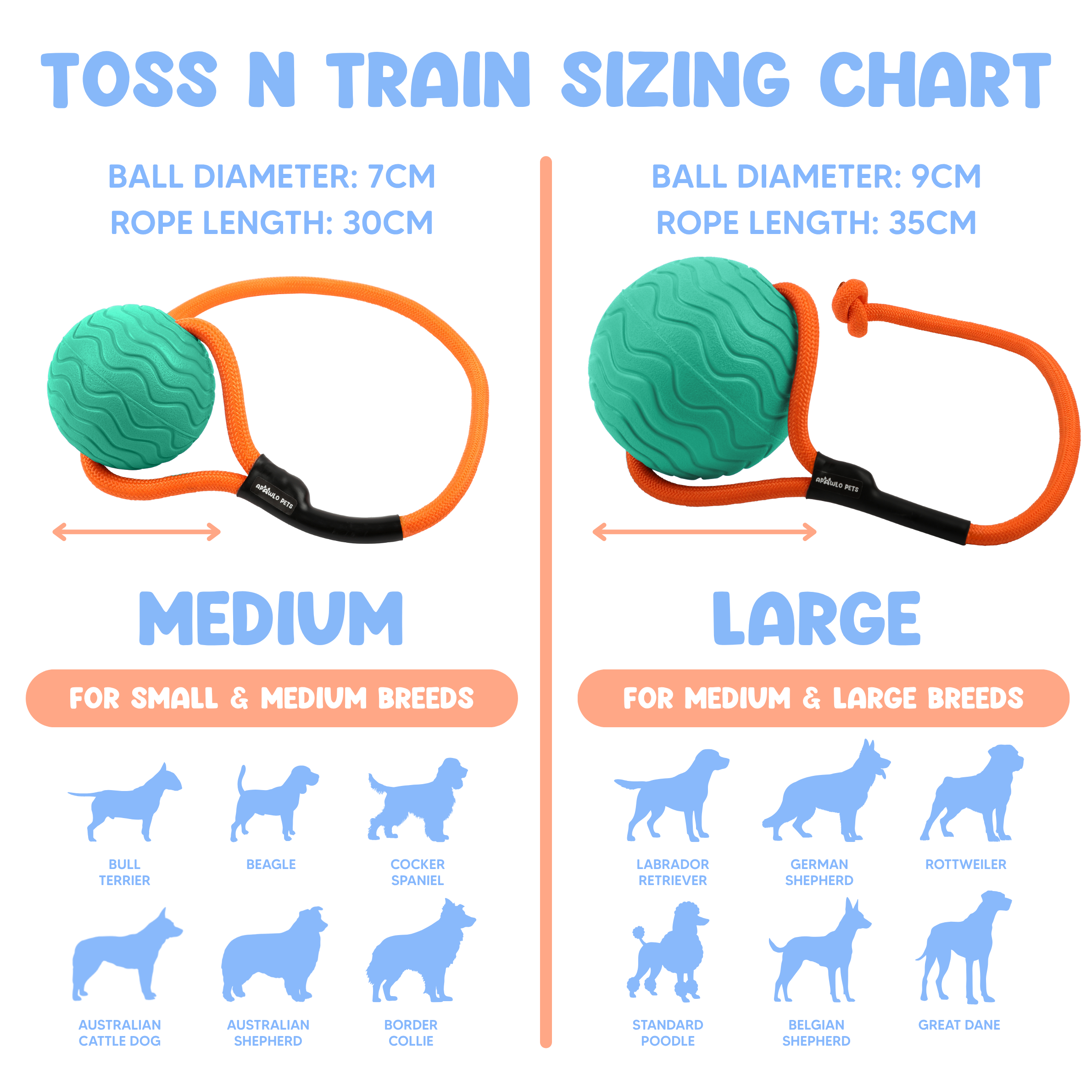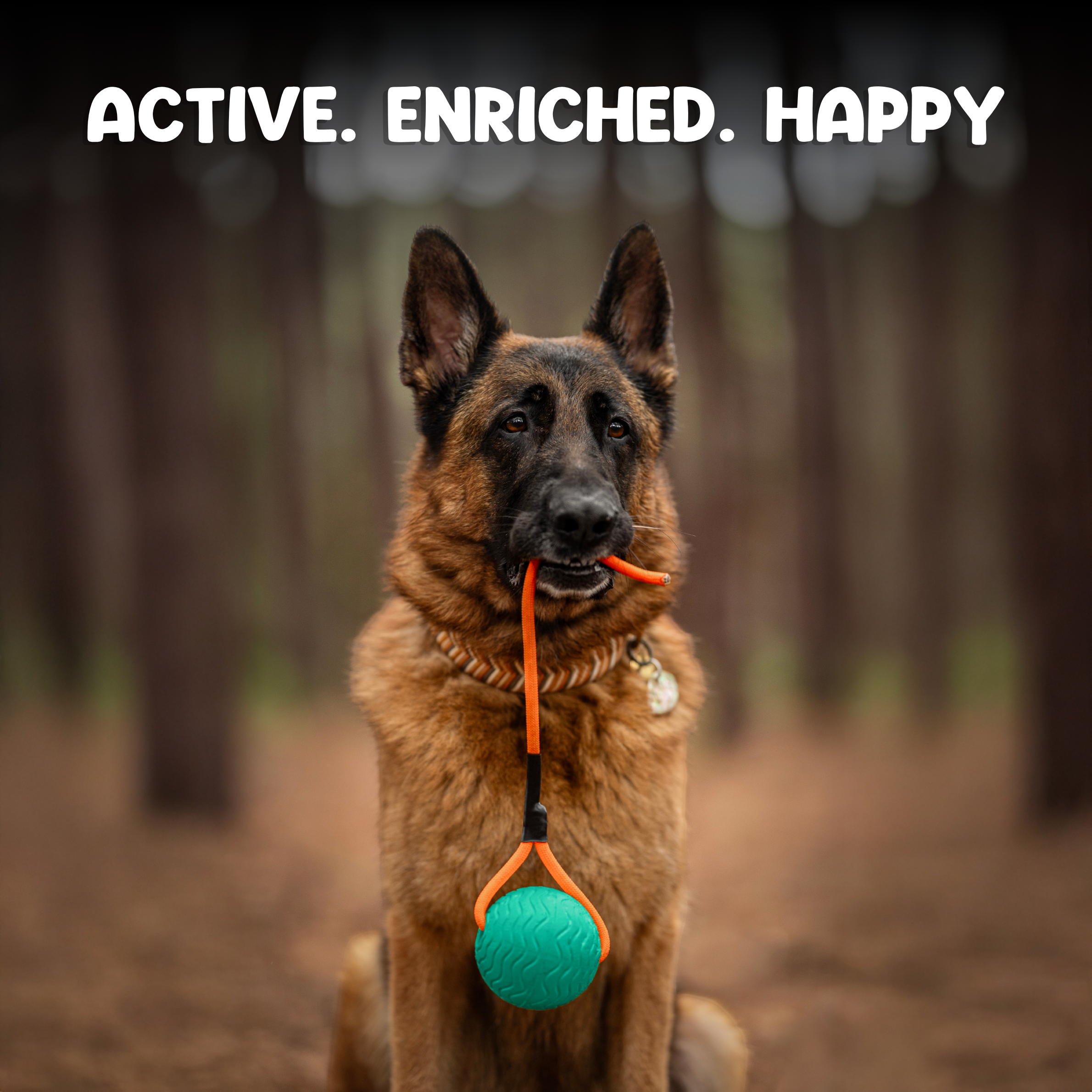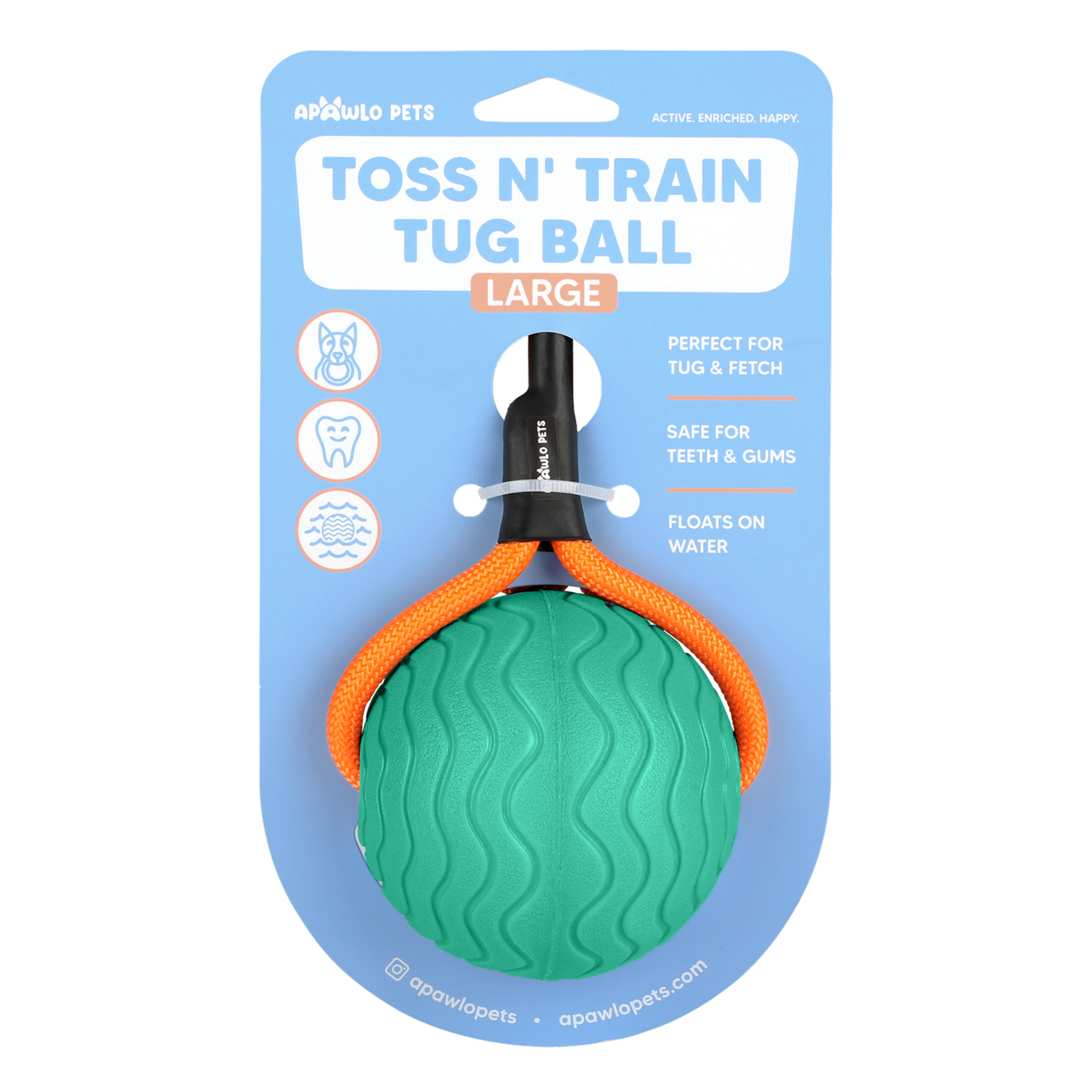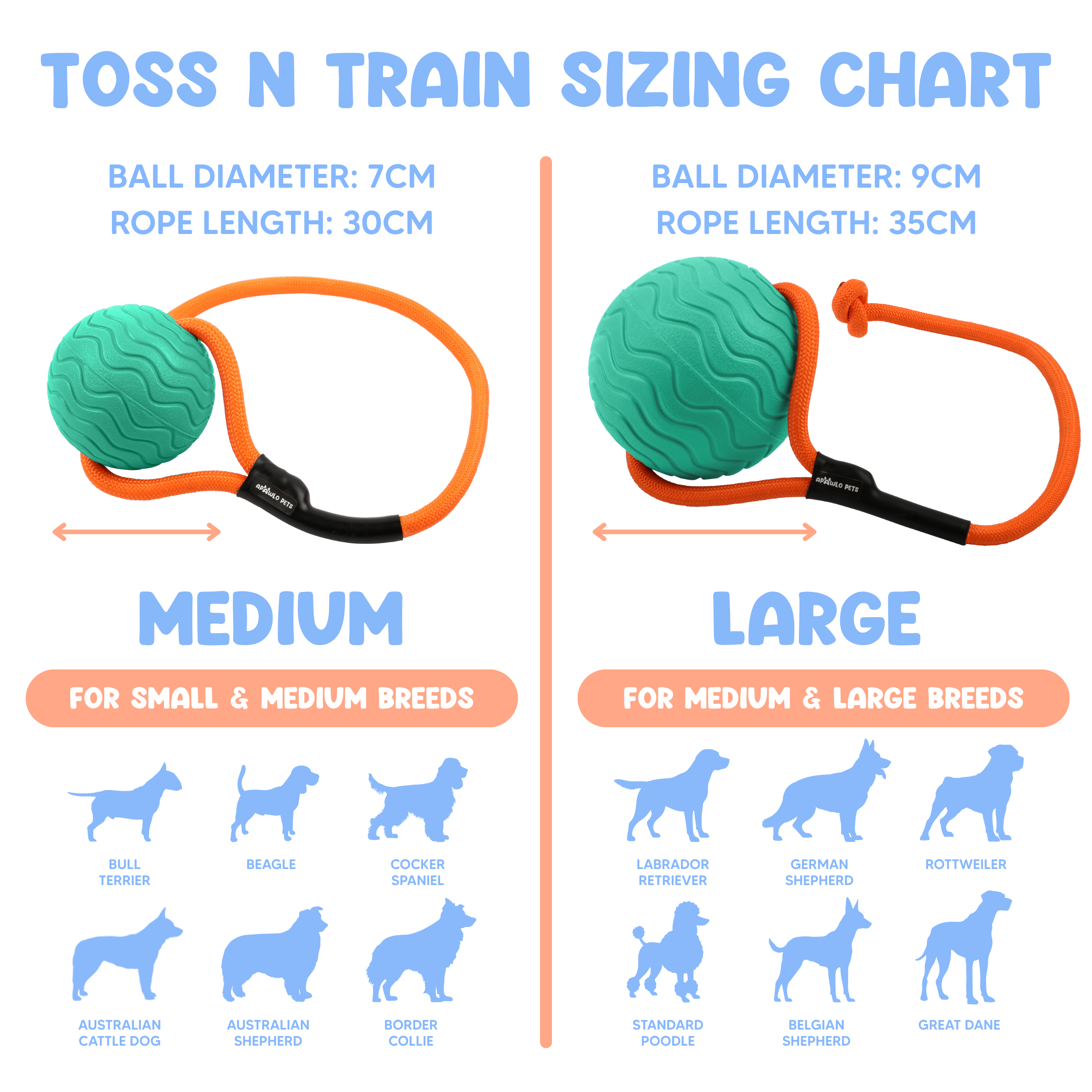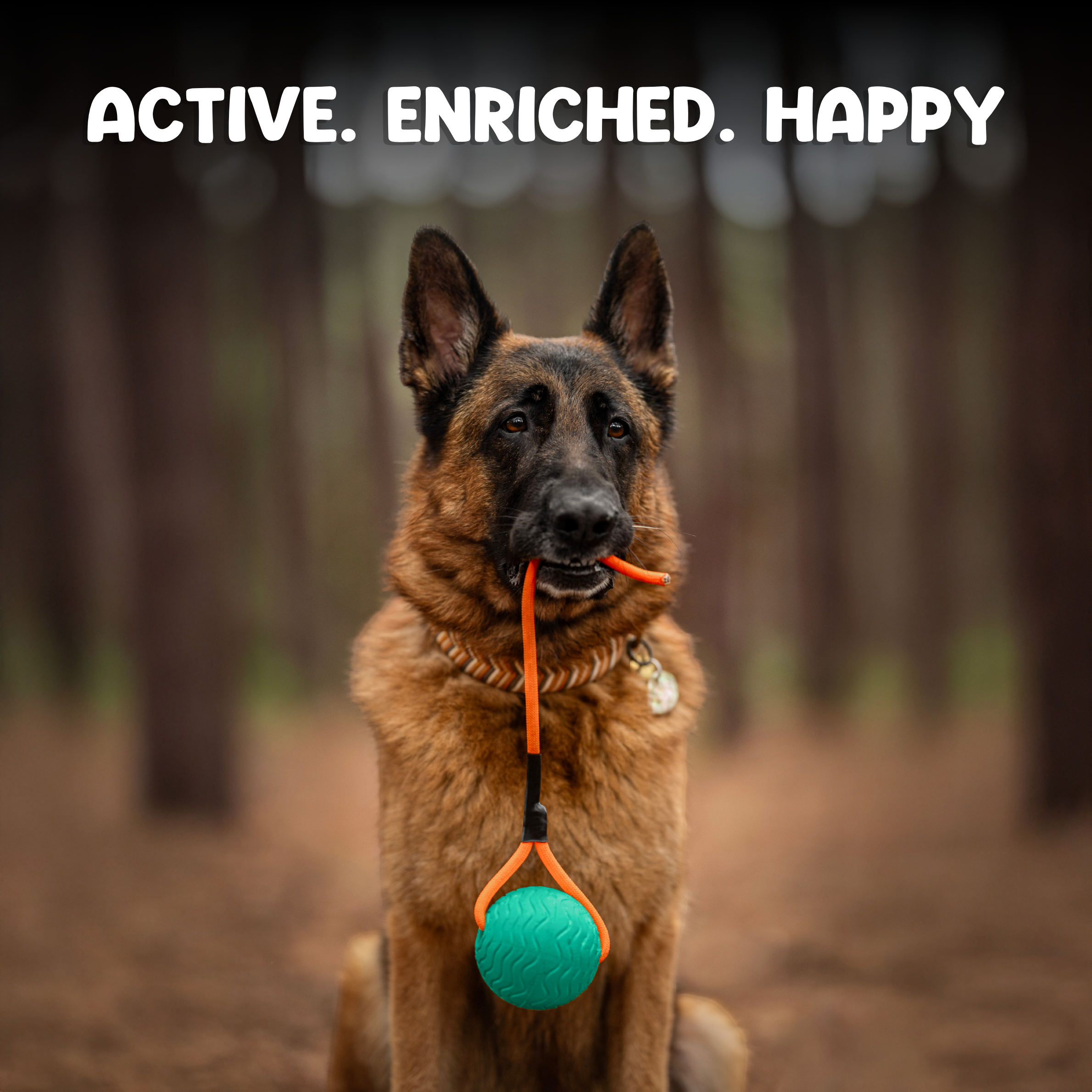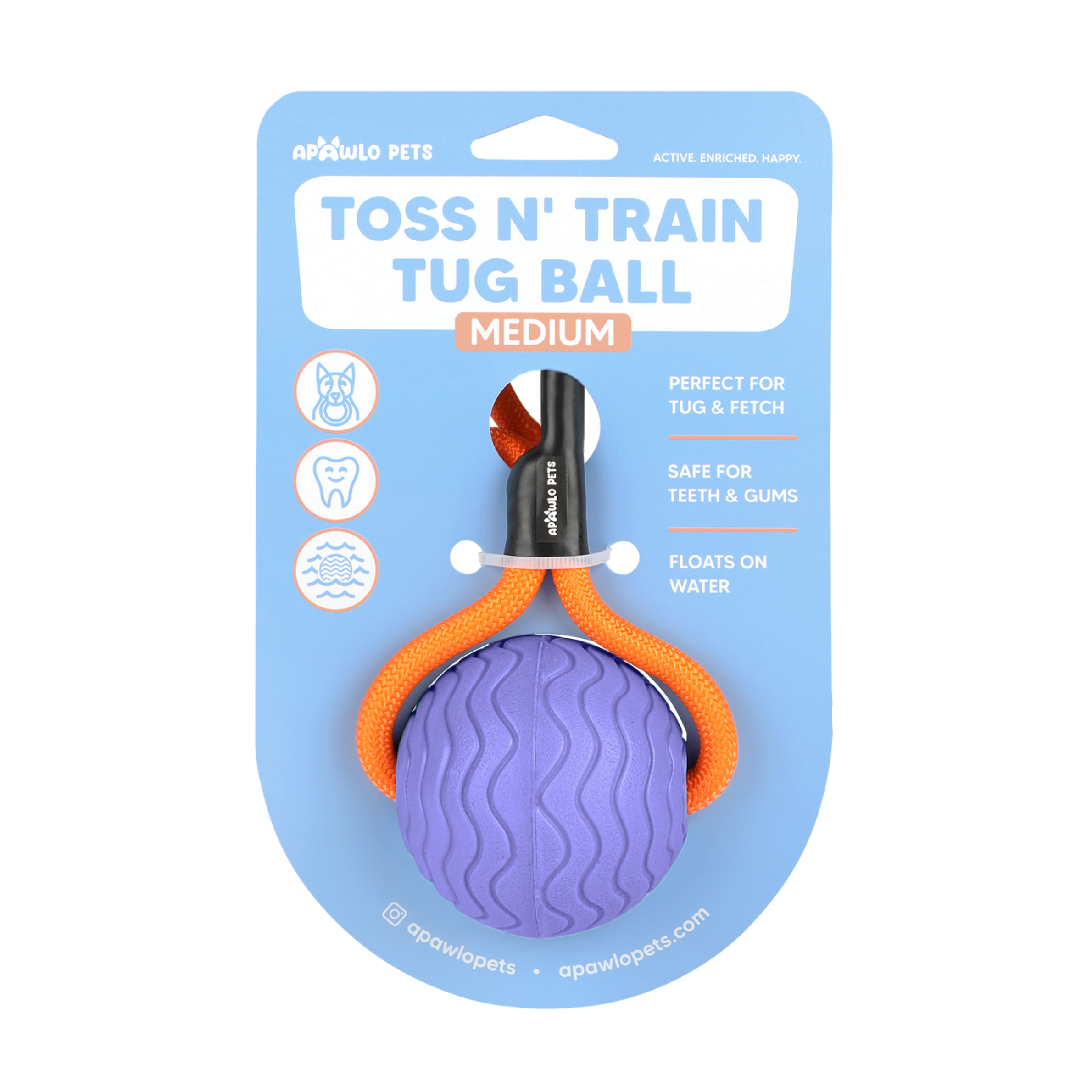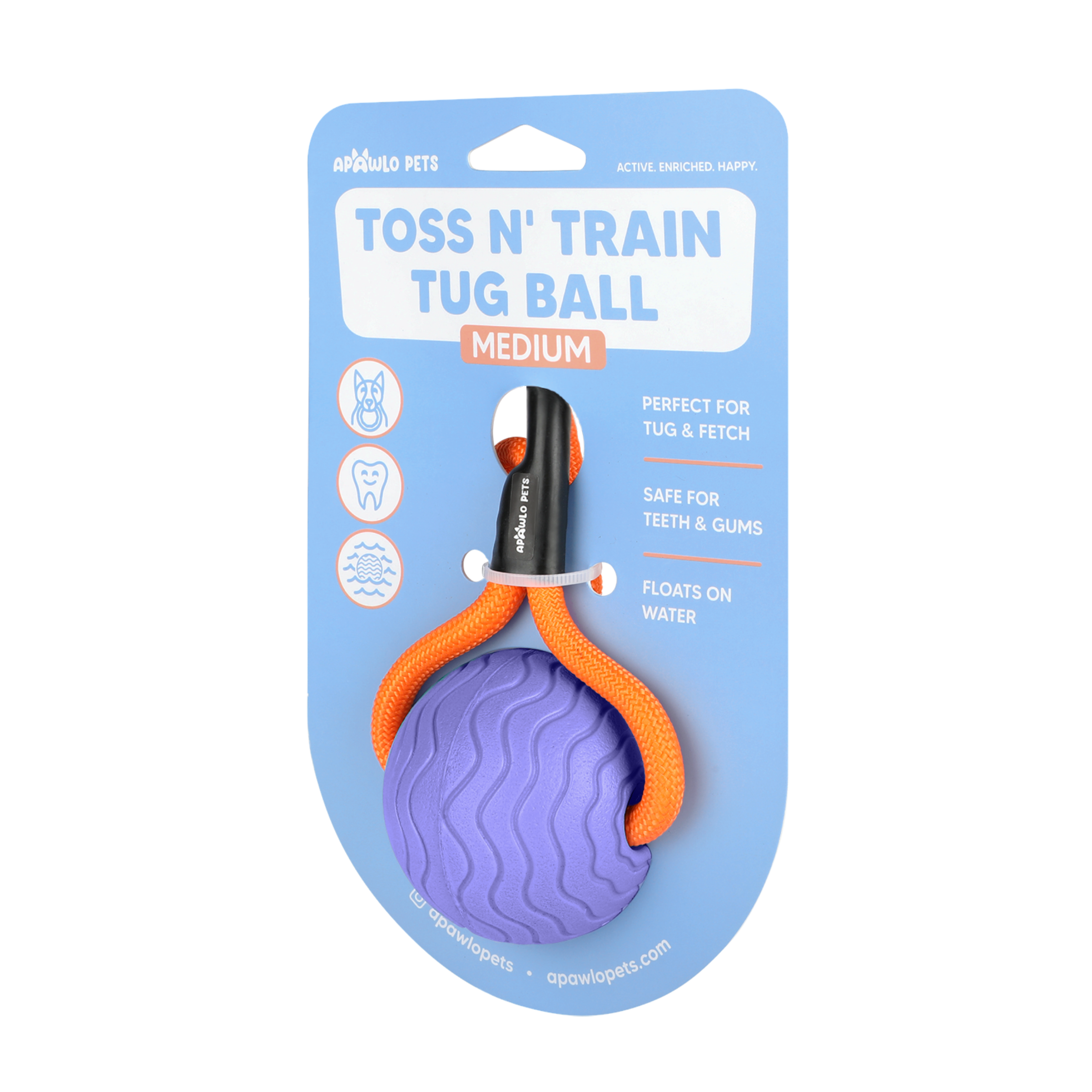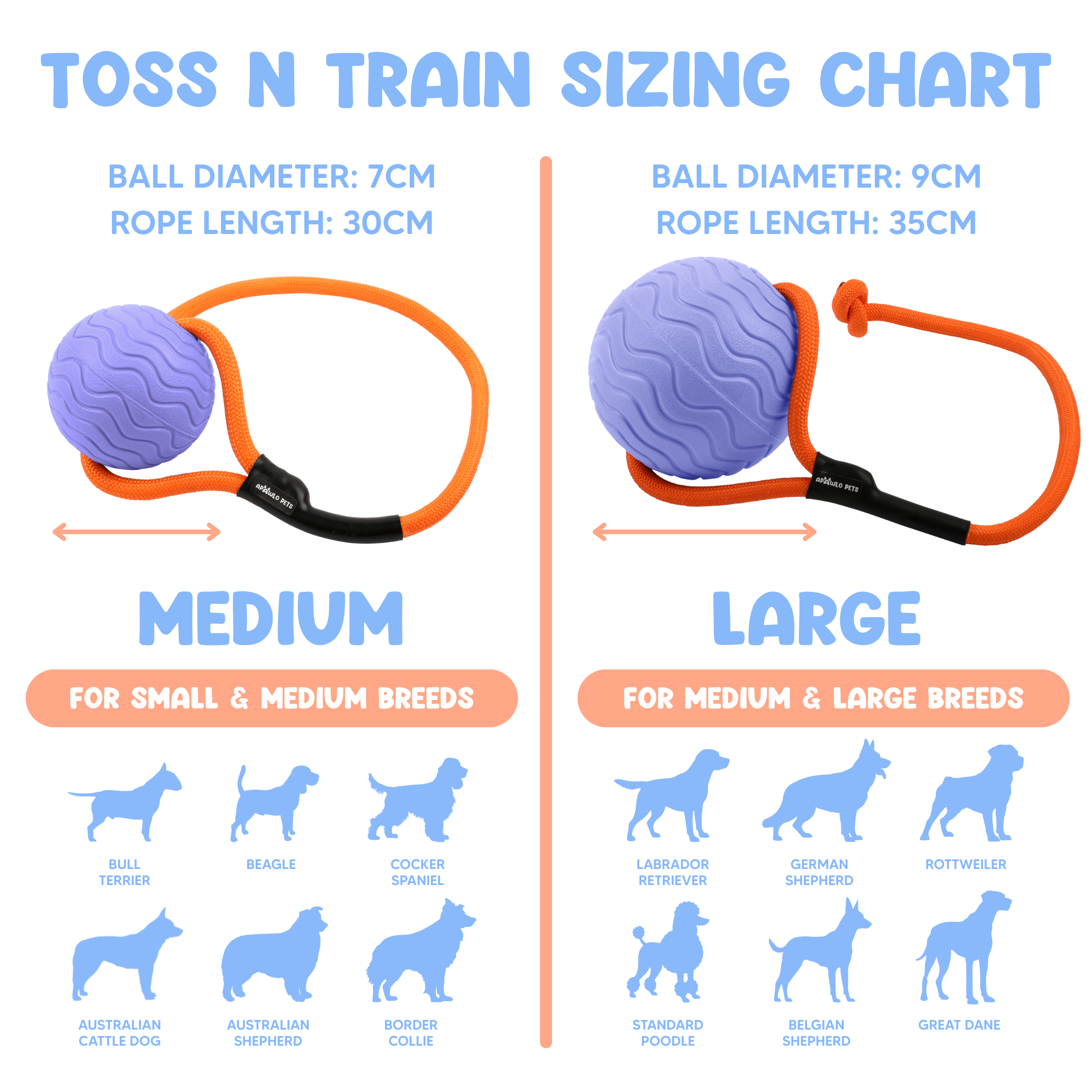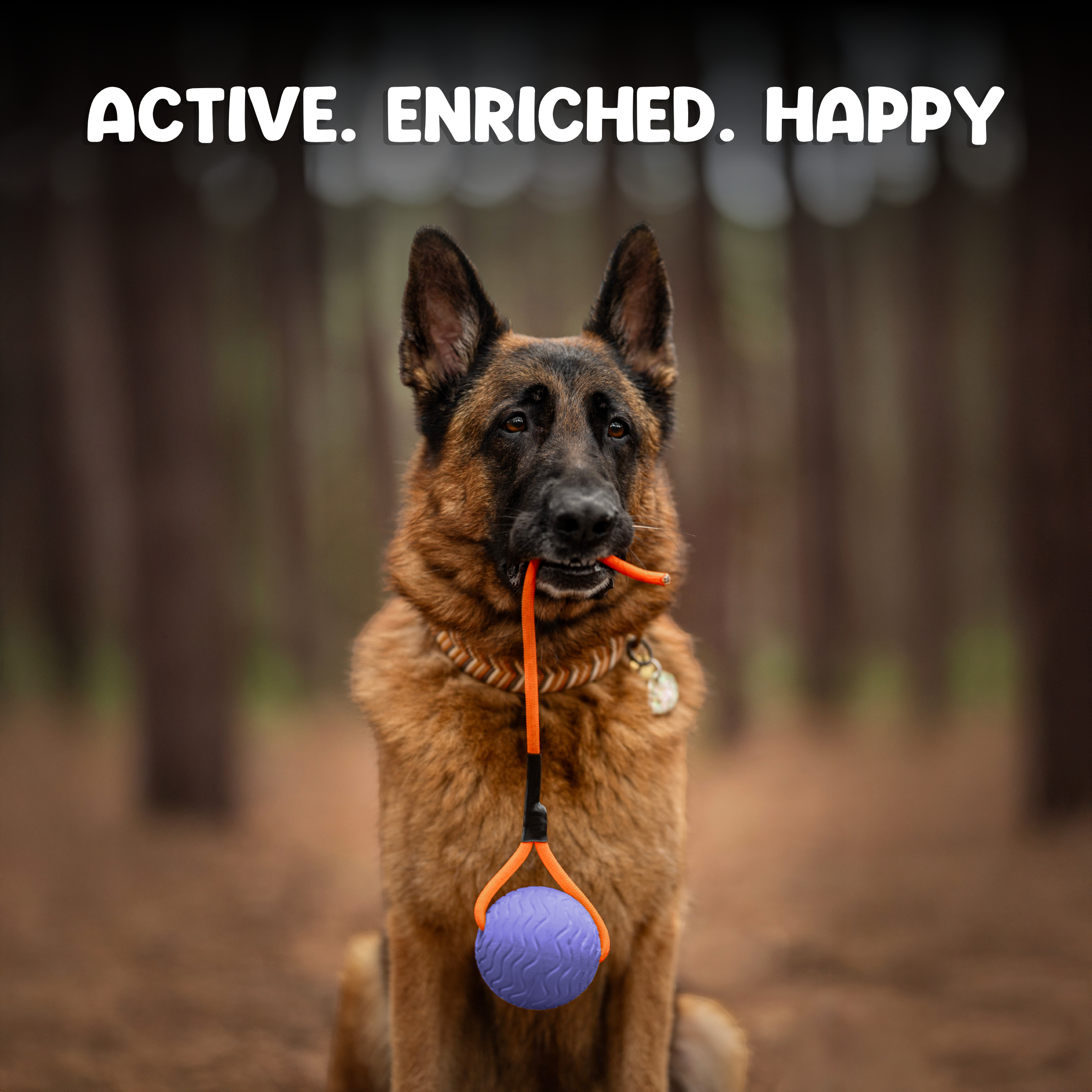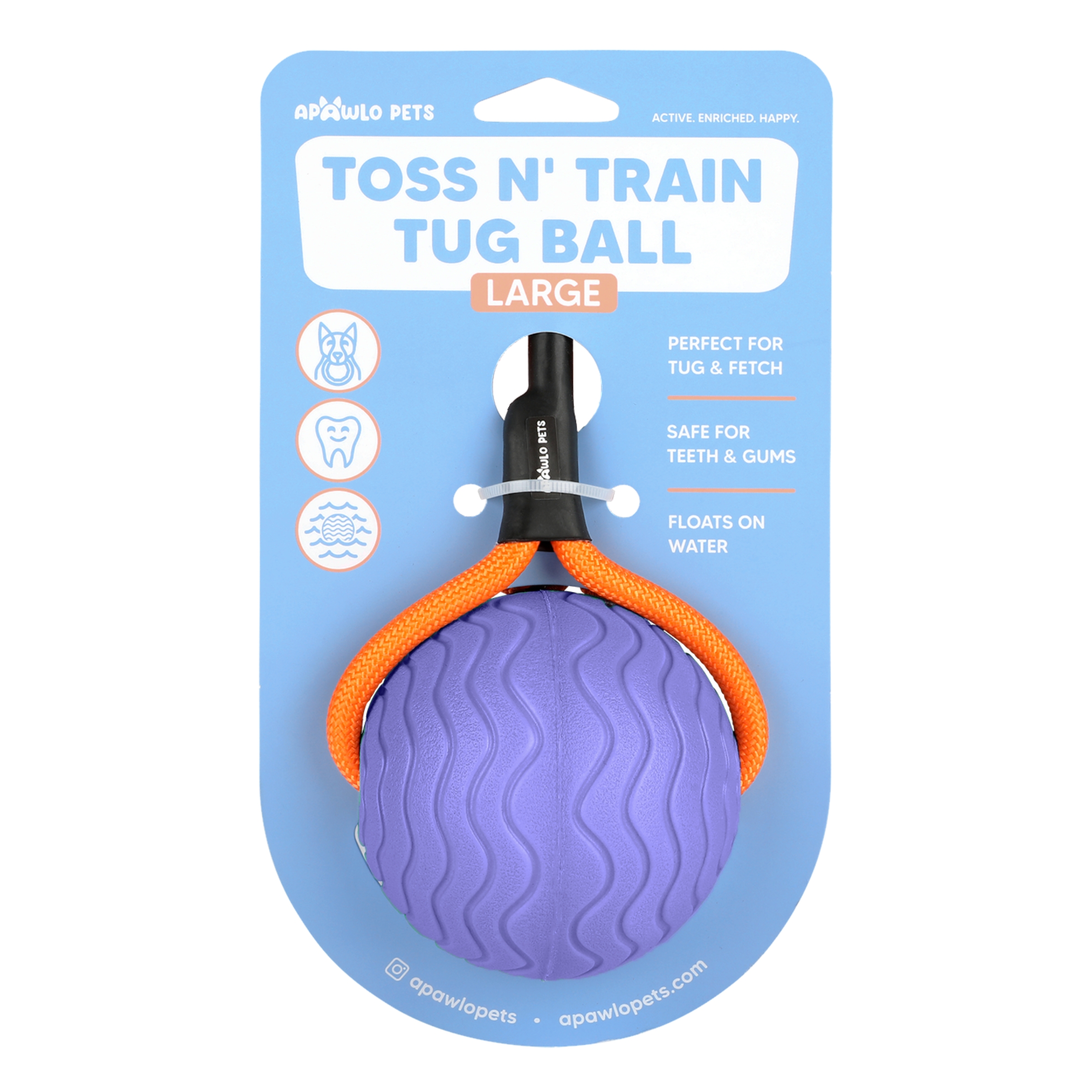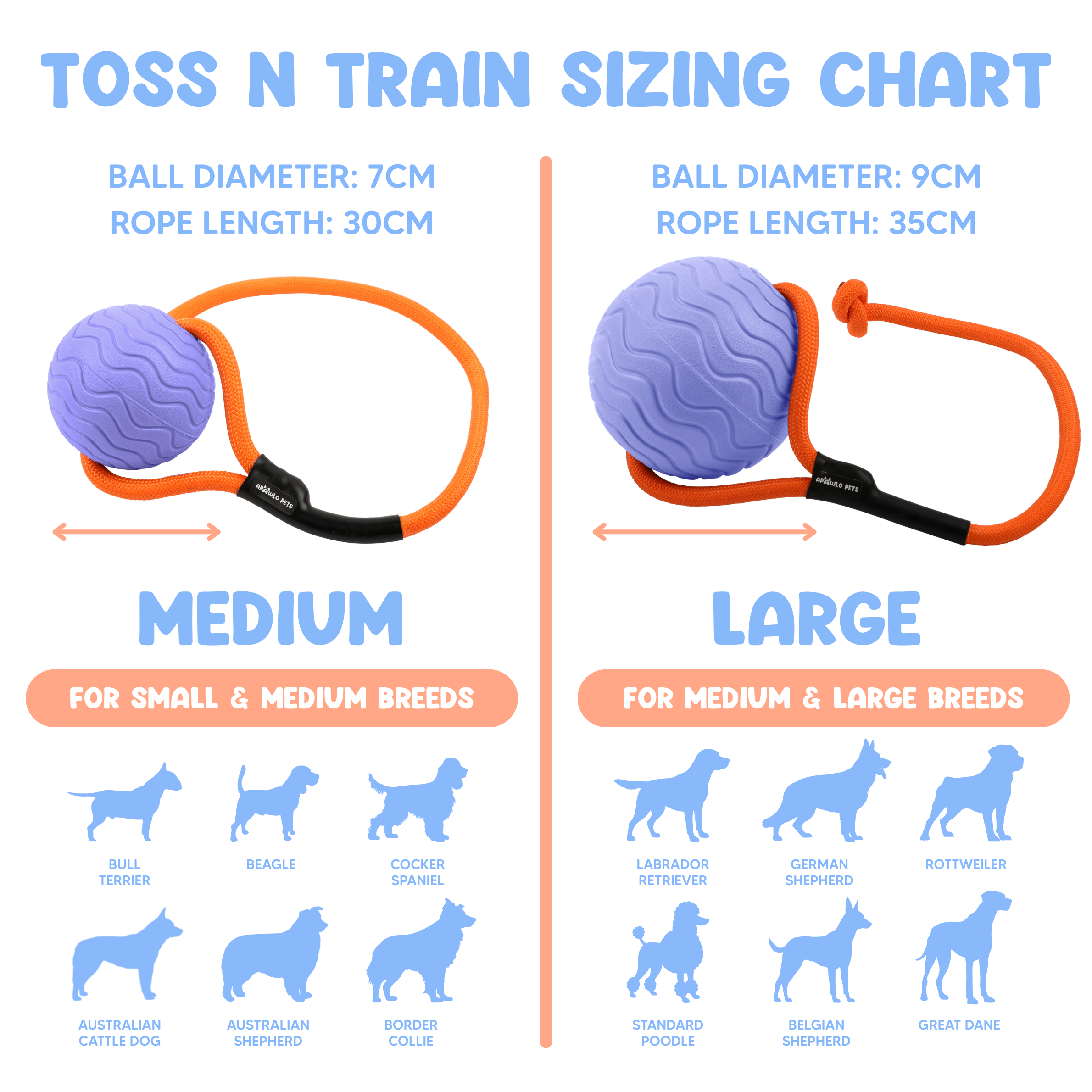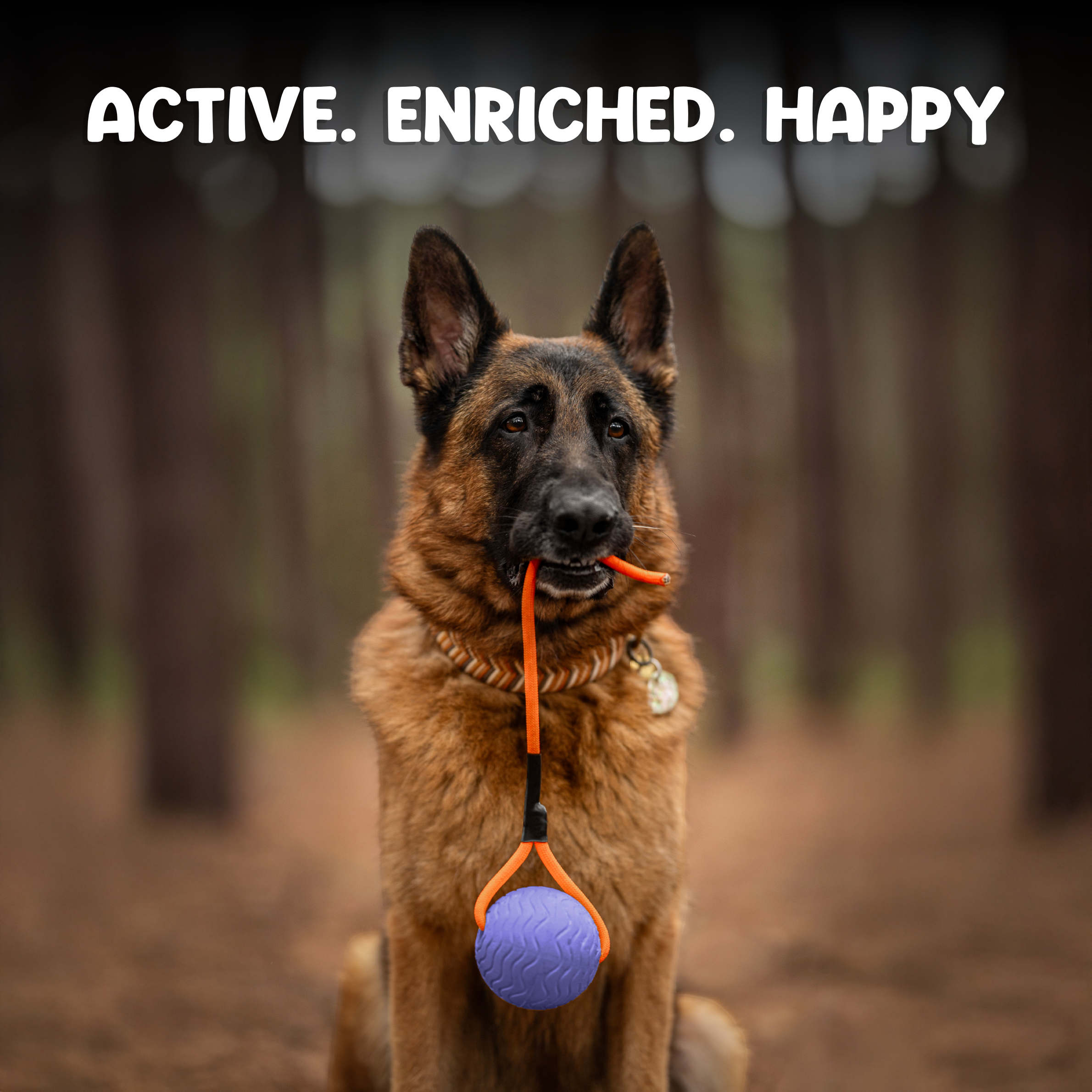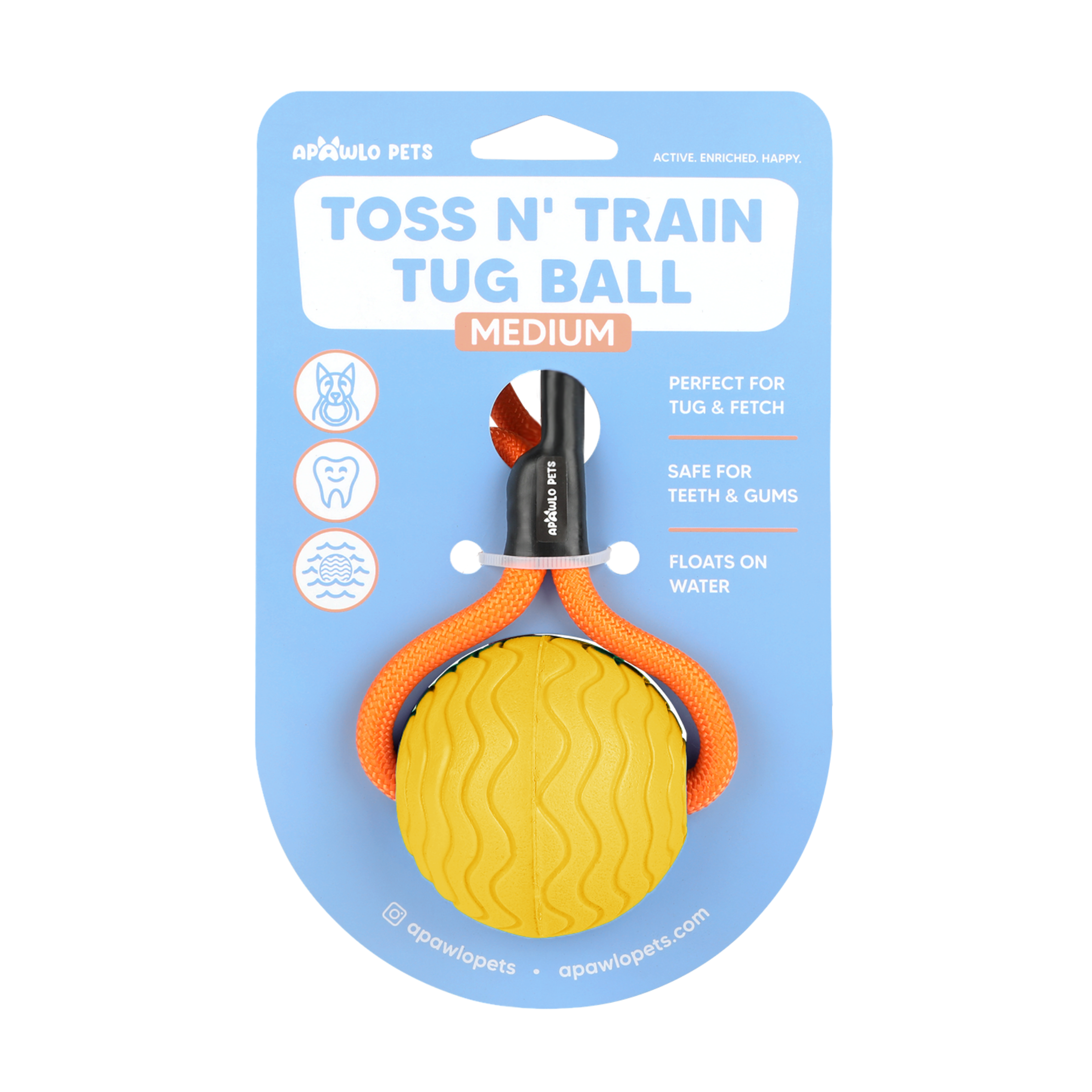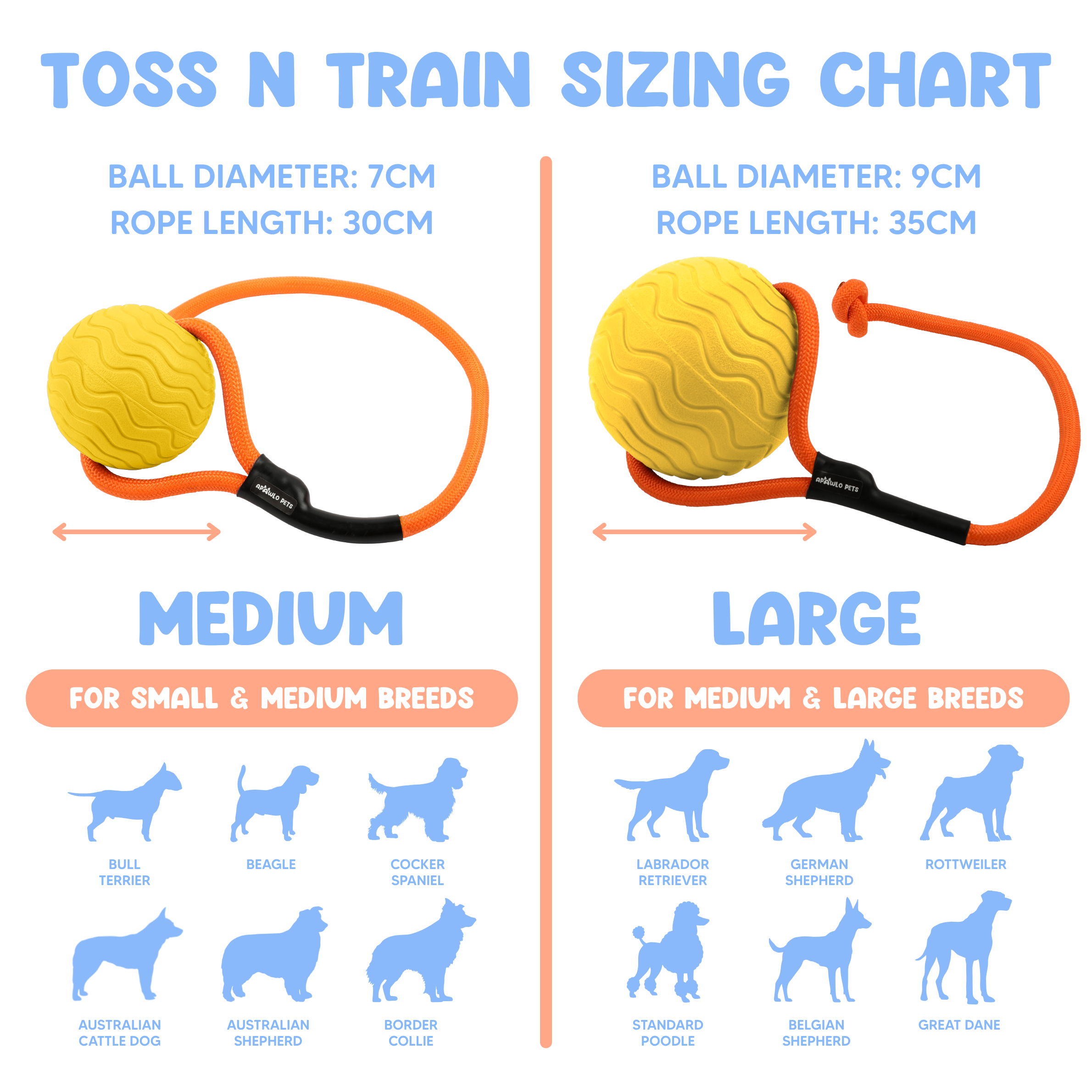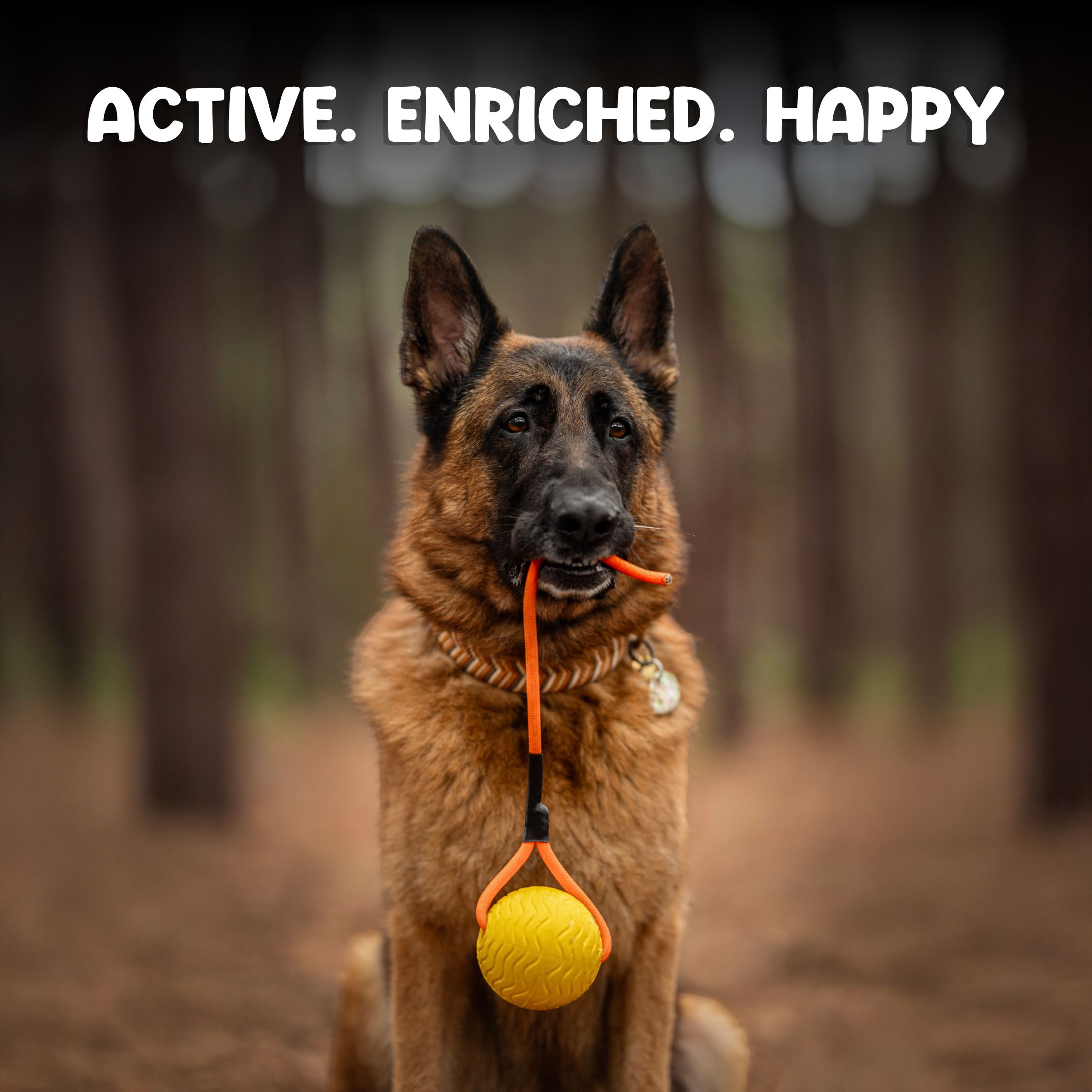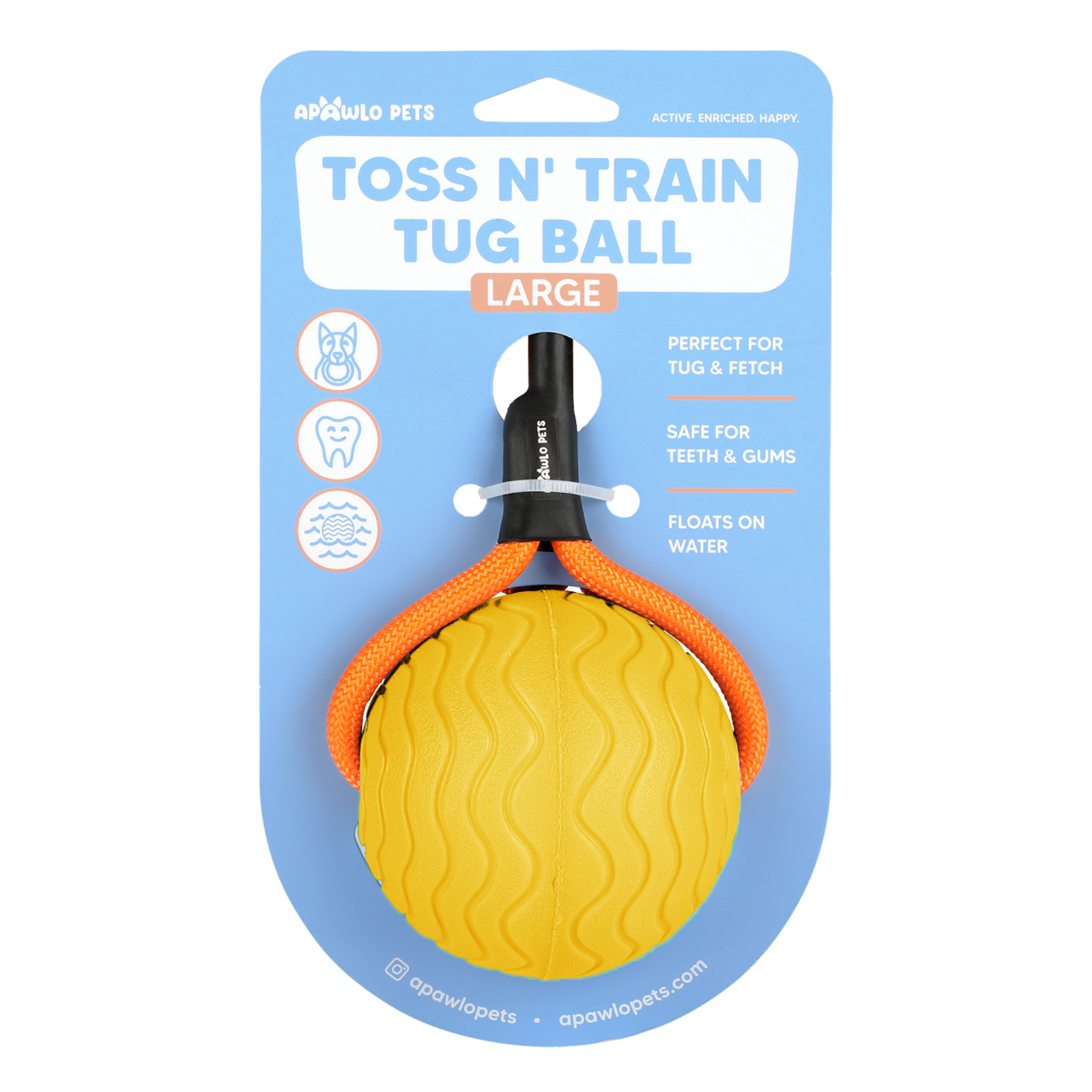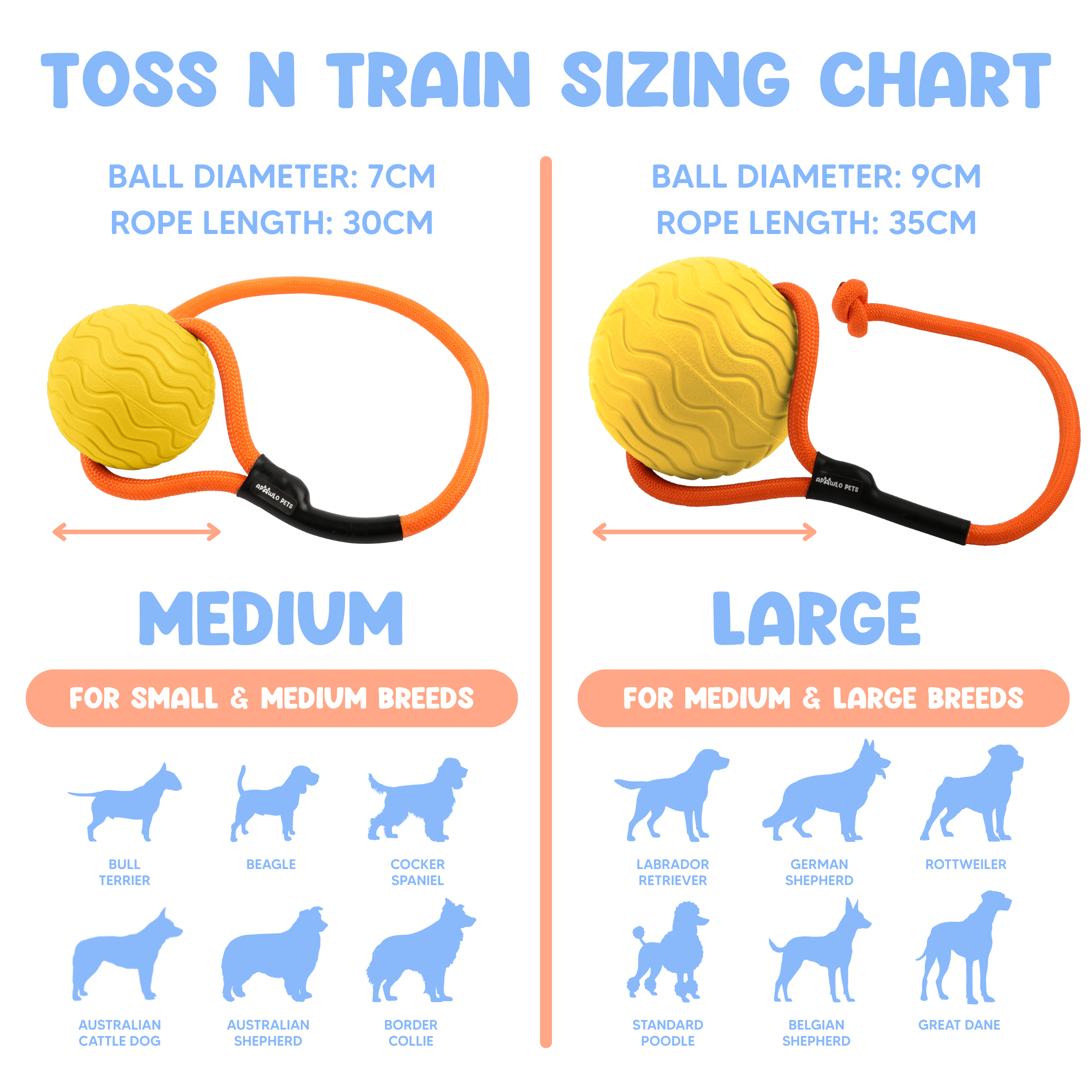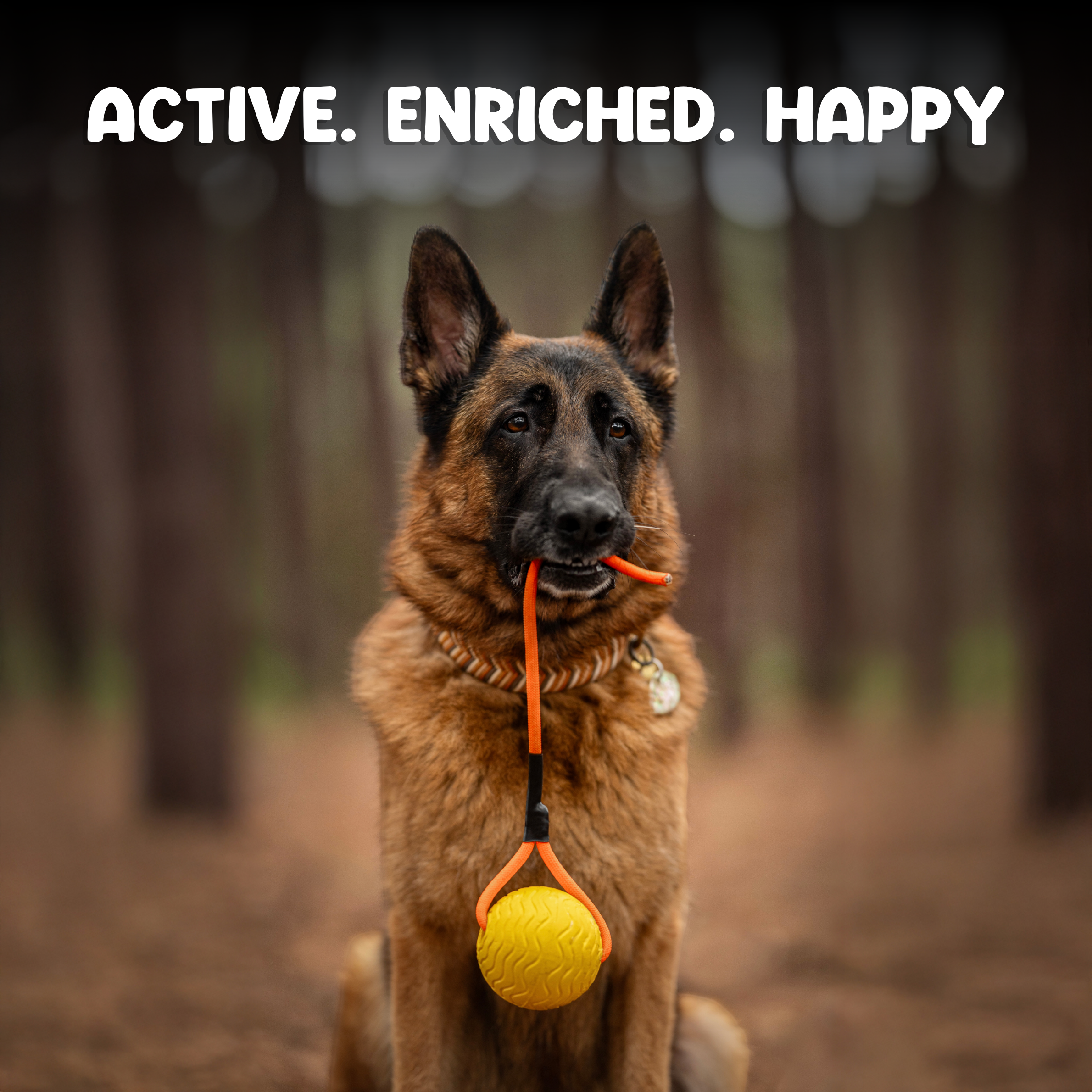Raising Two Puppies Together: Tips to Avoid Chaos
Bringing home a puppy is exciting — but raising two puppies together is a whole new adventure. It can feel joyful one moment and overwhelming the next. I learned this firsthand while fostering two rescue puppies, Banksia and Euca, and while it was incredibly rewarding, it also came with plenty of challenges!
Many new pet parents imagine that raising two puppies at once will help them keep each other company. And while that part is true, the reality is a little trickier. Puppies raised side by side often bond more closely with each other than with you, making training and socialisation much harder.
Without the right guidance, things can quickly spiral into chaos — think endless play sessions that ignore your calls, double the toilet training accidents, and a house full of chewed-up shoes.
The good news? With patience, planning, and the right strategies, it is possible to raise two happy, well-adjusted dogs at the same time. This guide breaks down the challenges you’ll face, why they happen, and the practical steps you can take to make life with two puppies smoother for everyone.

Why Raising Two Puppies Together Is Hard
Let’s be real — raising a single puppy is already a handful. If you’ve ever felt exhausted with just one pup, you’re not alone. Now imagine doubling that — and that’s what life looks like when raising two puppies together.
The biggest challenge is that puppies raised at the same time often bond more strongly with each other than with you. Instead of looking to you for direction, they build more value in their sibling or buddy — which makes training far more difficult. It’s like trying to get someone’s attention while their best friend is constantly distracting them.
Here are the main reasons raising two puppies together is tougher than most people expect:
The Pack Mentality Challenge
Dogs are natural pack animals, and when two puppies grow up side by side, their “pack” bond is amplified. Instead of seeing you as the clear leader of the household, they may look to each other first. This can make it harder for them to follow your commands and respect boundaries.
Without clear guidance from you, their playful teamwork can quickly turn into double trouble. It’s not because they’re being ‘bad’ — it’s simply their way of coping and leaning on each other.
The Competition Factor
Sharing isn’t always easy. When you have two puppies, food bowls, toys, treats, and even your attention can all become points of competition.
What starts as playful can escalate into resource guarding or even aggression if not managed properly. Don’t feel discouraged — this is a common stage, and with the right boundaries, your pups will learn to coexist peacefully.
Socialisation Struggles
Socialisation — exposing puppies to new sights, sounds, people, and other dogs — is one of the most important parts of puppyhood. But with two puppies, there’s a risk they’ll rely too heavily on each other instead of learning independence.
This can lead to fear or anxiety around new situations, or worse, aggressive behaviour towards unfamiliar dogs and people. To prevent this, each puppy needs individual socialisation time, not just experiences shared together.
If you’re unsure where to start, the American Kennel Club’s puppy socialisation guide offers practical tips on how to introduce your pup to new experiences in a safe, positive way.
The Separation Anxiety Risk
When puppies spend every moment together, they may struggle to cope when apart. This over-dependence can create separation anxiety — whining, pacing, destructive behaviour, or panic when they’re left alone, even for short periods. Teaching independence early by giving them time apart, individual walks and training, and solo crate time is the key to preventing anxiety from taking hold.

Tips for Raising Two Puppies Together
It’s not all doom and gloom. With a lot of time, patience, and consistency, it is possible to raise two happy, confident dogs. The journey takes extra effort, but you’ll also discover twice the love, loyalty, and laughter along the way.
Here’s how to make it work:
1. Give Individual Attention
Think of it as double the love, but also double the responsibility. Each puppy needs their own one-on-one time with you for training, cuddles, and play. This helps them bond and create value in you directly, not just with each other.
Try scheduling separate walks, play sessions, and training times. Even short bursts of individual attention make a big difference in building trust and preventing separation anxiety later on.
2. Crate Training for Success
Crates are lifesavers when raising two puppies together. Giving each pup their own crate creates a safe, personal space where they can relax without competing.
Think of them as little “puppy apartments” — not punishment, but comfort zones. Separate crates also prevent conflicts, protect your furniture, and teach independence.
Pro tip: Choose durable, easy-to-clean crates and make them inviting with soft bedding or blankets that smell like home.
3. Stagger Training Sessions
Trying to teach both puppies to “sit” at the same time is a recipe for distraction (and disaster). This can very easily result in you diluting the effectiveness of your commands.
Following through with accurate markers and feedback is crucial, and this becomes almost impossible when two puppies are learning at once. Instead, train them separately so each pup can focus and learn at their own pace.
While you’re working one-on-one, tether the other pup on a place or crate them to simultaneously teach calmness and settling. If they become frustrated or start whining, move them to another area where they can’t see you and provide a lick mat or long-lasting chew to keep them occupied while you work with their sibling.
Alternatively, you can get family members involved by working with one pup while you train the other. Staggered training sessions help reduce competition and gives you the chance to tailor lessons to each puppy’s needs.
To learn more about foundational training concepts and stay consistent, tools like the Back to Basics: Dog Training Planner can be a lifesaver. It helps you track each puppy’s progress individually so both stay on track without being left behind.
4. Prevent Littermate Syndrome
One of the biggest risks of raising two puppies together — especially siblings — is littermate syndrome. This happens when puppies become overly dependent on each other, leading to anxiety, poor obedience, and even aggression when separated.
Signs of littermate syndrome include:
-
Panic or whining when separated
-
Difficulty focusing during training alone
-
Following each other constantly
-
Aggression or fighting
How to prevent it:
-
Give them separate playtime each day
-
Train and socialise them individually
-
Use separate crates and feeding areas
-
Take some walks separately
-
Encourage independence from an early age
With plenty of time and consistency, you can raise two confident dogs who love each other — but also know how to cope on their own.

Conclusion
Raising two puppies together can feel overwhelming, but it’s not impossible. The key is to go in with realistic expectations: double the joy, but also double the effort.
By giving each pup individual attention, crate training from the start, staggering training sessions, and actively preventing littermate syndrome, you’ll set them up for success.
Yes, it’s a lot of work — and some days may test your patience — but the reward is beyond worth it. With the right approach, you’ll raise two happy, well-adjusted dogs who not only love each other, but also share a deep bond with you. And that’s a truly special kind of joy.
Frequently Asked Questions
1. Should I get two puppies from the same litter?
It’s possible, but not recommended. Littermates are more prone to “littermate syndrome,” where they become overly dependent on each other. If you do adopt littermates, be prepared to give them plenty of separate training, socialisation, and bonding time with you. It’s a big commitment, and it’s important to be prepared.
2. Can my puppies share toys and bowls?
It’s best to give each pup their own food and water bowls to avoid competition. Toys can sometimes be shared, but keep a close eye — two puppies may turn playtime into squabbles if they both want the same thing.
3. How much time do I need to spend training with each puppy?
Aim for several short (3-5 minute) one-on-one sessions with each pup throughout the day — whether it’s training, a walk, or just playtime. This helps prevent over-dependence on each other and builds your bond with them.
4. Is professional training recommended for two puppies?
Yes. While you can train them yourself, a qualified dog trainer can provide structure, spot potential issues early, and guide you on handling two pups at once. Even a few sessions can make a big difference in the long run.
5. Is it cheaper to raise two puppies at once?
Not really. While you might think buying supplies in bulk saves money, the costs often double — from food, vet visits, and training classes to crates, toys, and bedding. Raising two dogs together is usually a bigger financial commitment than people expect.


